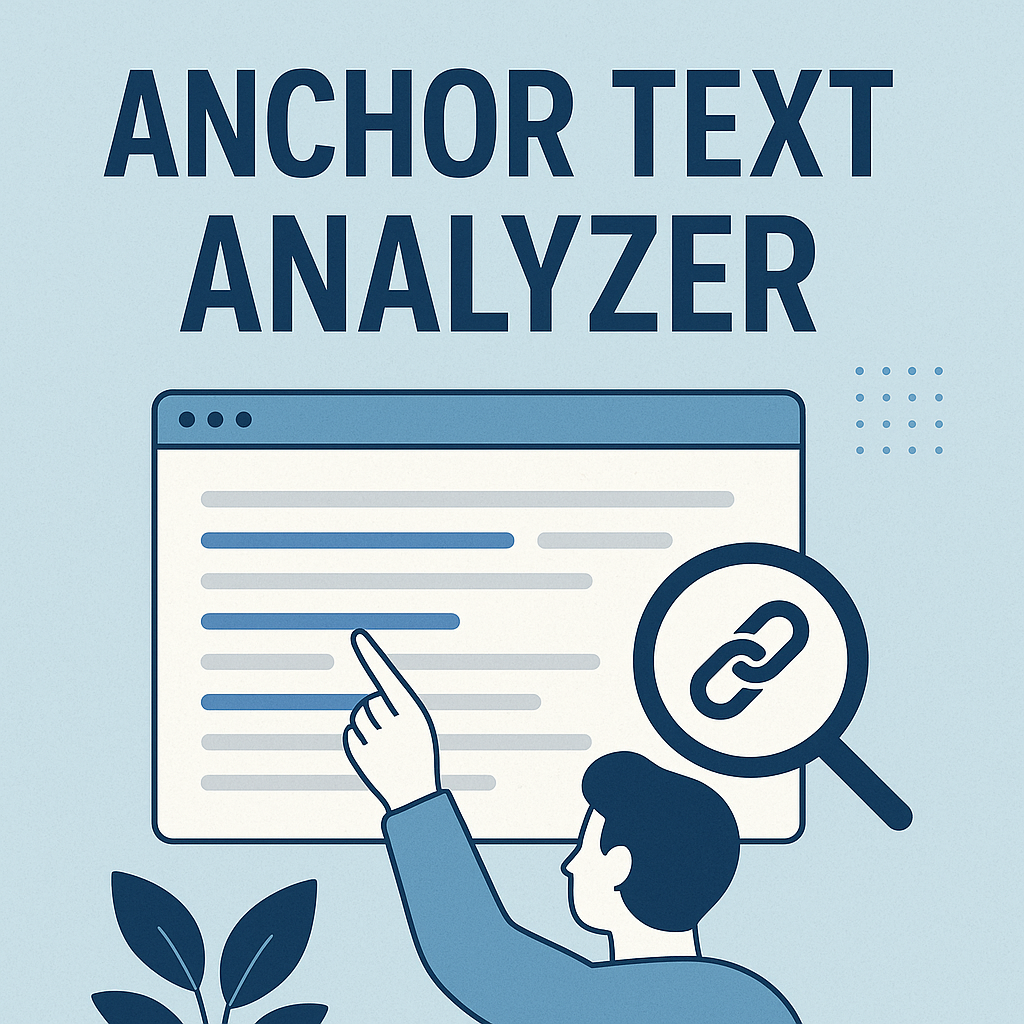Imagine another website giving yours a virtual thumbs-up. That’s essentially how backlinks work. These hyperlinks from external sites act like digital endorsements, telling search engines your content is trustworthy. The more credible these linking sites are, the bigger boost your SEO efforts get.
Think of backlinks as trust signals. When reputable sources in your industry link to your pages, search algorithms view your website as authoritative. This directly impacts where you appear in results. Major publishers like Forbes use this strategy, linking to external resources to add credibility to their articles.
Here’s how it works: A source page (the linking site) directs users to your target page through a clickable hyperlink. This connection helps search crawlers map relationships between websites. Quality matters far more than quantity – one link from a trusted .edu domain often beats dozens from low-quality sites.
You might hear these called inbound links or external links in SEO circles. Like academic citations, they show others validate your work. Building them strategically can make your content stand out in crowded search results.
Key Takeaways
- Backlinks act as credibility markers, similar to peer reviews in academia
- Search engines prioritize websites with quality links from authoritative sources
- The linking process involves a source page (external site) and target page (your content)
- Major brands use external references to strengthen their own content’s authority
- Alternative terms include inbound links, incoming links, and external citations
- Effective link-building improves organic search visibility and traffic potential
Understanding the Basics of Backlinks
In the digital world, connections between websites shape online authority. These hyperlinks – often called inbound links – serve as bridges that search engines use to evaluate trust. Let’s break down the core concepts every marketer needs to know.
Link Building Terminology
Every connection starts with two pages: the source page (where the link originates) and the target page (your content receiving the link). Search engines track these relationships through link equity – a measure of authority passed between sites. The more reputable the referring domain, the stronger this transfer becomes.
Follow vs. Nofollow: What Changes
Search engines categorize links as dofollow or nofollow based on HTML attributes. Dofollow links act like green lights, allowing authority transfer. Nofollow links use code like rel=”nofollow” or rel=”sponsored” to signal:
- Paid partnerships (sponsored)
- User-generated content (ugc)
- General non-endorsements
While nofollow links don’t boost rankings directly, they drive traffic and brand visibility. You’ll often find them in forum posts, press releases, or social media bios.
Pro tip: Use free SEO tools to check if your incoming links pass authority. Look for the absence of nofollow tags in the HTML code. Most websites use dofollow by default, making organic mentions from industry leaders particularly valuable.
The Role of Backlinks in SEO
Picture backlinks as digital currency in the search engine economy. These connections don’t just boost rankings – they fuel discovery. Google’s engineers baked this concept into their first algorithm, PageRank, treating links as votes of confidence. Today, this system remains central to how websites compete for visibility.
Search Engines’ Quality Checklist
Modern algorithms assess links through multiple filters. They prioritize domains with strong reputations in your niche. A tech blog linking to your software review carries more weight than a generic directory. Three key factors determine value:
- Domain authority of the linking site
- Content relevance between pages
- Natural placement within the text
Google’s systems actively penalize artificial patterns. Paid link schemes or excessive exact-match anchor text often trigger penalties. A 2023 study by Ahrefs found pages with diverse, editorial links ranked 37% higher than those with manipulated profiles.
Rankings Meet Real Visitors
Quality links create a double win. They push your content higher in search results while sending curious readers directly. Consider these benefits:
| Benefit Type | SEO Impact | Traffic Example |
|---|---|---|
| Authority Signals | Higher rankings for competitive terms | #1 spot for “best CRM software” |
| Referral Pathways | Immediate visitor spikes | 2,000+ clicks from industry newsletter |
| Trust Building | Improved domain rating | 45% increase in organic traffic YoY |
Major publishers like TechCrunch often see 15-20% of their monthly traffic come through external links. For newer sites, strategic link-building can accelerate growth faster than solo content creation.
New bloggers often overlook small but impactful details—this pre-launch blog checklist ensures you’re fully prepared before going live.
Key Attributes of High-Quality Backlinks
Building a website’s authority works like constructing a skyscraper – every quality backlink adds another steel beam to your structure. Two factors determine if these links strengthen your foundation: the source’s credibility and how they’re anchored.
Domain Authority and Relevance
Not all links are created equal. A domain like Harvard.edu passes more authority than a new blog. Tools like Moz’s Domain Rating score sites from 1-100 – aim for partners above 60.
Topical alignment matters too. A cybersecurity firm gains more value from Wired.com than a cooking blog. Search engines prioritize relevance, creating stronger connections between related content.
Proper Anchor Text Usage
The clickable words in a hyperlink – called anchor text – act as signposts. Natural variations work best:
- Branded: “Check Semrush’s study”
- Generic: “Click here for details”
- Keyword-rich: “SEO best practices guide”
Google Penguin penalizes exact-match overload. If 40% of your anchors say “best CRM software,” expect trouble. Blend phrases like a chef balances flavors – enough spice to enhance, not overwhelm.
Pro tip: Use Ahrefs’ Backlink Checker to analyze competitors’ anchor text diversity. Their winning mix often reveals safe ratios to emulate.
Essential Guide to What Are Backlinks
In the realm of digital credibility, a single endorsement from a trusted source can outweigh countless casual nods. This principle drives modern link building strategies, where relevance and authority matter more than sheer numbers. Google’s algorithms reward sites with connections from industry leaders, academic institutions, and reputable publishers.
Five markers define premium quality backlinks:
- Authoritative source domains (e.g., .gov or established media)
- Contextual anchor text matching page content
- Topical alignment between linking and target pages
- Dofollow status allowing authority transfer
- First-time linking domains offering fresh votes
Links from multiple unique websites create stronger signals than repeated connections from one source. A tech startup gains more SEO value from 50 diverse industry blogs than 500 links from a single forum. Tools like Moz’s Domain Authority checker help identify promising partners scoring 60+.
| Link Source Type | SEO Value | Example |
|---|---|---|
| First-time Referrer | High | NYTimes.com article |
| Repeat Referrer | Diminished | Same blog’s 10th link |
Prioritize editorial placements within body content over footer or sidebar links. Natural mentions in how-to guides or expert roundups often outperform paid partnerships. A 2023 Backlinko study found pages with diverse anchor text earned 22% more organic traffic than those with repetitive phrasing.
Pro tip: Use Ahrefs’ backlink checker to analyze competitors’ linking domains. Target gaps in their profiles for untapped opportunities with higher impact potential.
Strategies for Building a Strong Backlink Profile
Creating magnetic content turns your website into a link-building powerhouse. Start by developing linkable assets – resources so valuable they naturally attract references. These range from interactive tools to groundbreaking studies.
Content Marketing and Linkable Assets
One industry survey generated 8,400 linking domains by addressing unanswered questions. Effective assets often include:
- Data-driven reports with original research
- Interactive calculators saving time/money
- Comprehensive guides updating outdated information
“The best link magnets solve problems people didn’t know they had,” notes SEO expert Marie Haynes. “Think 10x better than existing resources.”
Tech giant HubSpot’s Marketing Statistics Hub demonstrates this principle. Updated annually, it earns thousands of editorial links from journalists and bloggers needing credible data.
Guest Posting and Digital PR
Strategic collaborations amplify your reach. Target industry publications where your expertise aligns with their readers’ needs. A cybersecurity firm might contribute to CSO Online, while a marketing agency could pitch Search Engine Journal.
| Outreach Type | Success Rate | Example |
|---|---|---|
| Expert Roundups | 68% | Including CEOs in leadership guides |
| Data Partnerships | 42% | Sharing research with journalists |
Promote assets through targeted email campaigns and social proof. When Backlinko released its Google Ranking Factors study, they shared key findings with 200+ marketing newsletters – resulting in 2,100+ organic mentions.
Advanced Link Building Techniques and Tactics
Smart marketers know the real magic happens when you turn existing web connections into growth opportunities. Two powerful methods – broken link building and link reclamation – help transform digital dead-ends into authority-boosting pathways.
Broken Link Building and Link Reclamation
Broken link building works like digital archaeology. First, identify resource pages linking to outdated content using tools like Ahrefs or Screaming Frog. Next, contact webmasters with a friendly heads-up and suggest your relevant content as a replacement. For example:
| Technique | Process | Tools | Success Rate |
|---|---|---|---|
| Broken Links | Find 404 errors → Propose fixes | Check My Links Chrome extension | 32% conversion |
| Link Reclamation | Find brand mentions → Request links | BuzzSumo, Mention | 41% conversion |
The Moving Man Method targets businesses that recently changed names or locations. Track these shifts using Google Alerts, then reach out to sites still linking to old information. Offer updated details about the change and your solution.
Link reclamation turns brand mentions into active connections. Tools like Brand24 help find unlinked references across news sites and blogs. A simple request like “Would you consider linking to our guide mentioned here?” often works wonders.
“We recovered 147 links in 3 months just by monitoring unlinked citations,” says HubSpot’s SEO team lead. “It’s low-hanging fruit most brands ignore.”
Scale these strategies by creating templated outreach sequences. Focus on mutual benefit – show how your suggestion improves their content while naturally earning links. Combine competitor analysis with industry directories to uncover hidden opportunities.
Optimizing Anchor Text and Backlink Diversity
Building a balanced link profile feels like mixing the perfect salad – too much of one ingredient ruins the dish. Search engines crave natural variety in anchor text and linking sources. A healthy mix signals organic growth rather than forced optimization.
Best Practices for Natural Anchor Text
Google’s Penguin algorithm hunts for unnatural patterns. Aim for anchor text that mirrors how people naturally reference content. A balanced distribution might look like:
| Anchor Type | Percentage | Examples |
|---|---|---|
| Branded | 40-50% | “Semrush’s guide” |
| Generic | 30-40% | “Learn more here” |
| Keyword-Rich | 10-20% | “SEO audit checklist” |
Overusing exact-match phrases like “best CRM software” raises red flags. Tools like Ahrefs’ anchor text analyzer help spot risky concentrations. Remember: diversity protects your site from penalties while maintaining ranking power.
Maintaining a Varied Backlink Profile
Quality trumps quantity when building connections. Ten links from unique domains often outperform 100 from one source. Prioritize:
- Industry blogs with strong domain authority
- Local business directories
- Relevant .edu resource pages
Google’s systems track referring domains more than total links. A Backlinko study found pages with 100+ unique domains averaged 12% higher rankings than those with fewer sources. Regular audits using Moz or Majestic help maintain this balance.
Pro tip: When outreach partners ask how to link, suggest multiple anchor text options. “Our recent study on mobile UX” and “Latest Semrush research” both work naturally. This approach builds value without appearing manipulative.
Monitoring and Analyzing Your Backlink Profile
Just as a captain charts a ship’s course, tracking your connections guides your SEO journey. Regular checkups reveal which links boost your authority and which drag you down. Tools like Ahrefs or Moz simplify this process, letting you spot trends faster than manual reviews.
Start by auditing your profile monthly. Look for sudden drops in domain authority or suspicious new links. Free tools like Google Search Console flag potential issues, while paid platforms track detailed metrics like anchor text diversity. Prioritize removing toxic links from spammy sites – these can trigger penalties if ignored.
Healthy profiles balance old and new connections. A 2023 SEMrush study found websites pruning harmful links quarterly saw 18% higher rankings than those doing annual cleanups. Use the disavow tool cautiously, targeting only verified problematic domains.
Smart monitoring turns data into action. Notice competitors gaining traction with .edu links? Adjust your outreach strategy. Spot too many generic anchors? Diversify your link-building approach. Consistent analysis keeps your SEO efforts sailing smoothly toward better visibility.

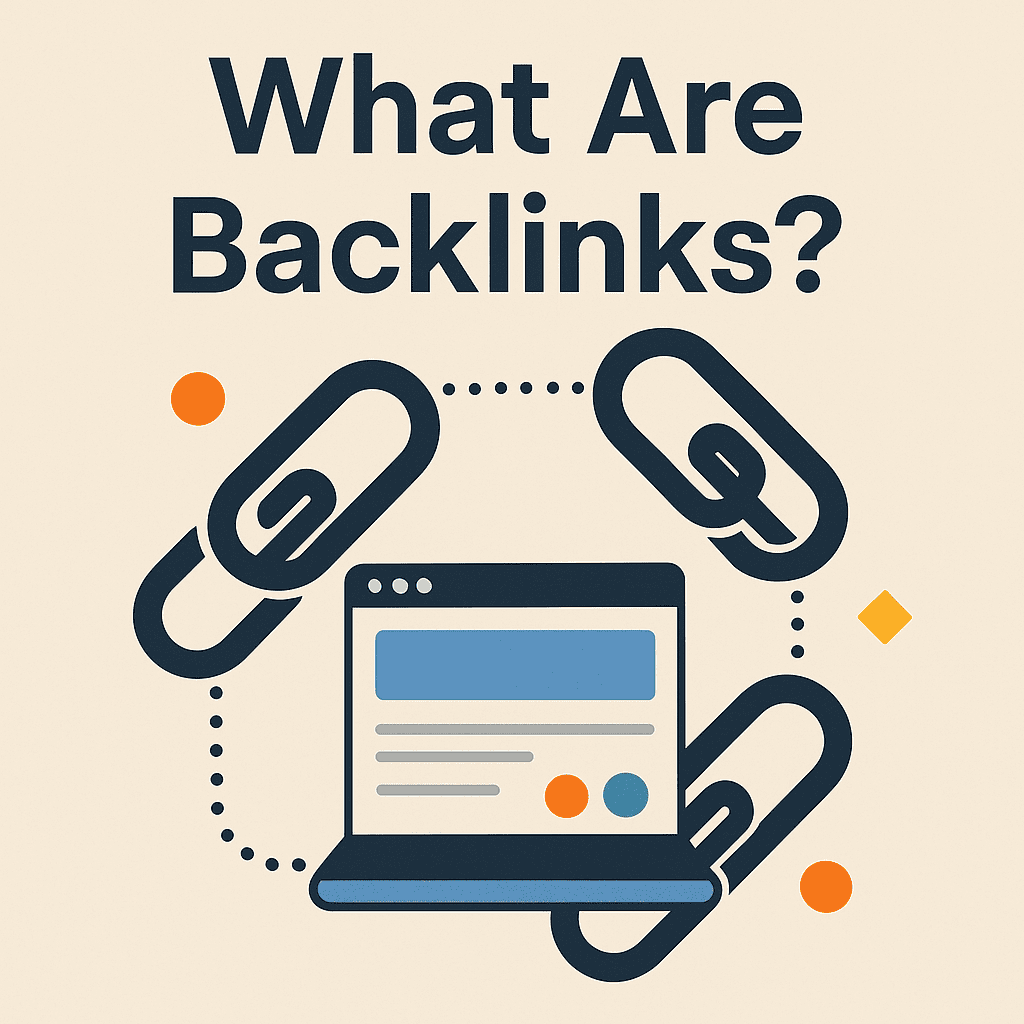
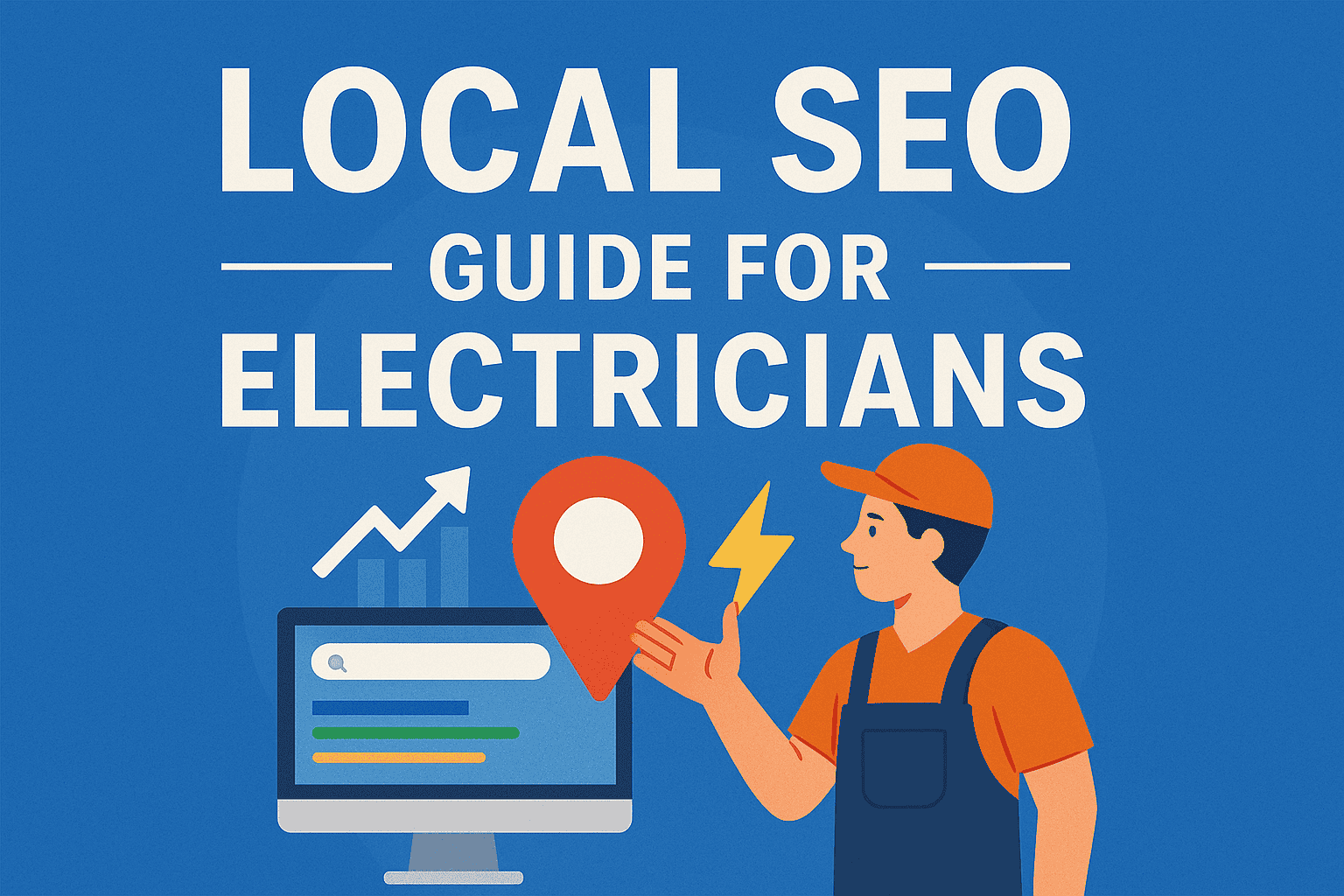
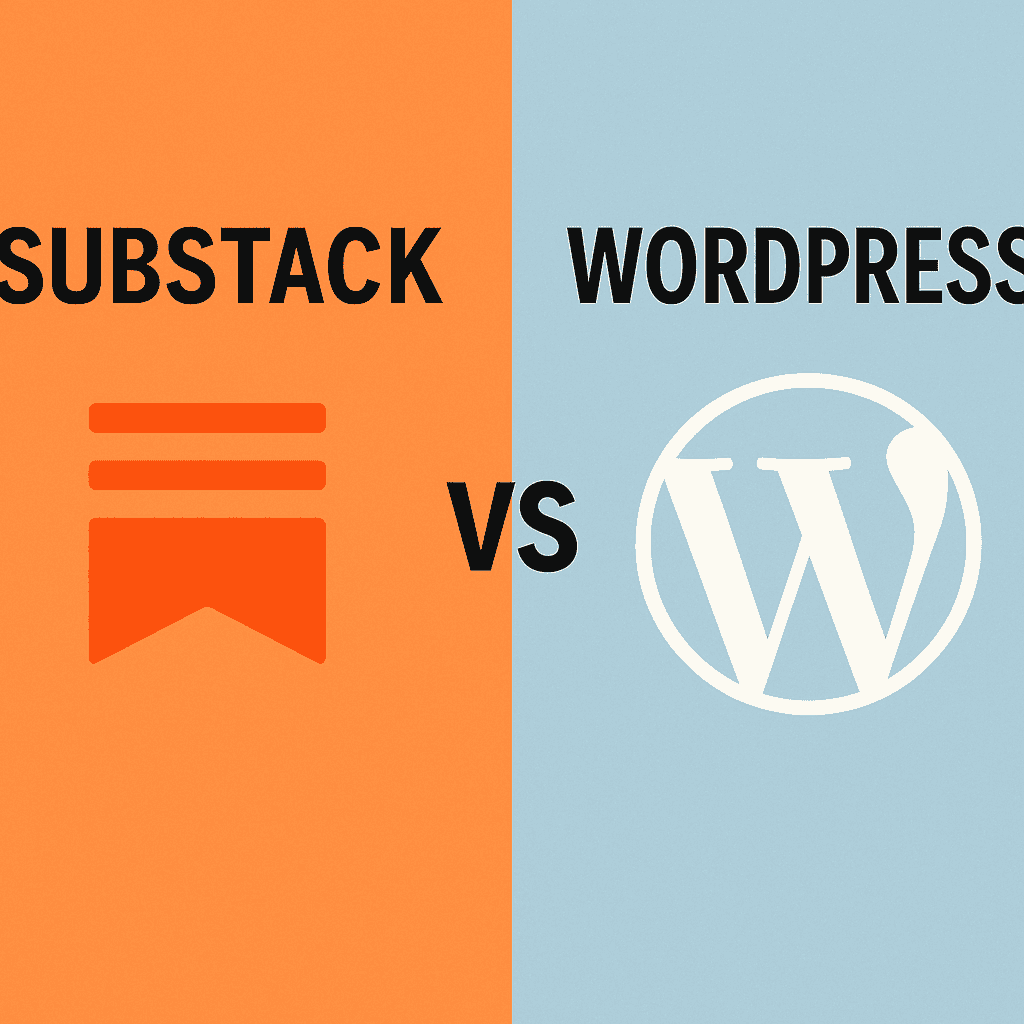

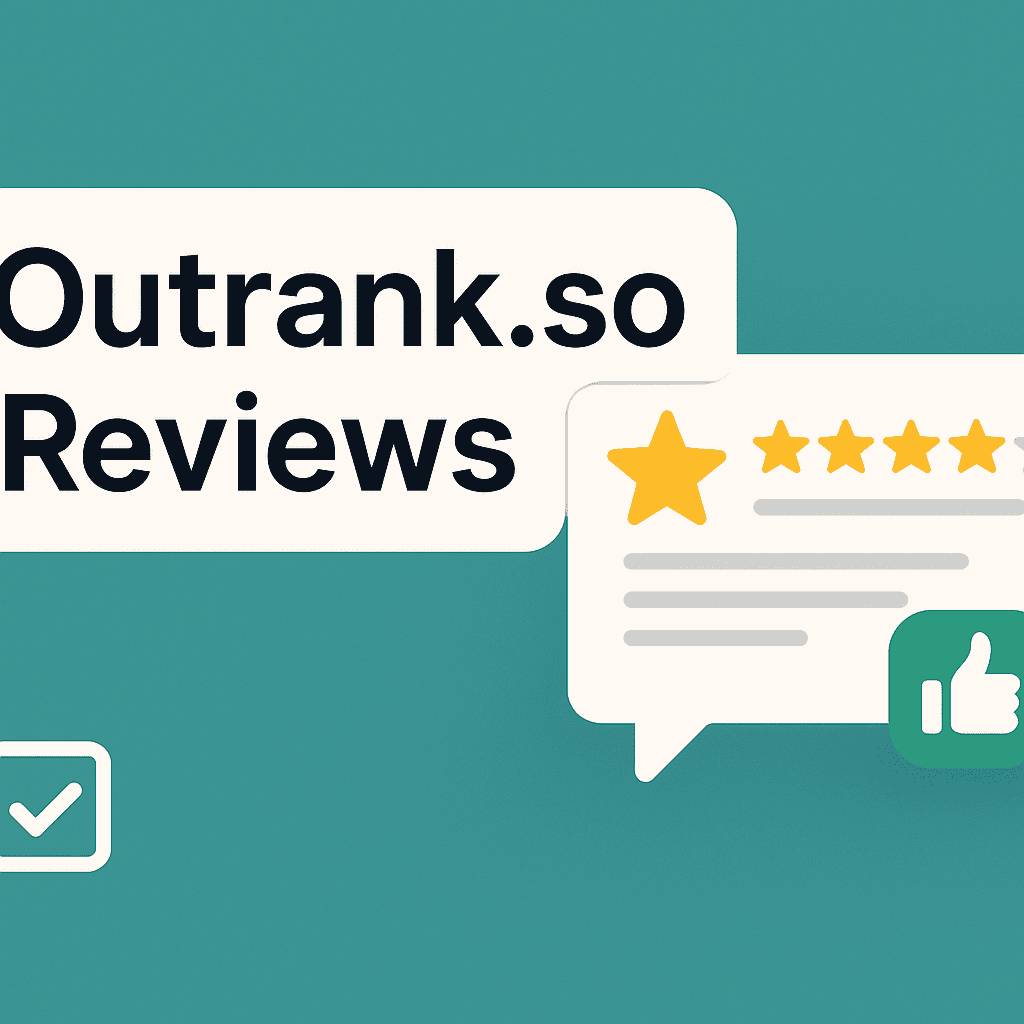
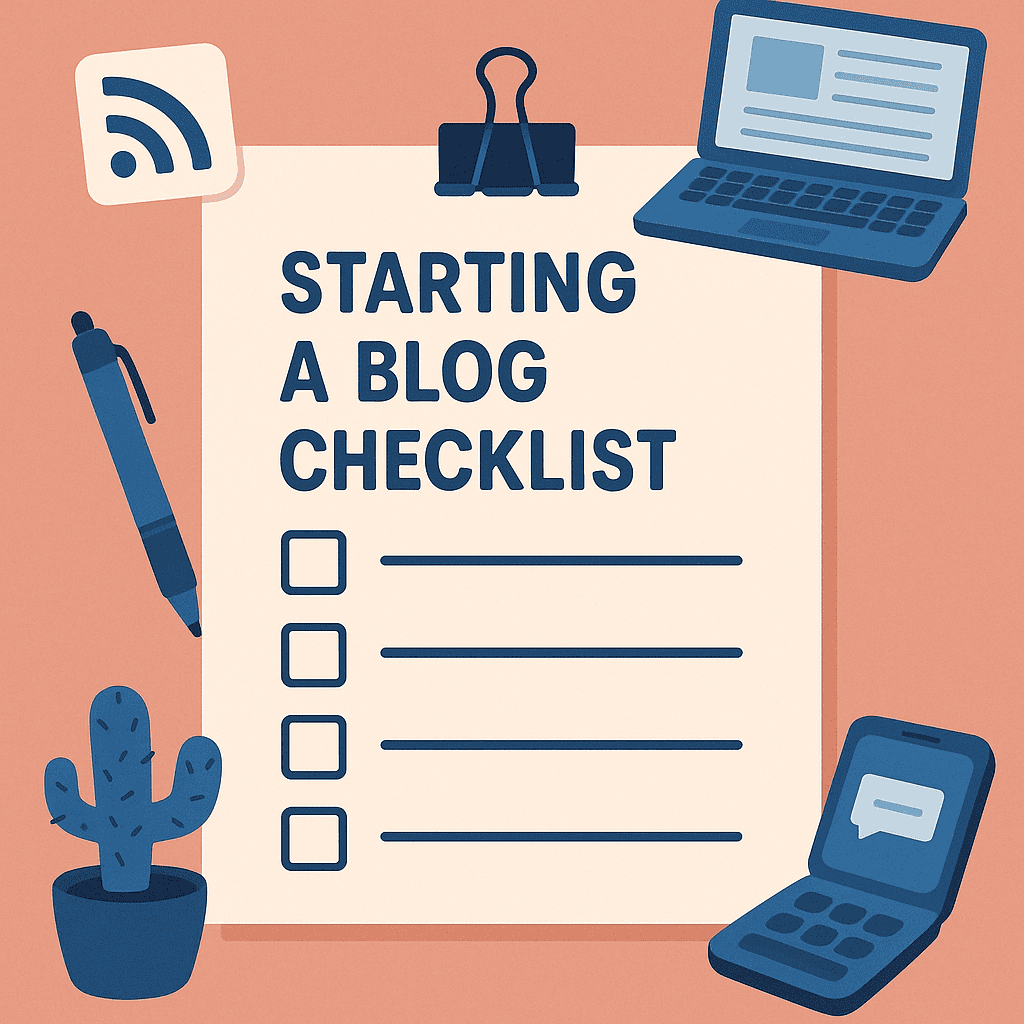
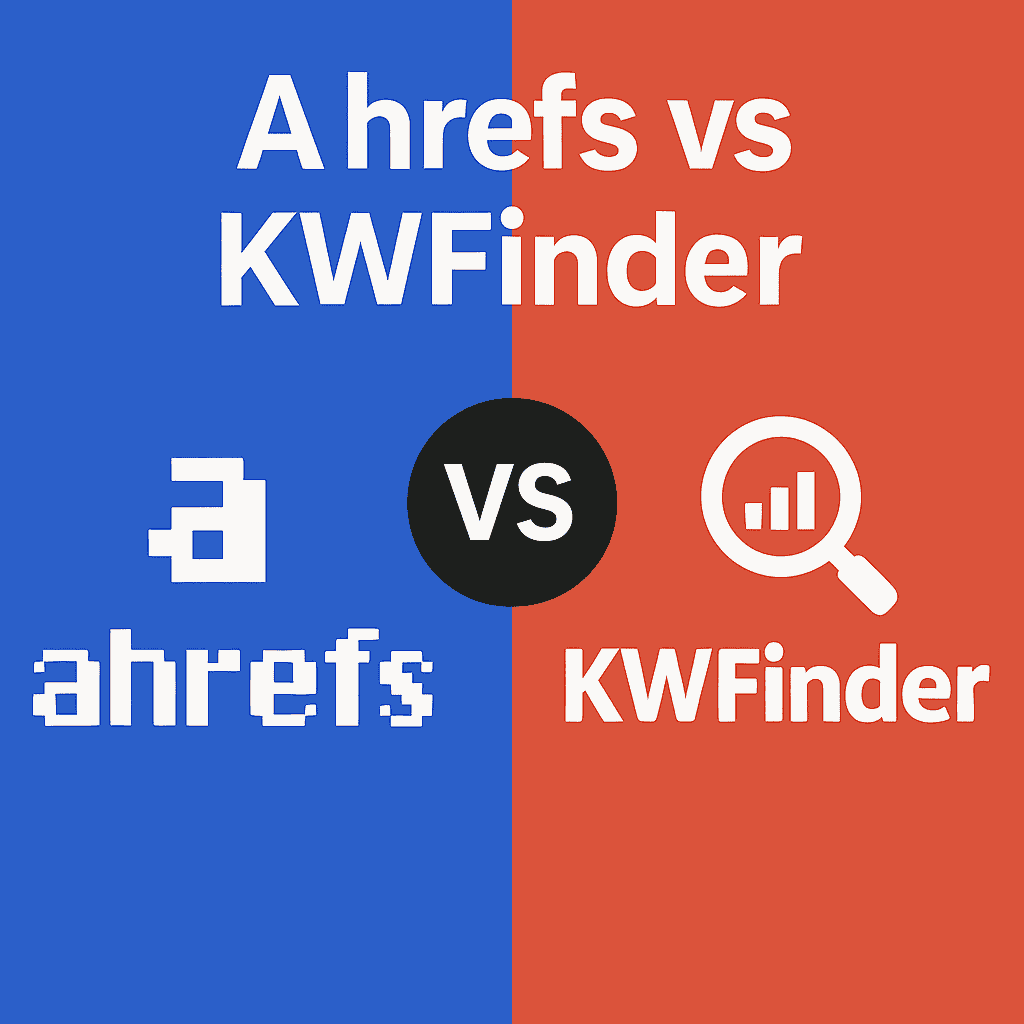

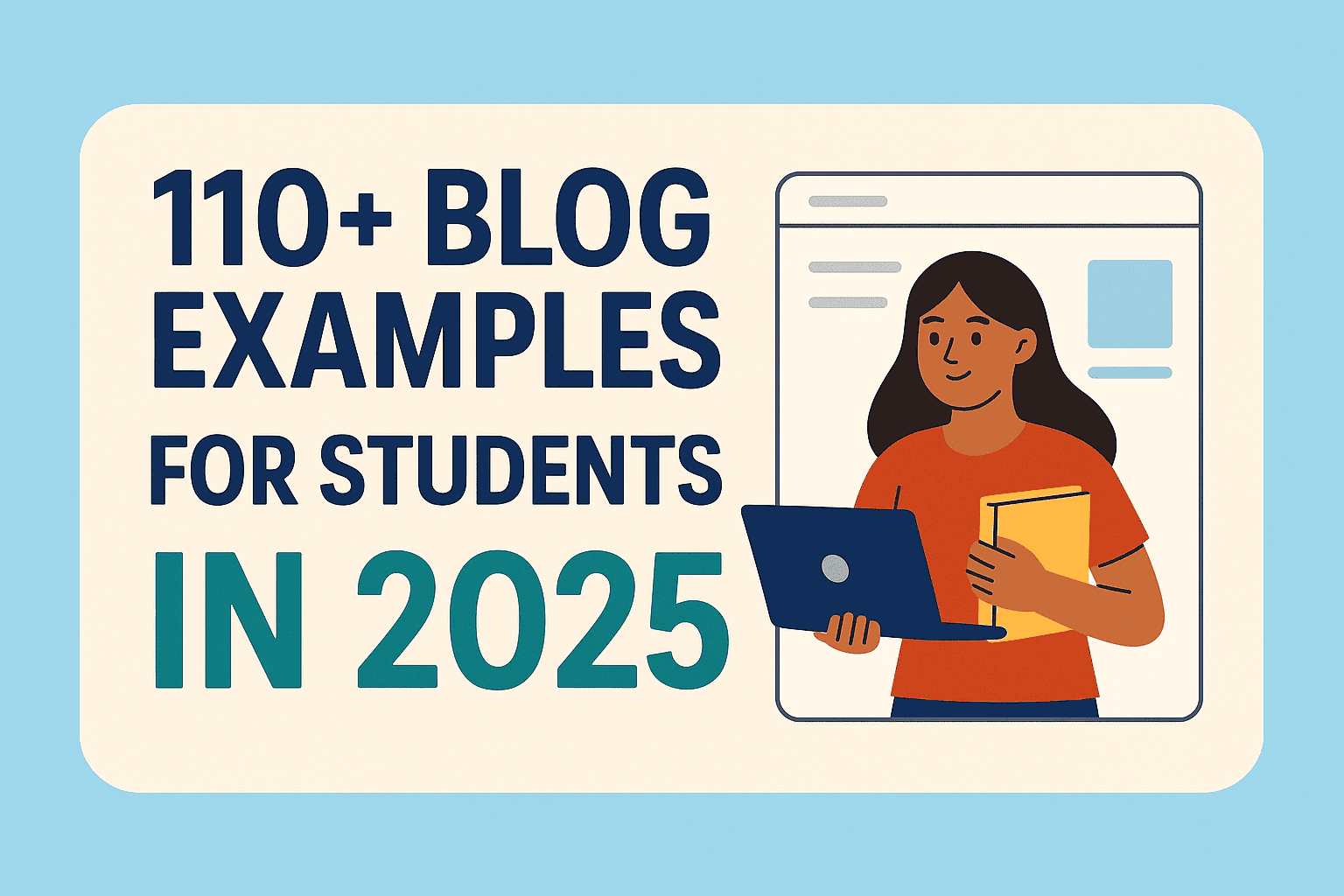
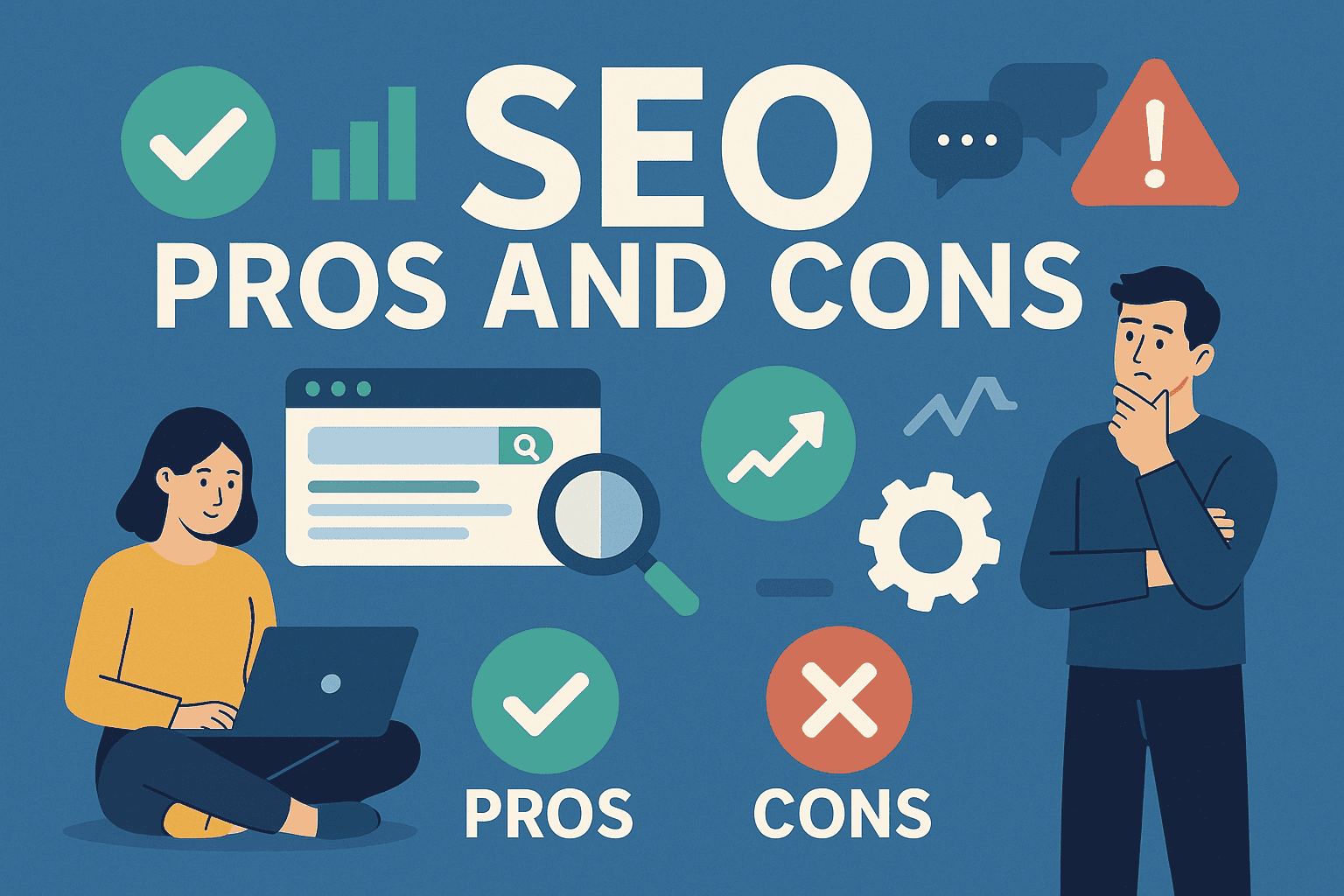

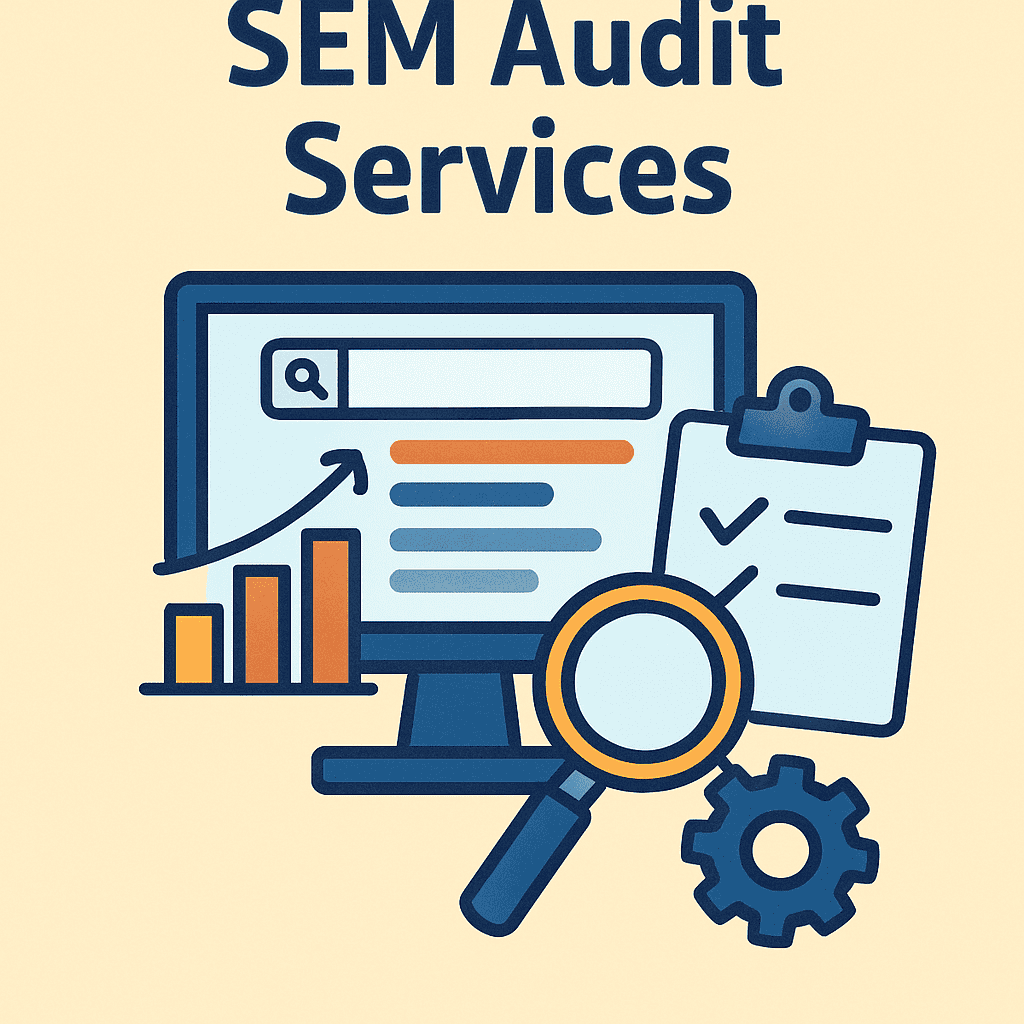


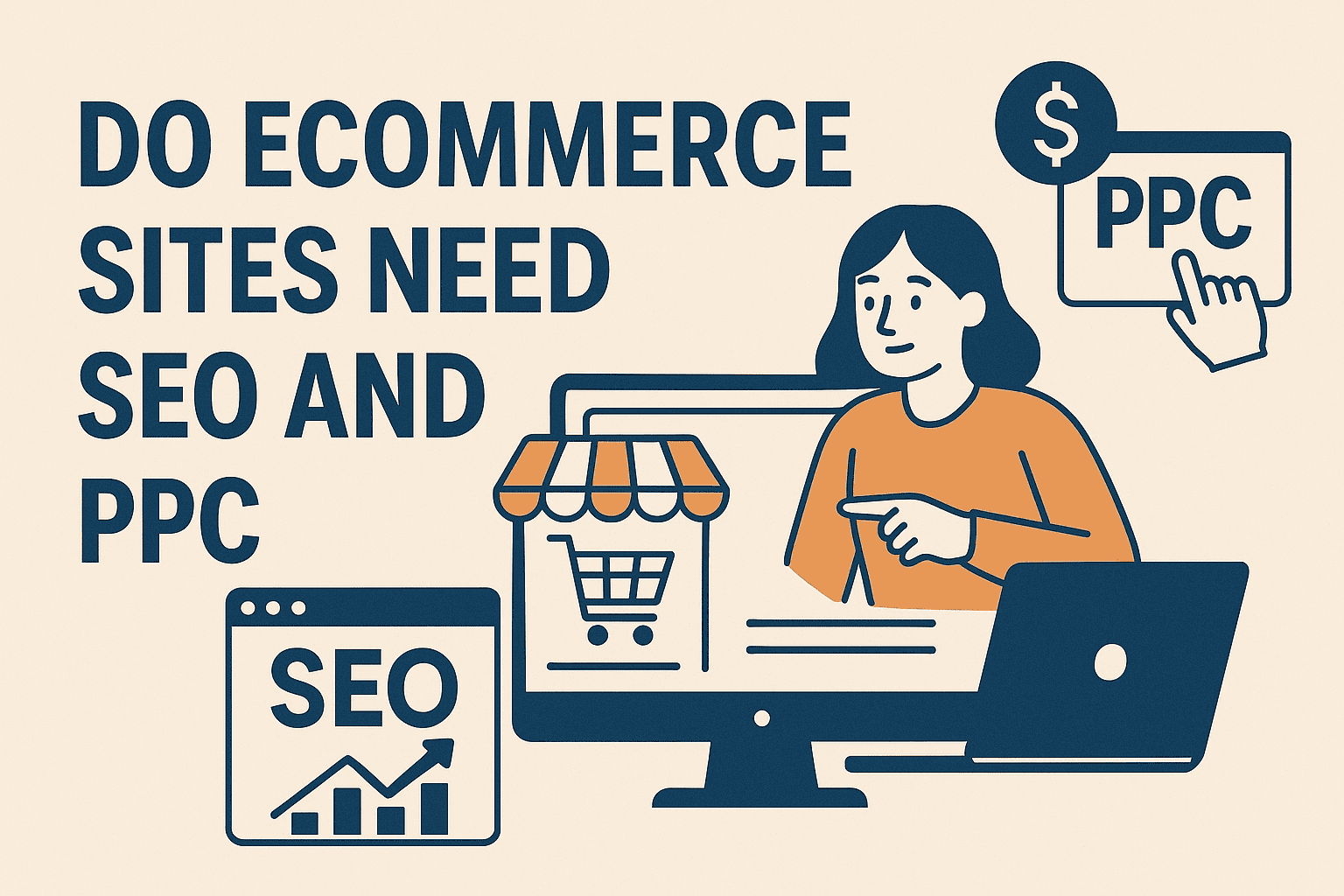
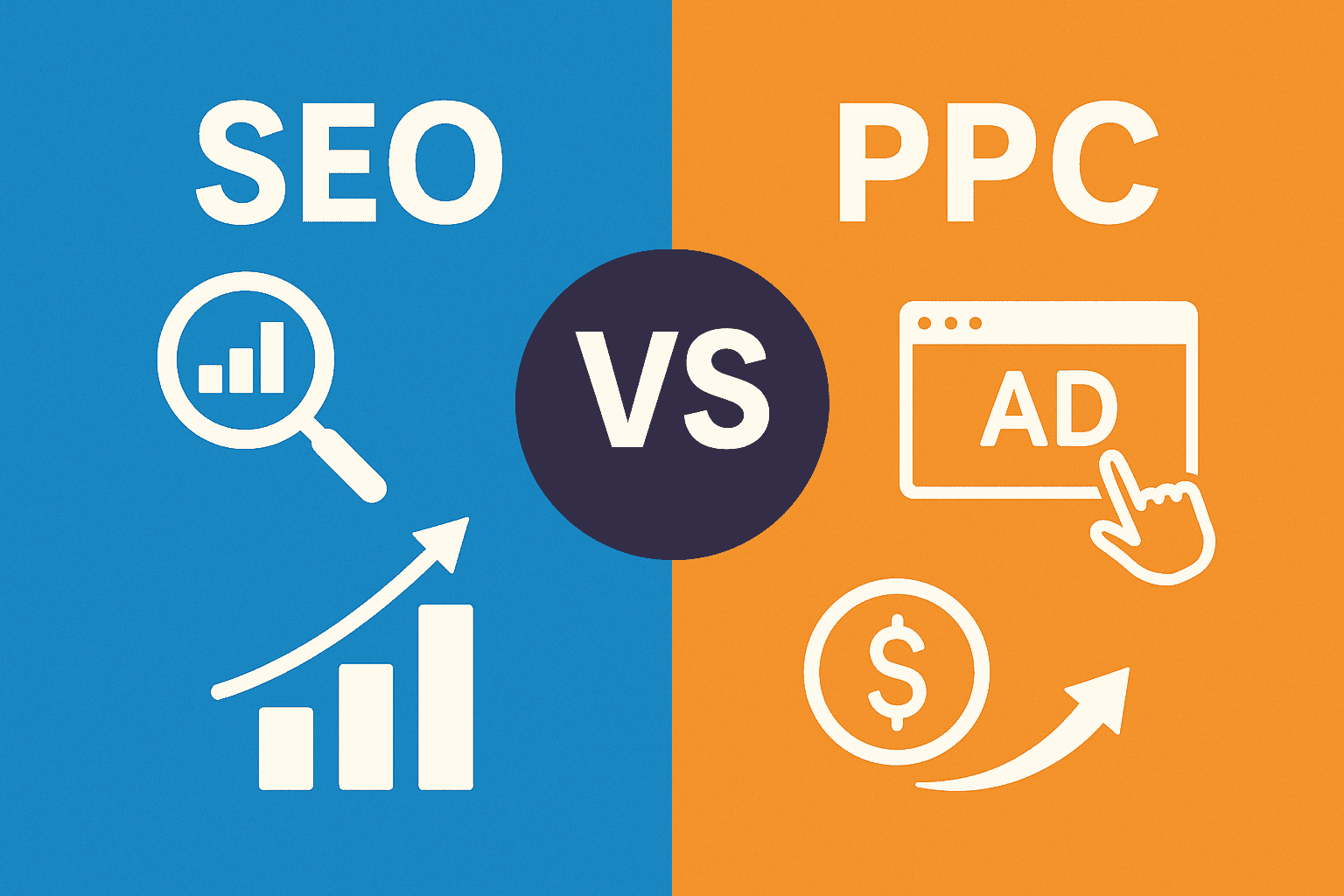

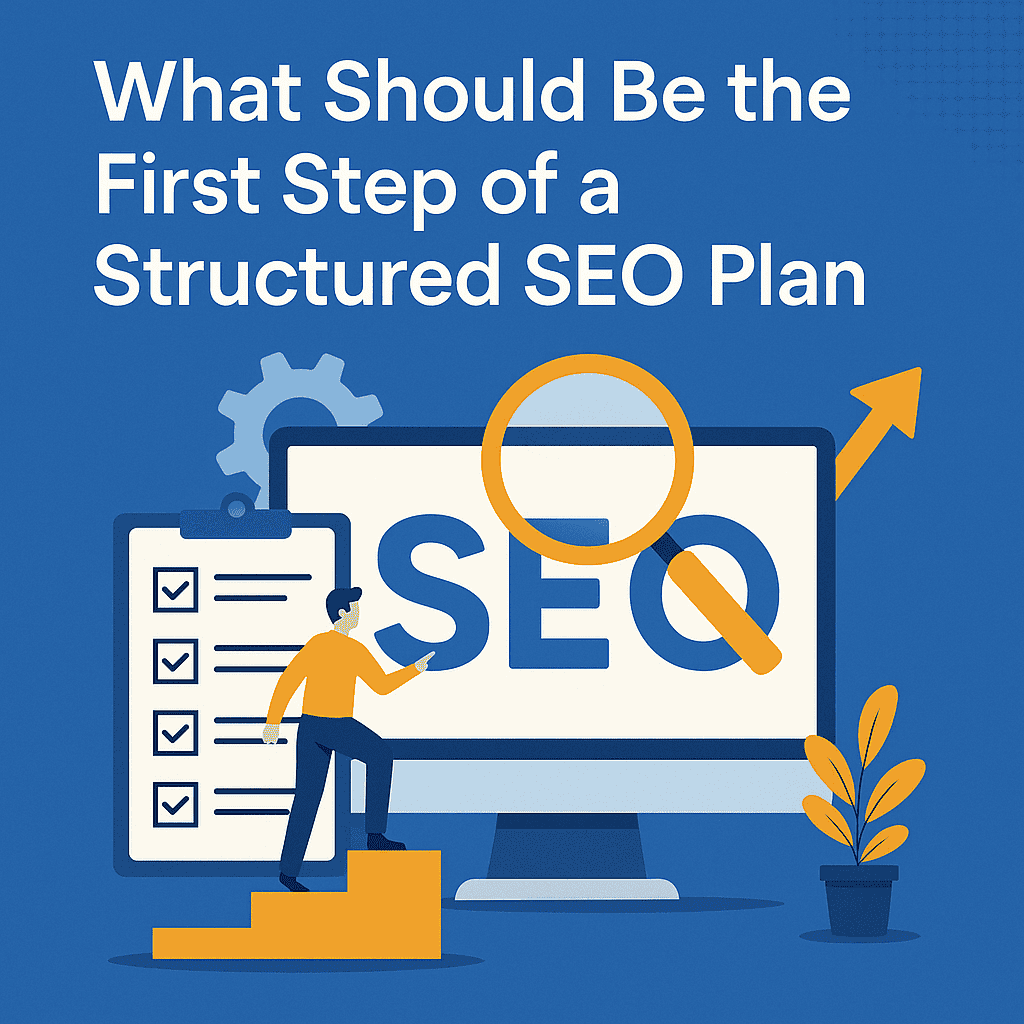
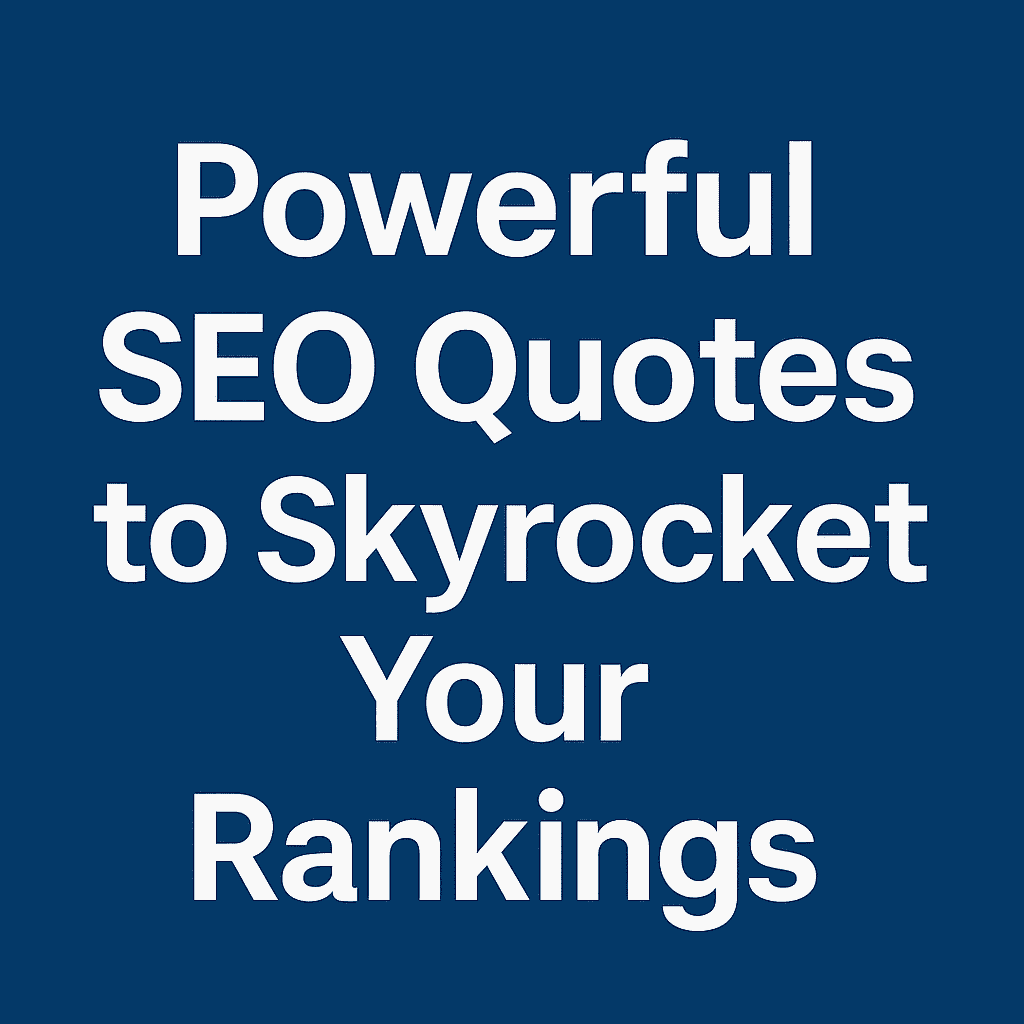
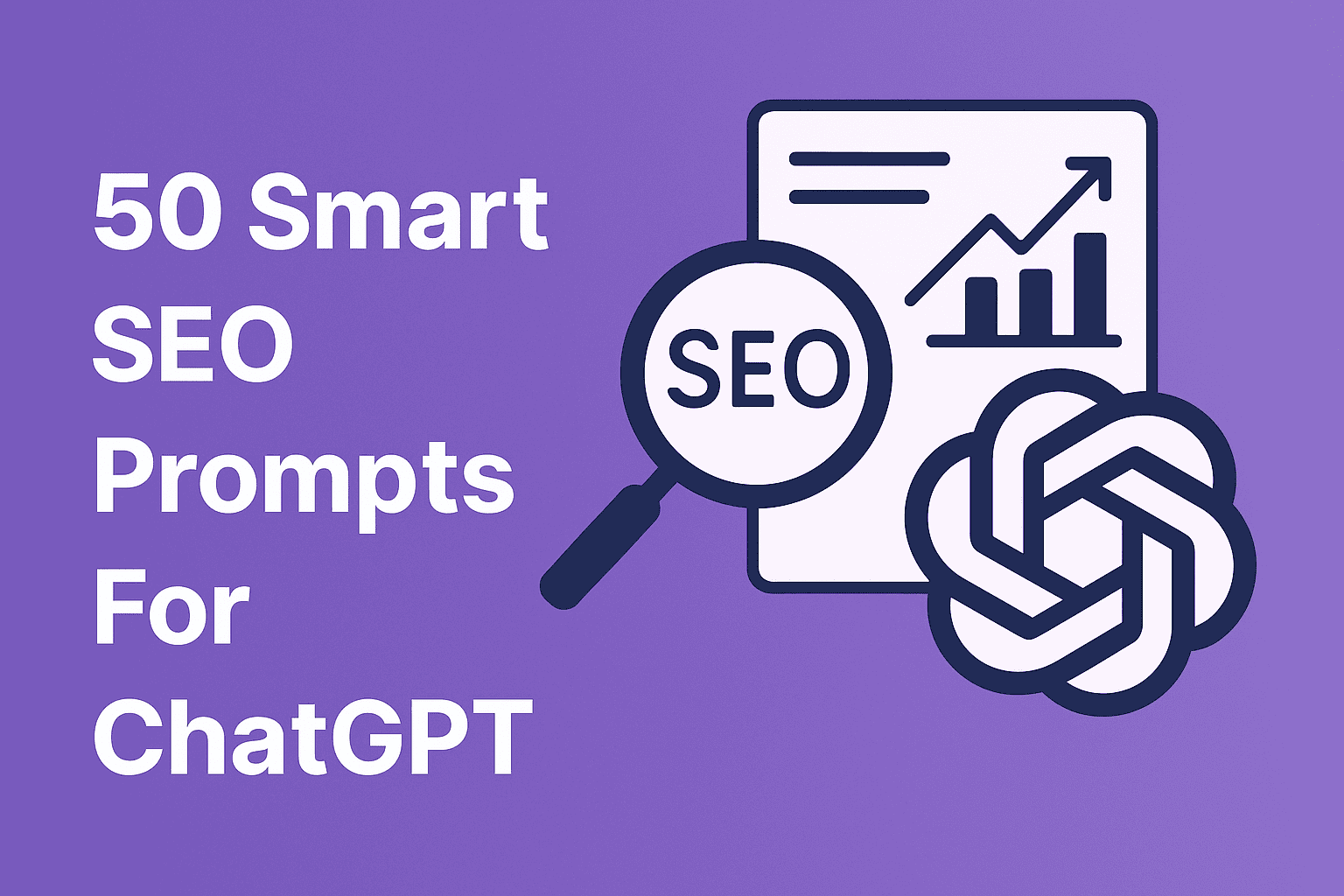
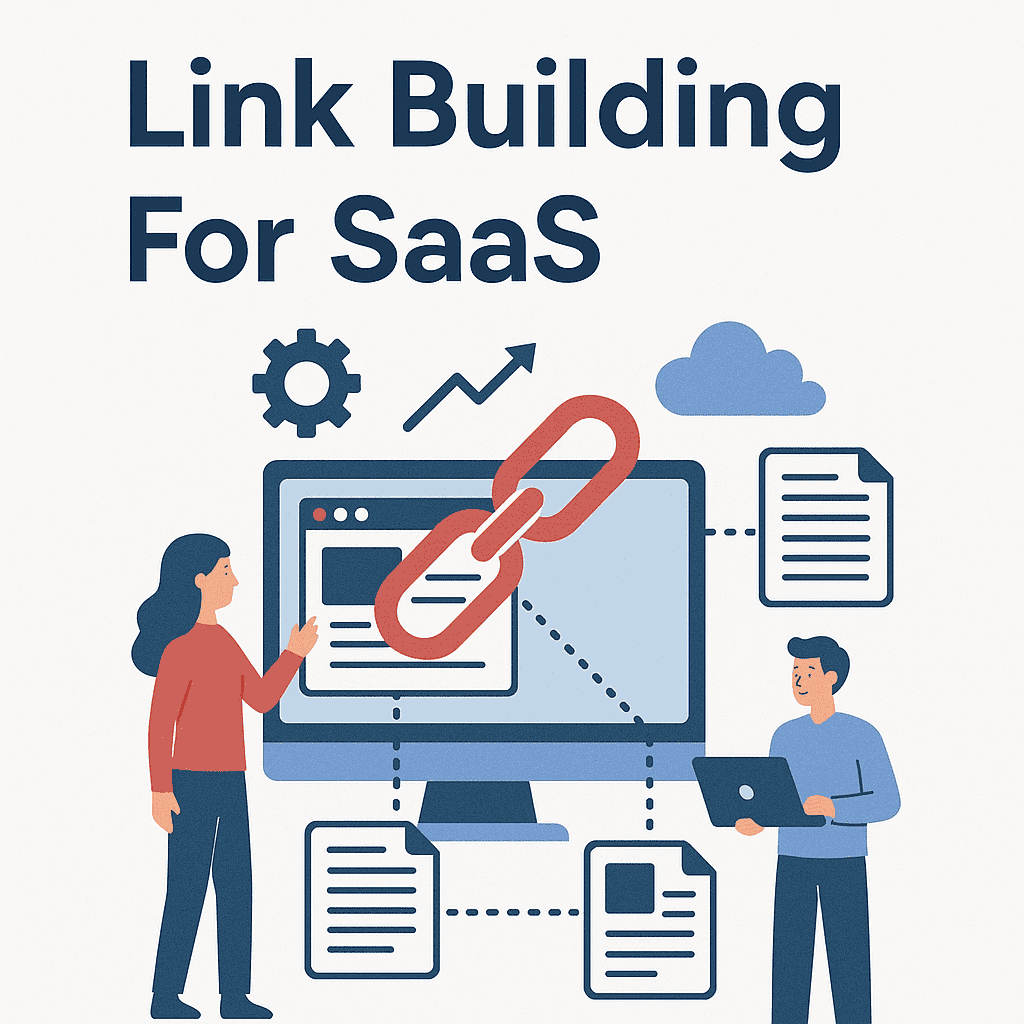
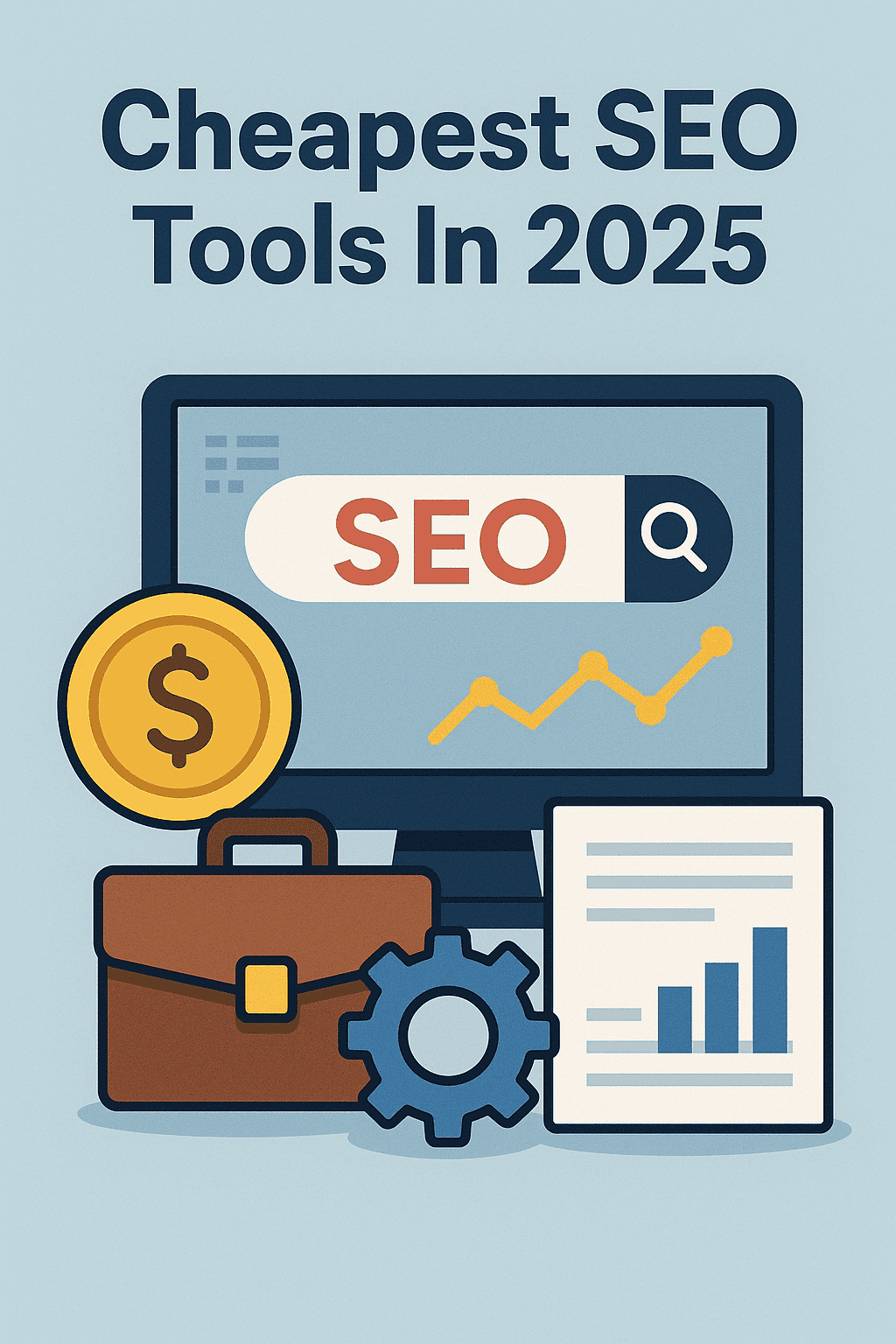
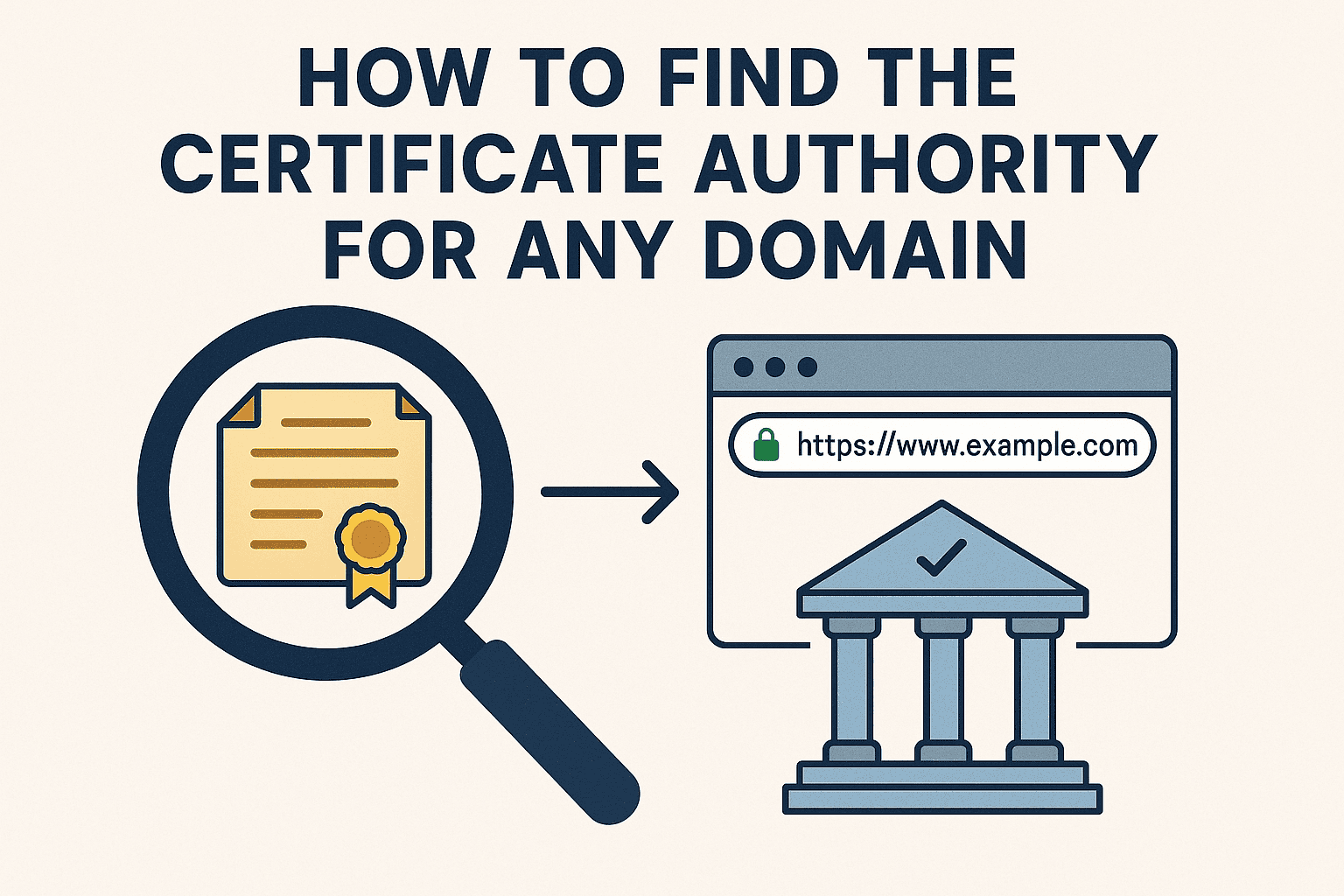
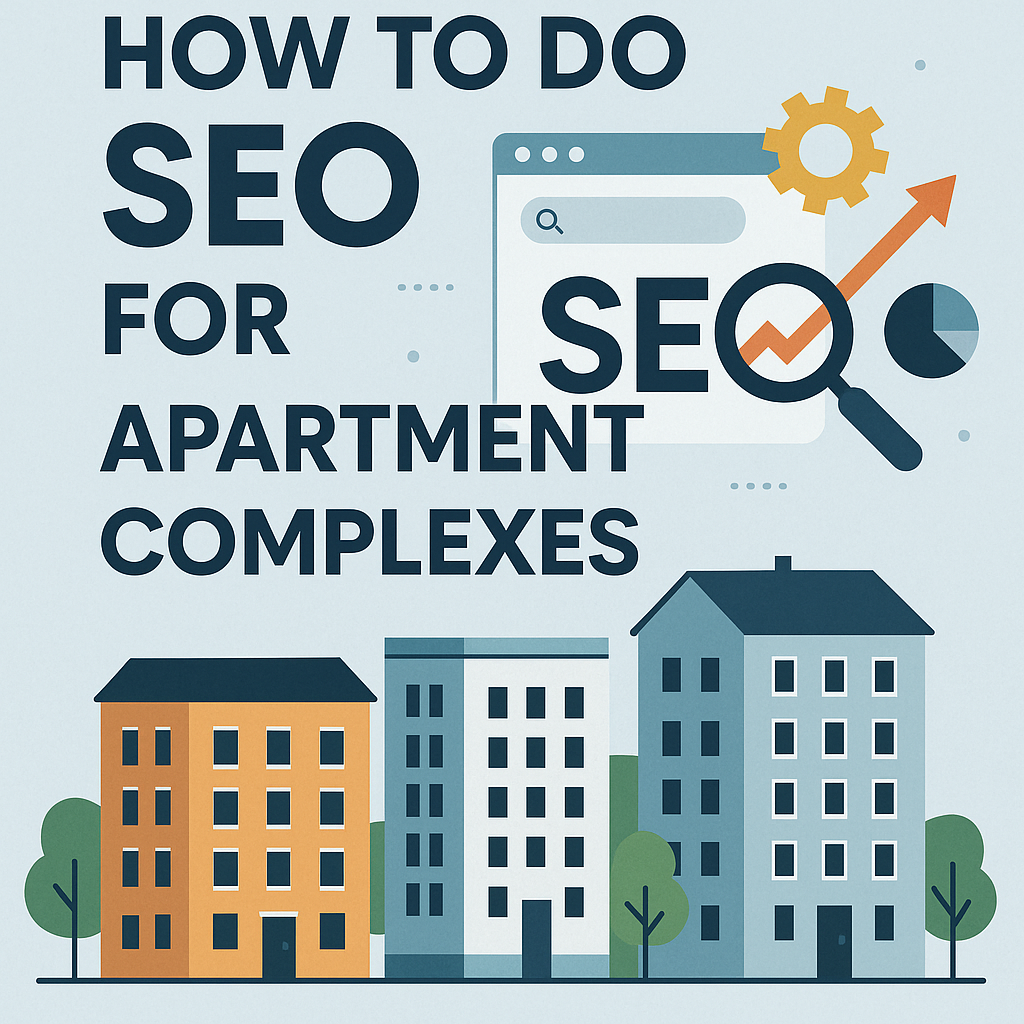
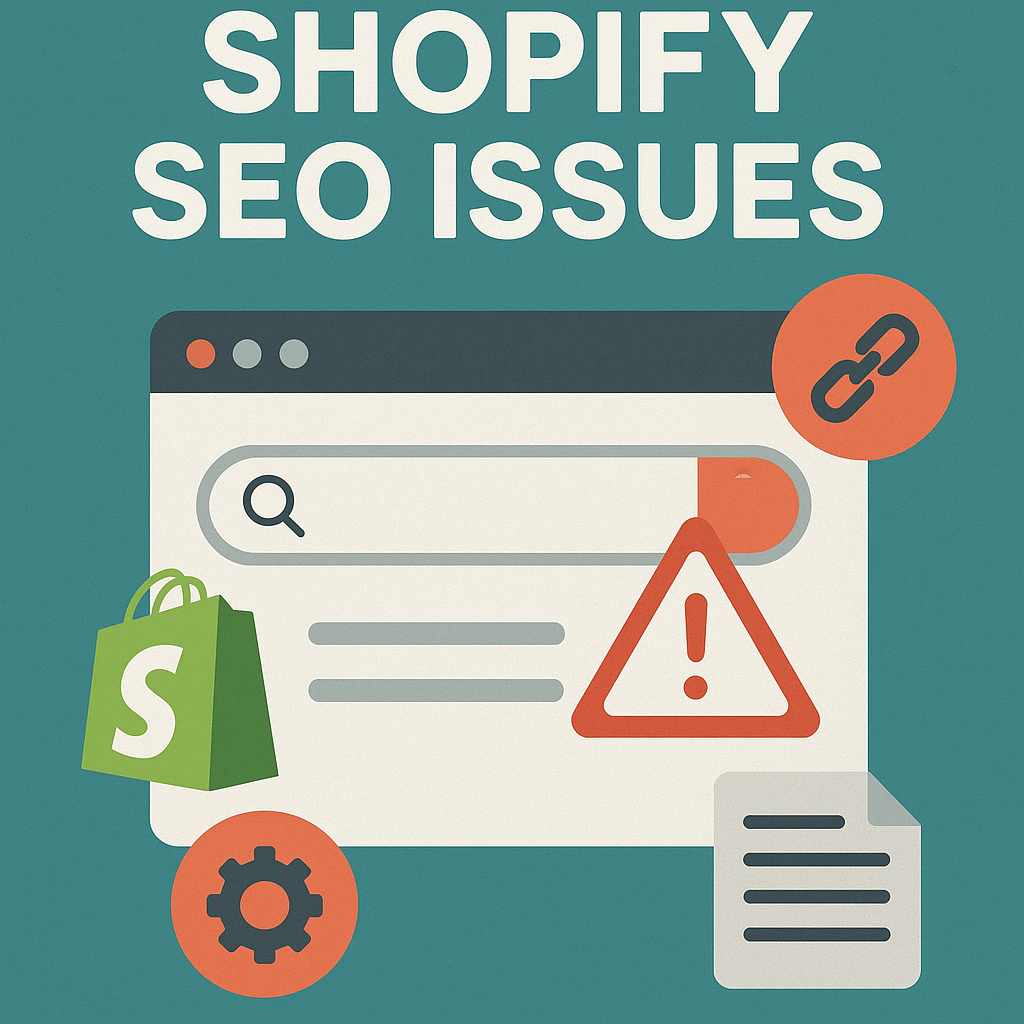
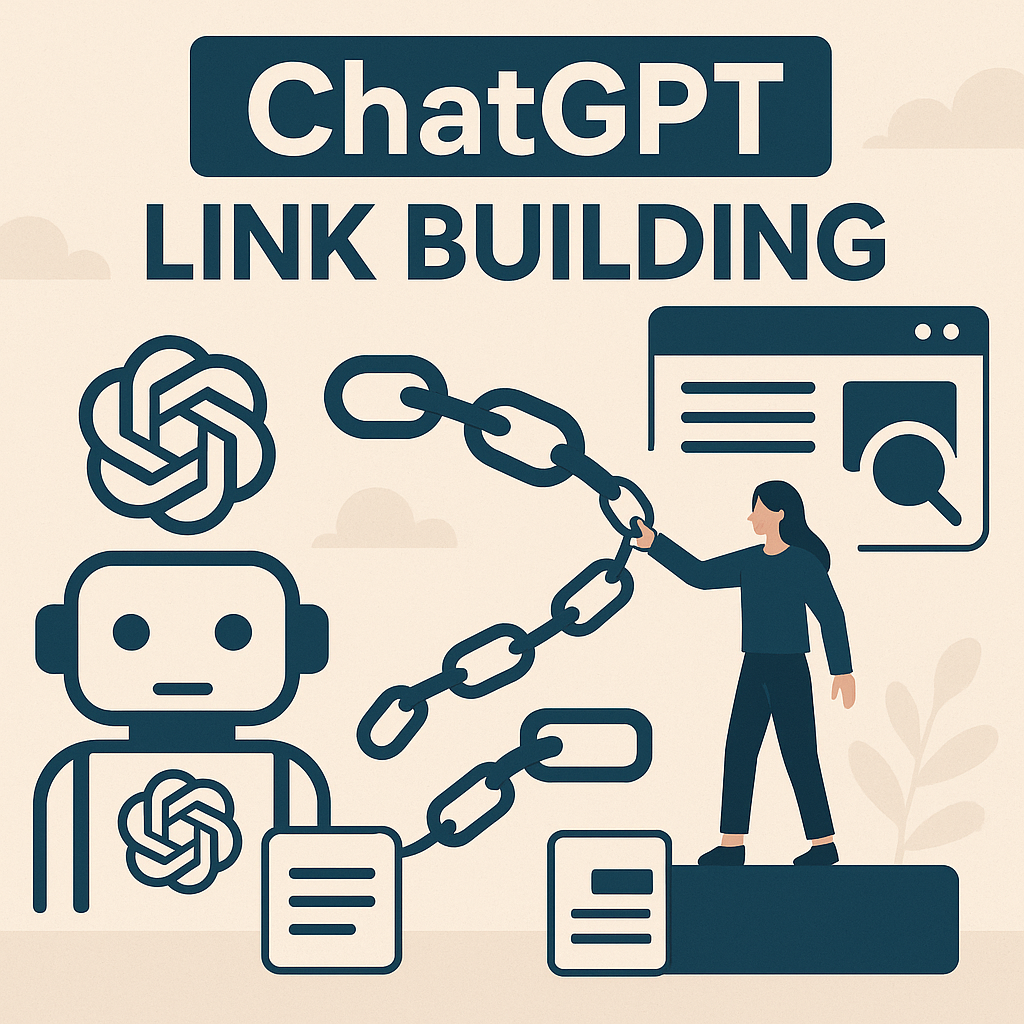
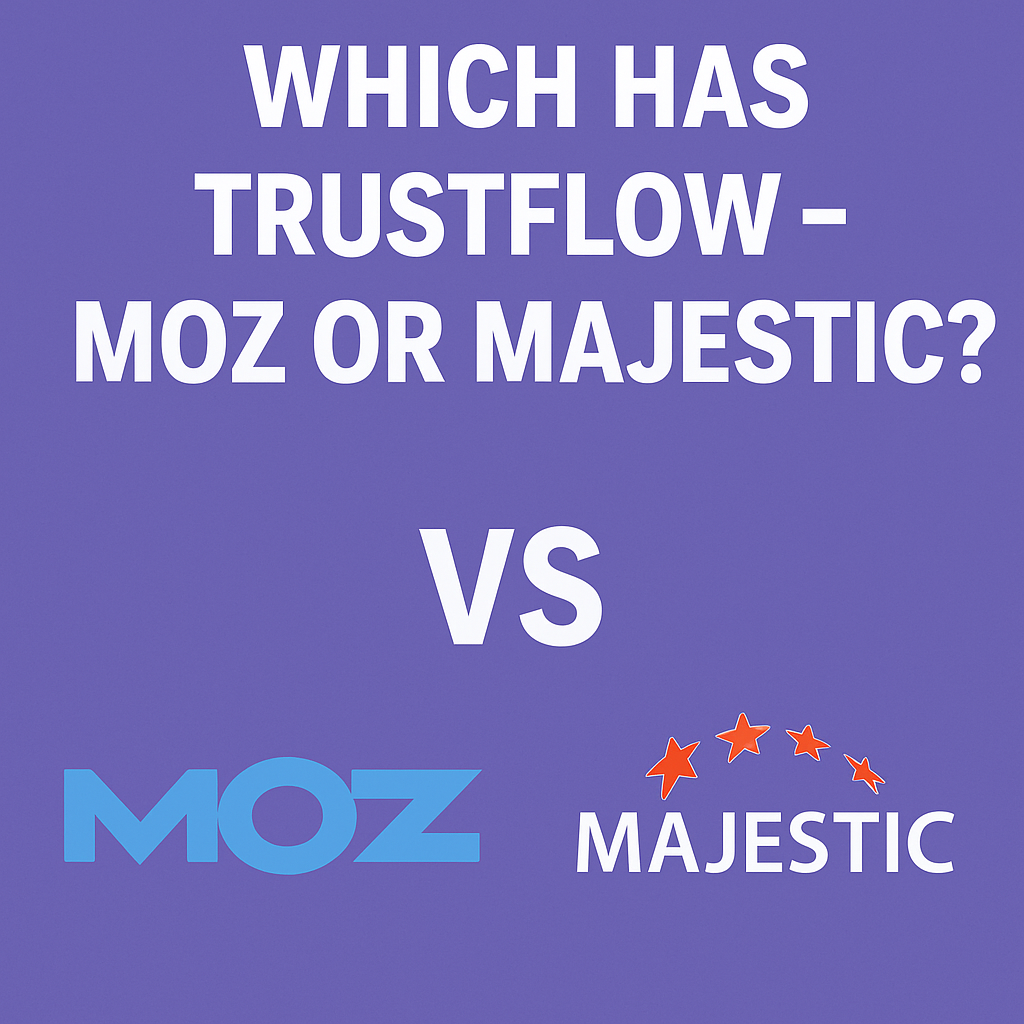

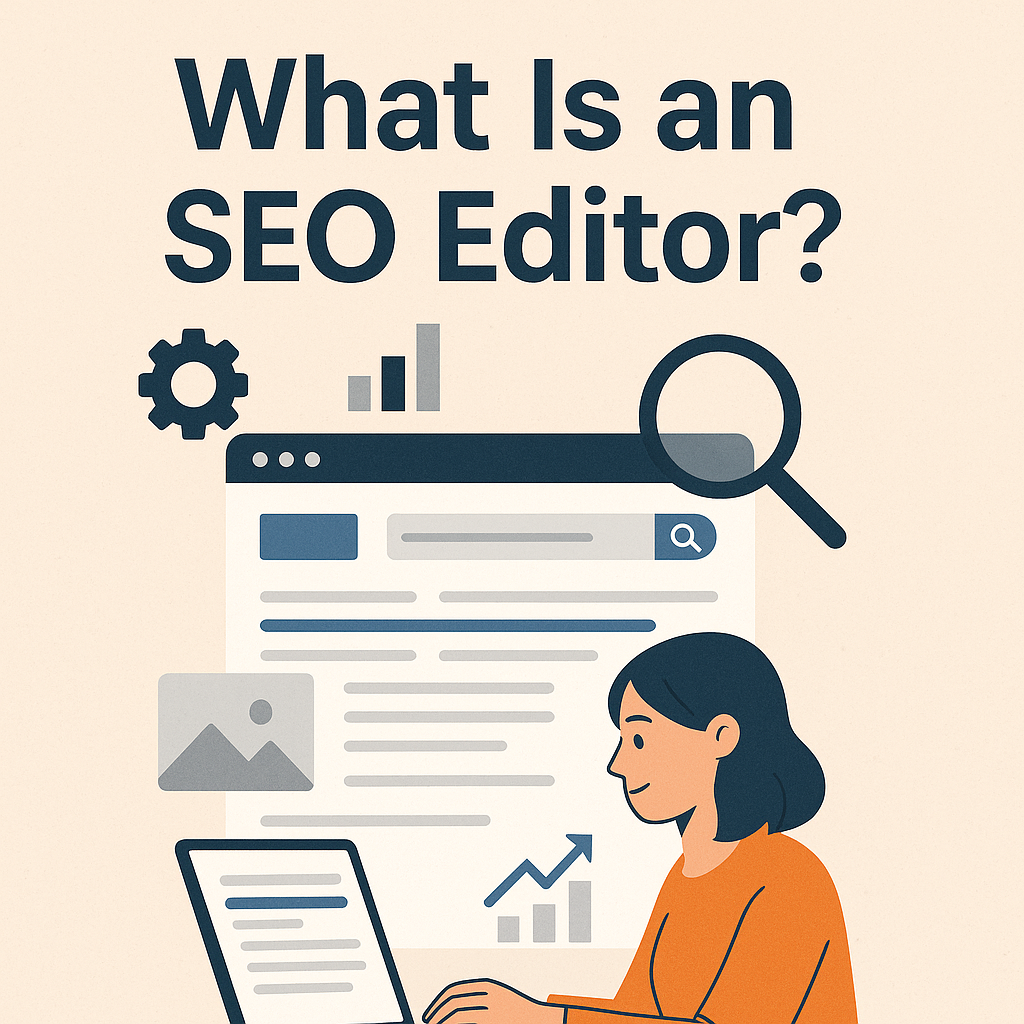
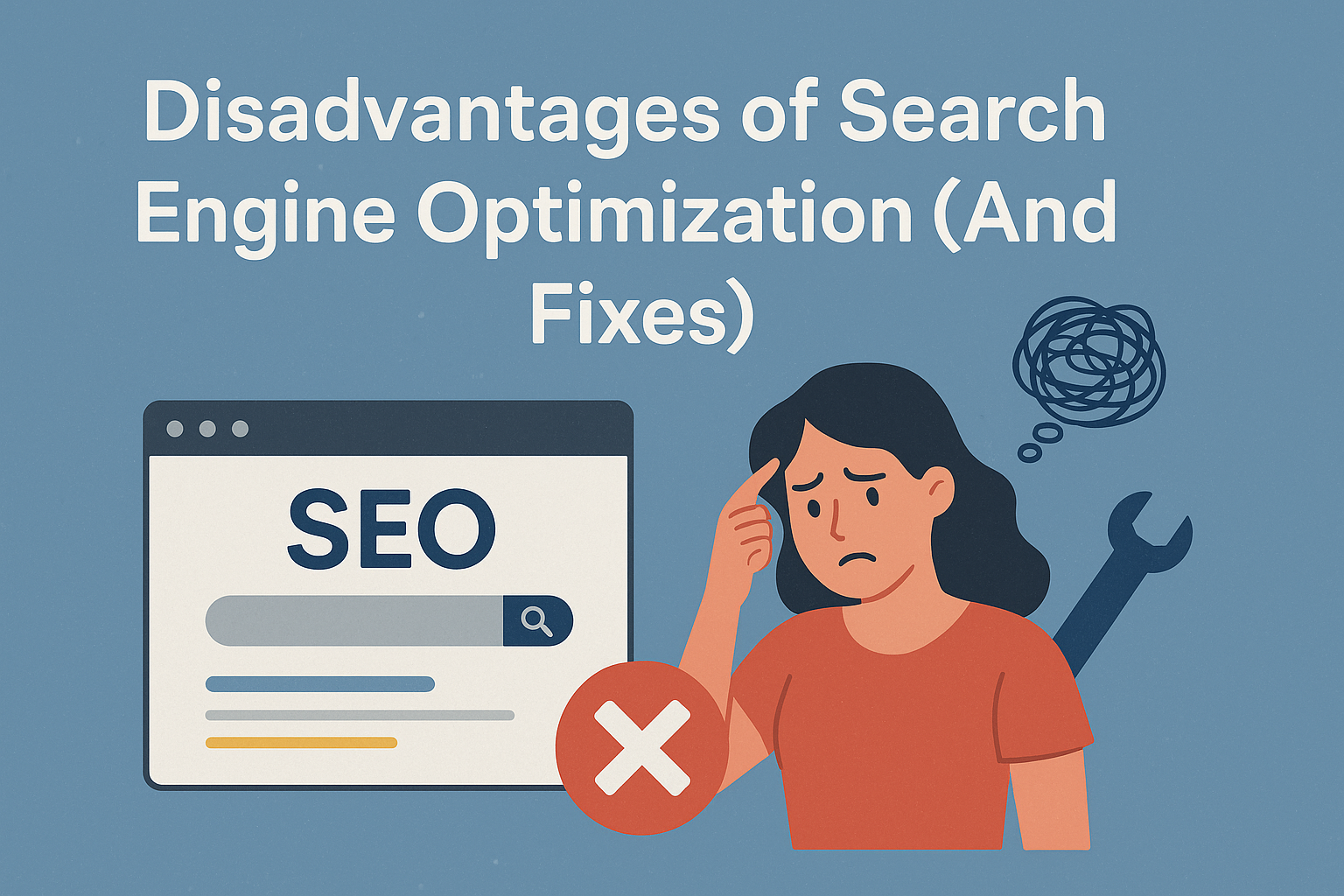




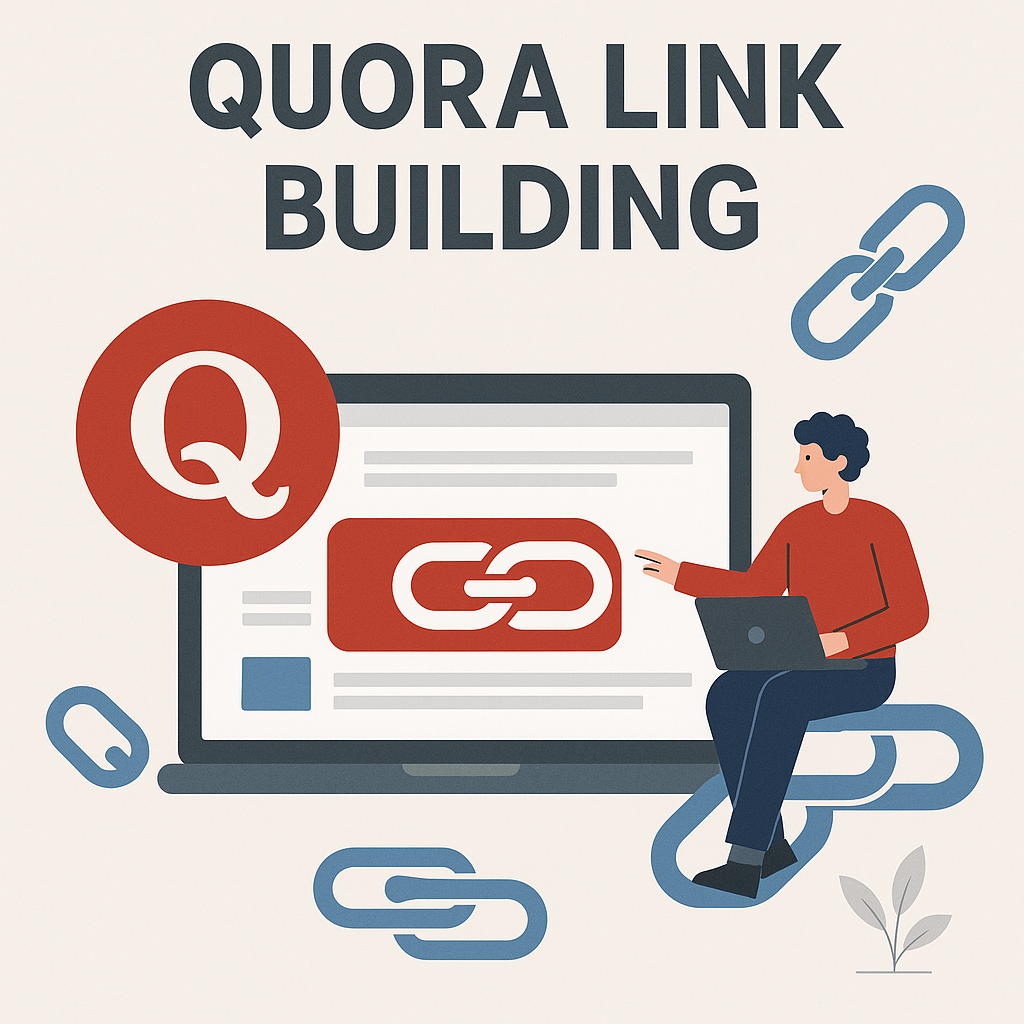
![How Many Outbound Links Per Blog [2025 Updated]](https://backlinkmanagement.io/wp-content/uploads/2025/06/How-Many-Outbound-Links-Per-Blog.png)
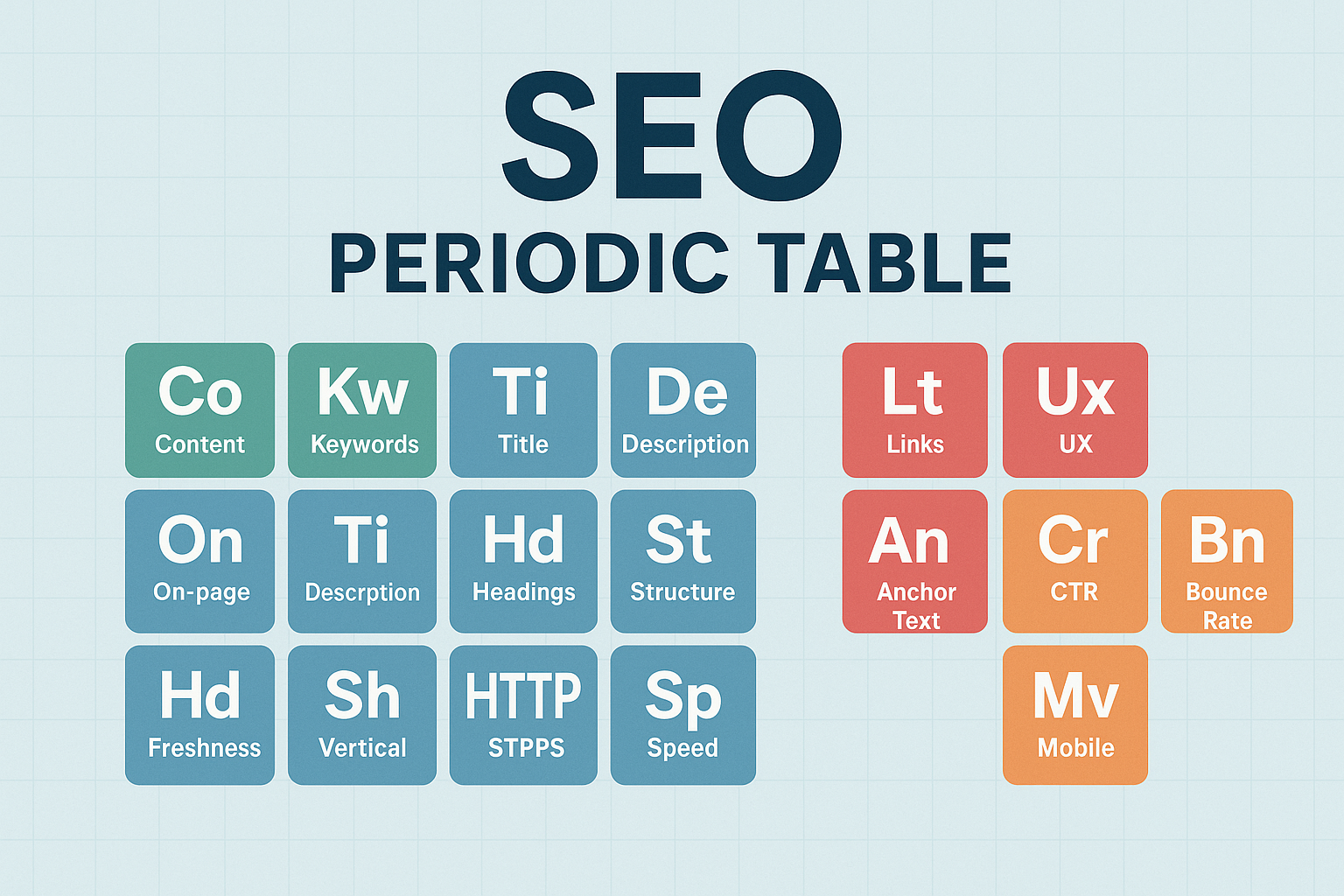
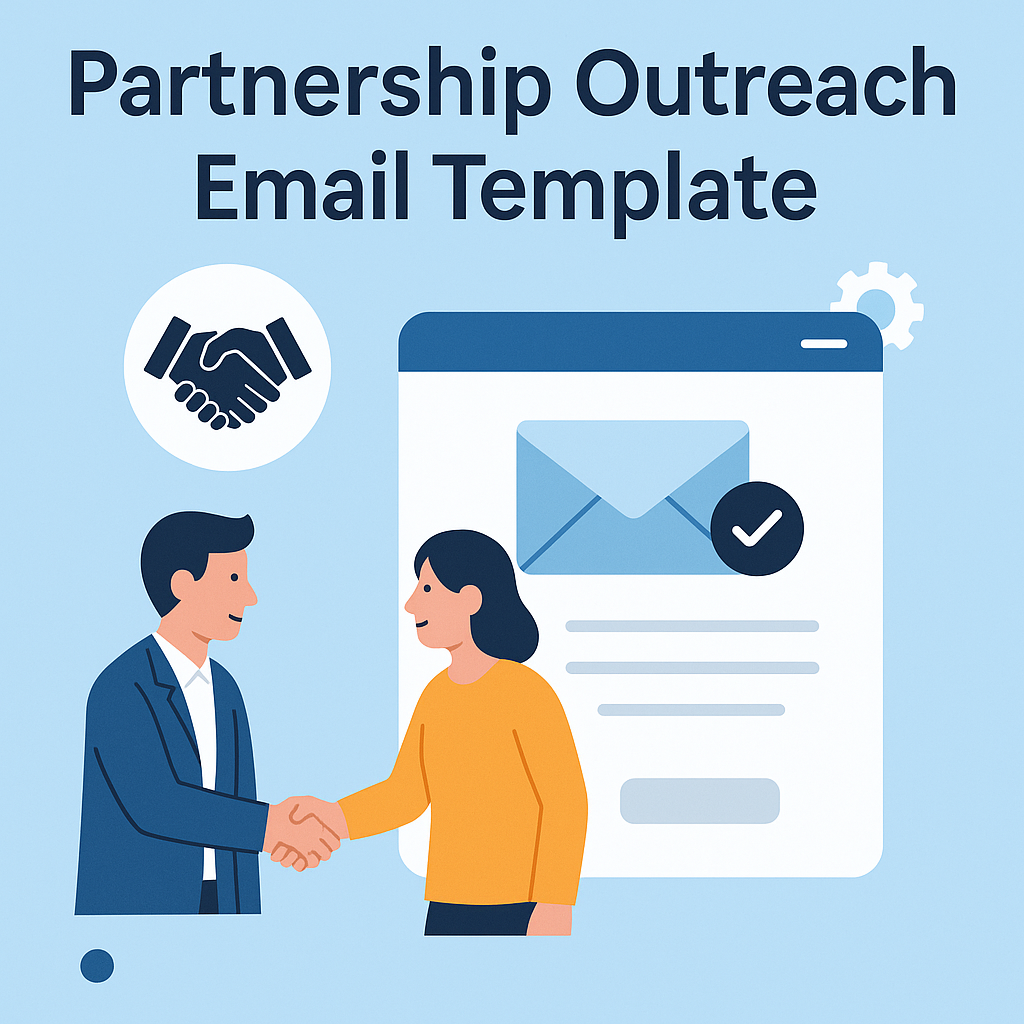
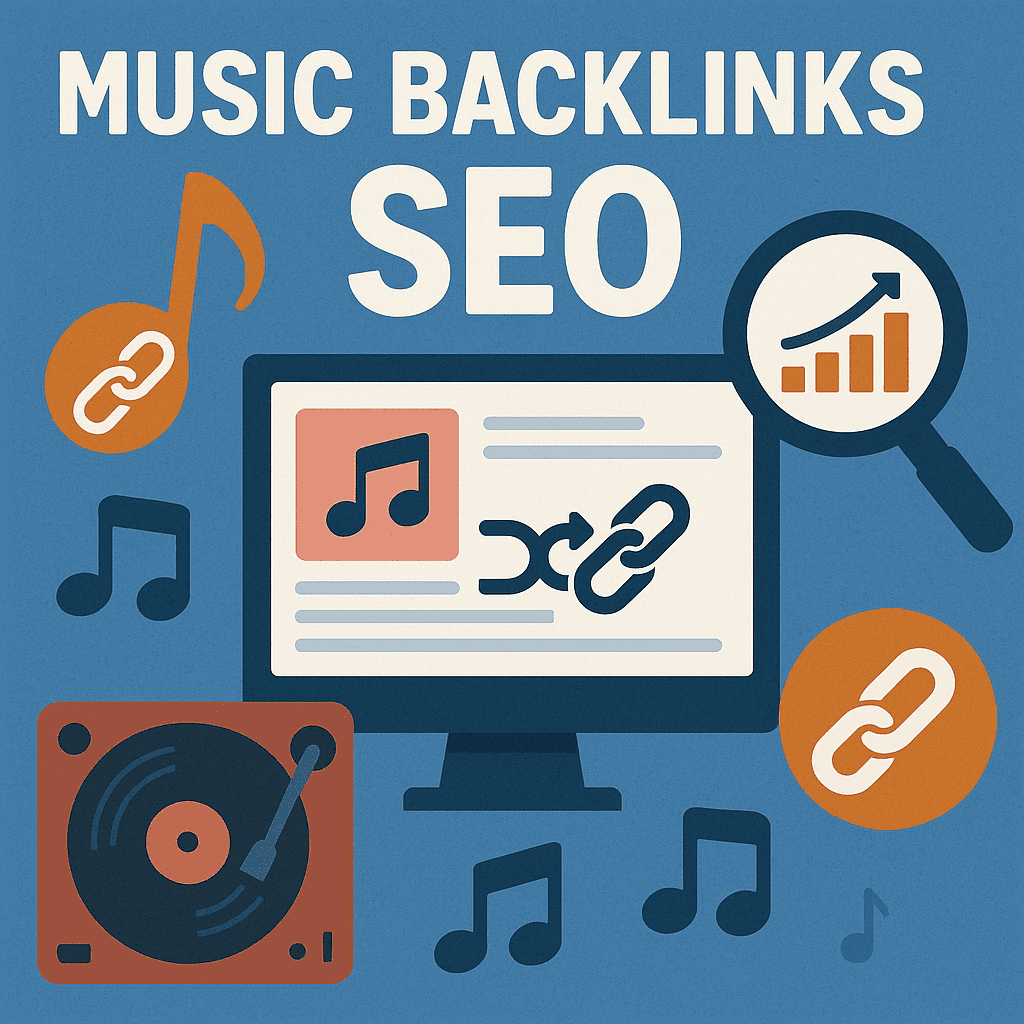
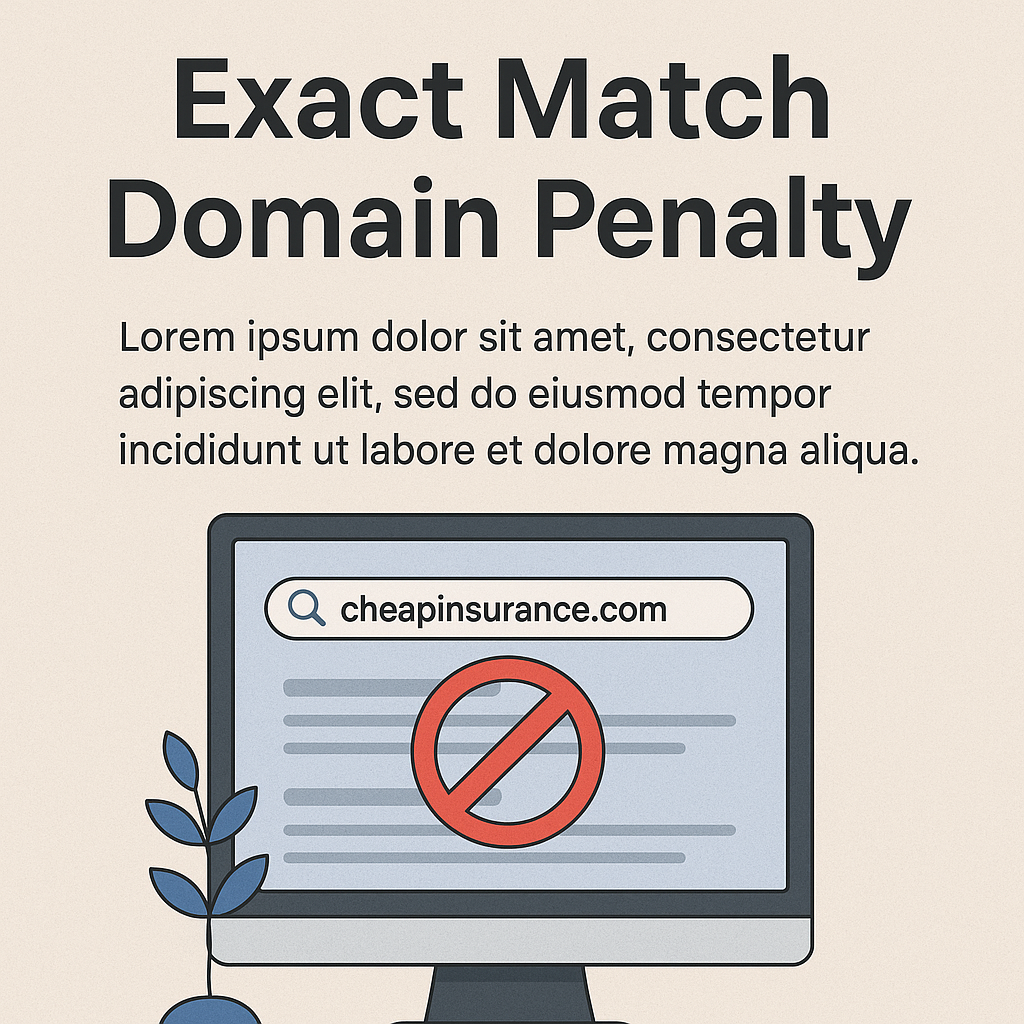
![B2B and B2C Website Examples [2025 Updated]](https://backlinkmanagement.io/wp-content/uploads/2025/05/B2B-and-B2C-Website-Example-.png)
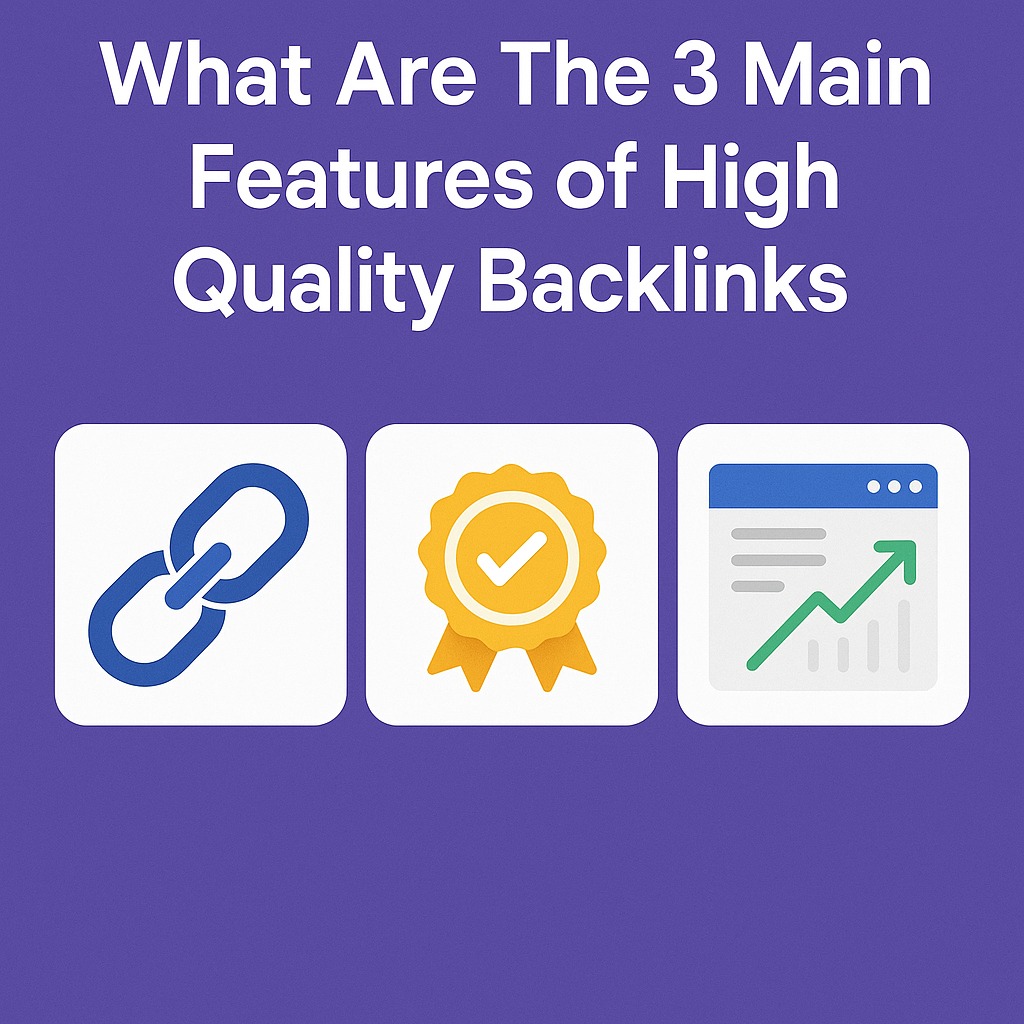
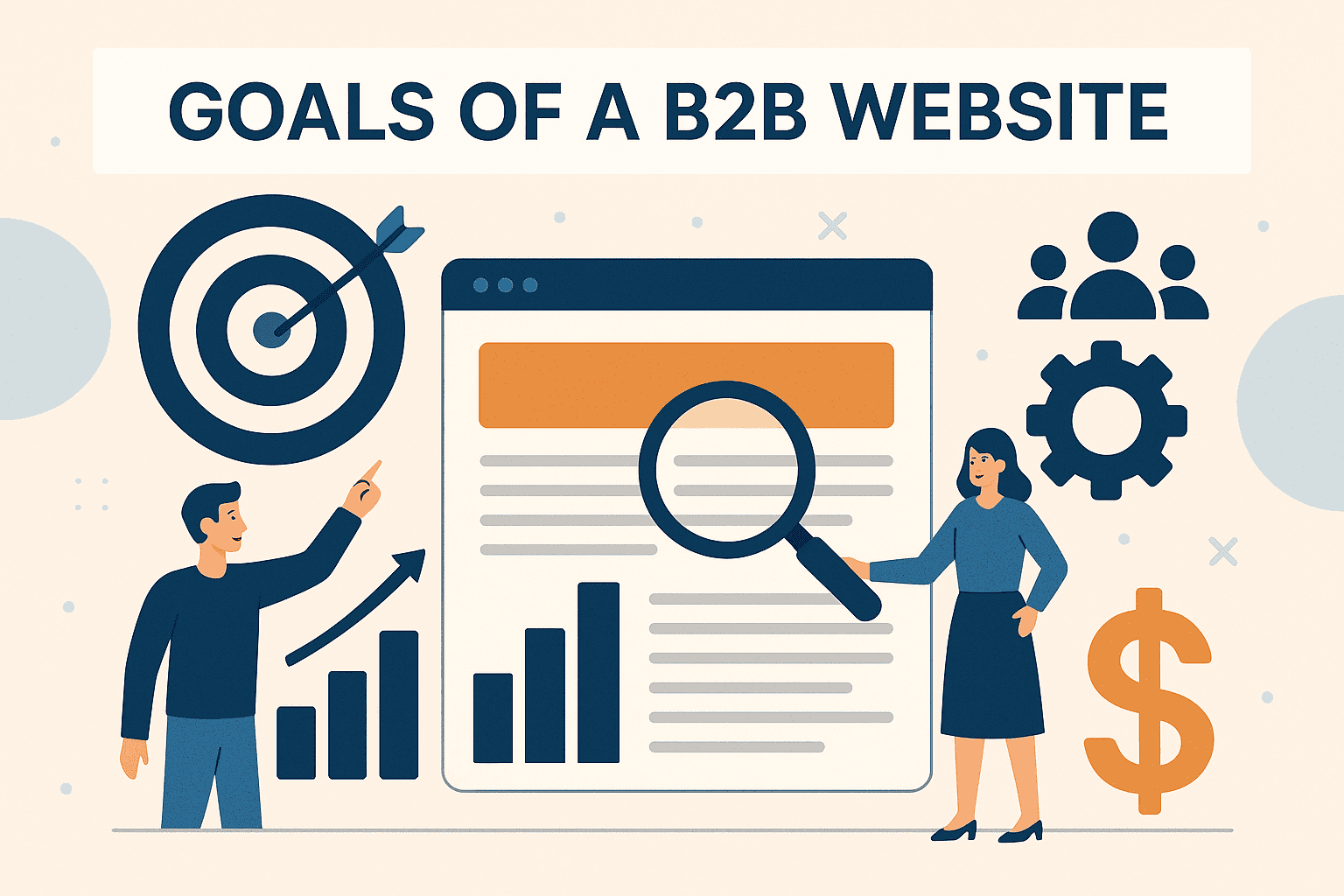
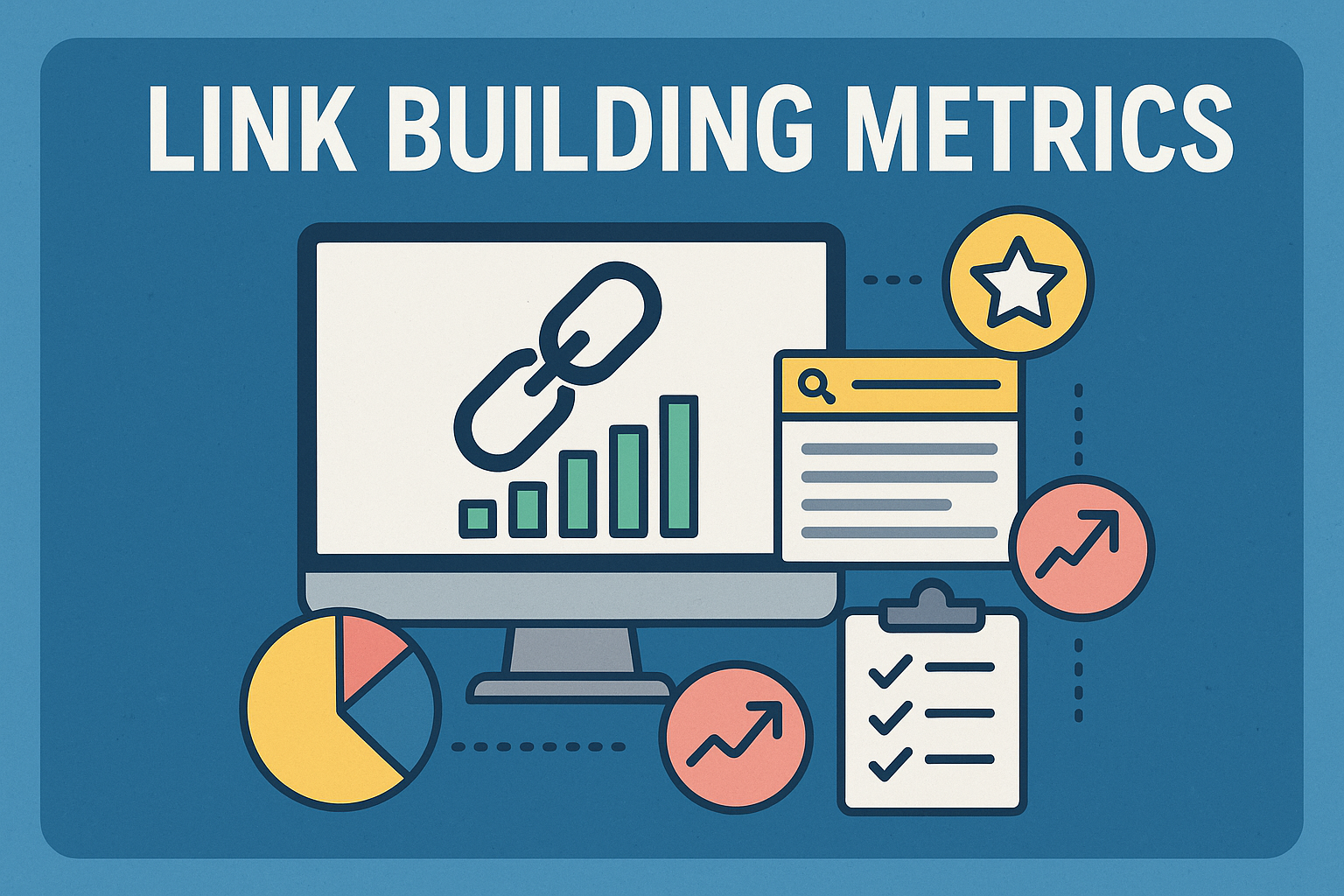
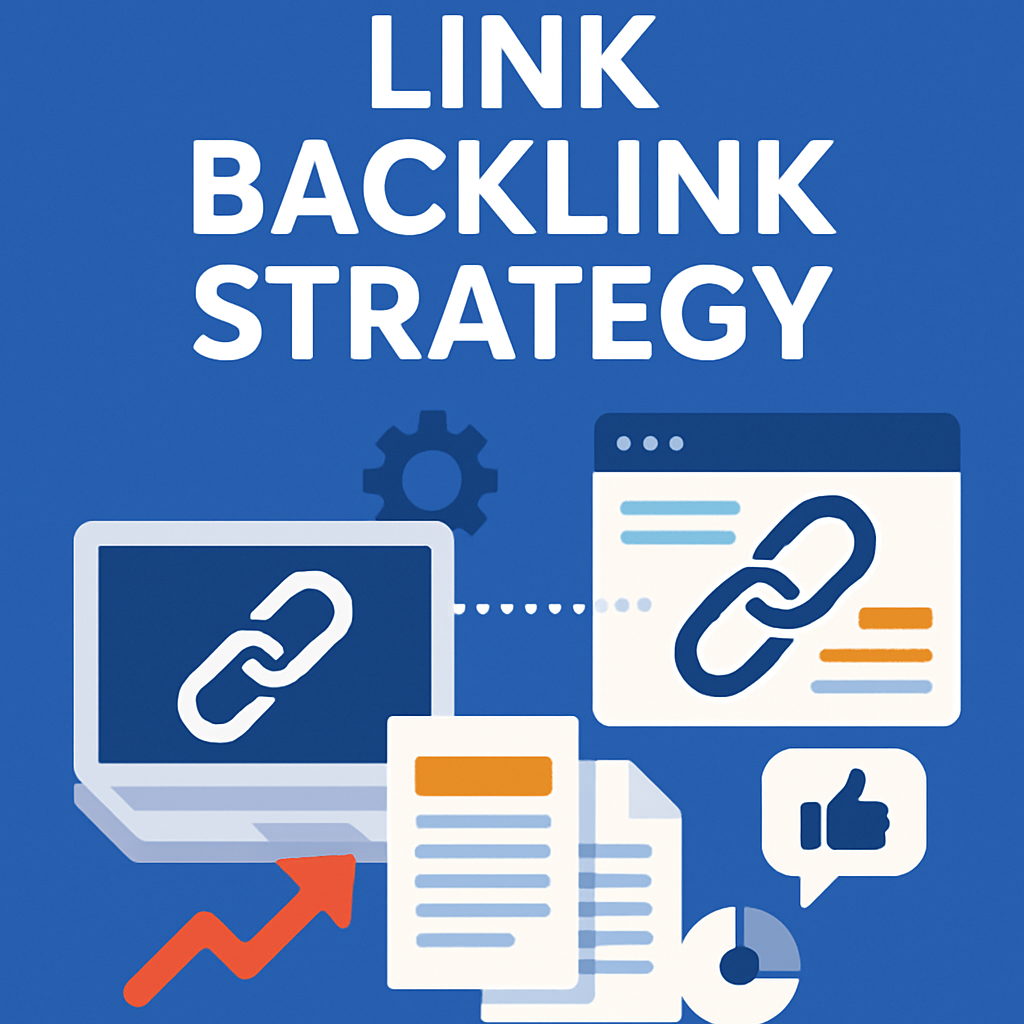
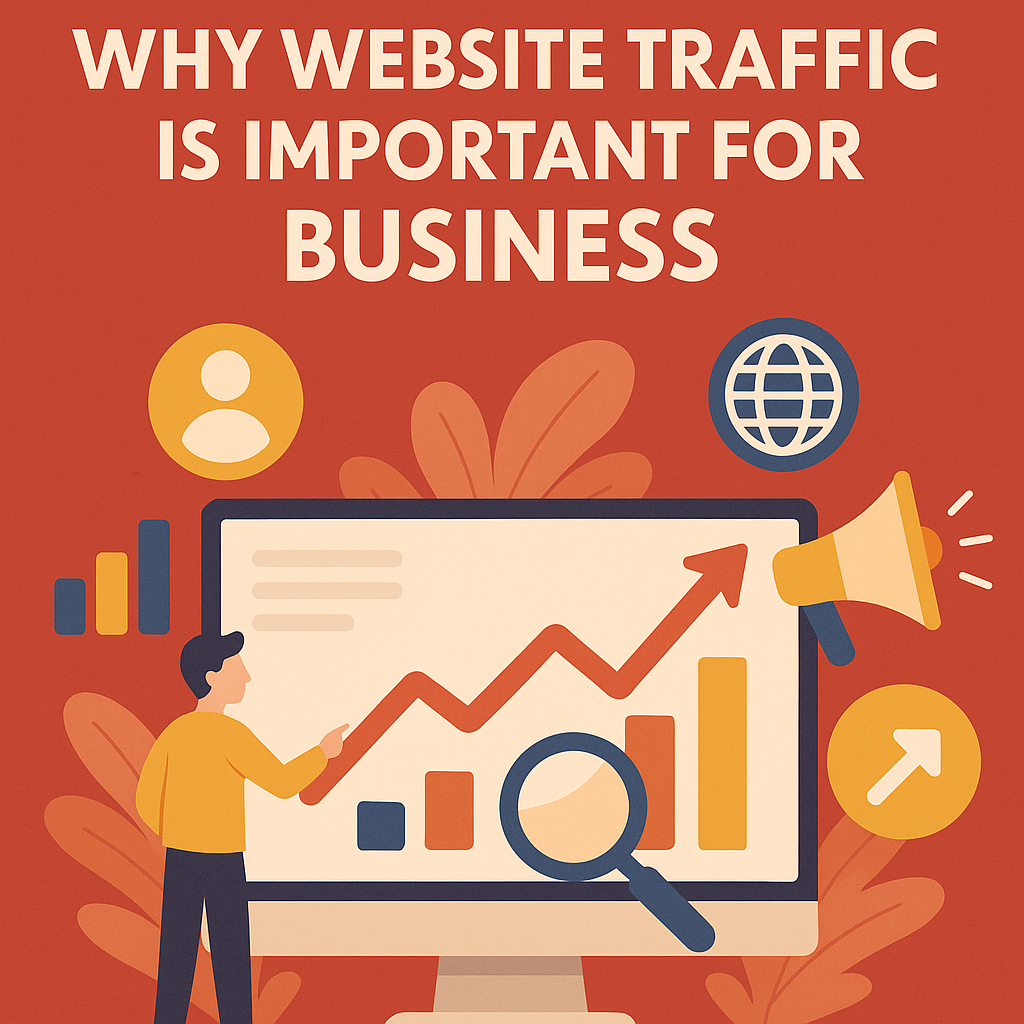
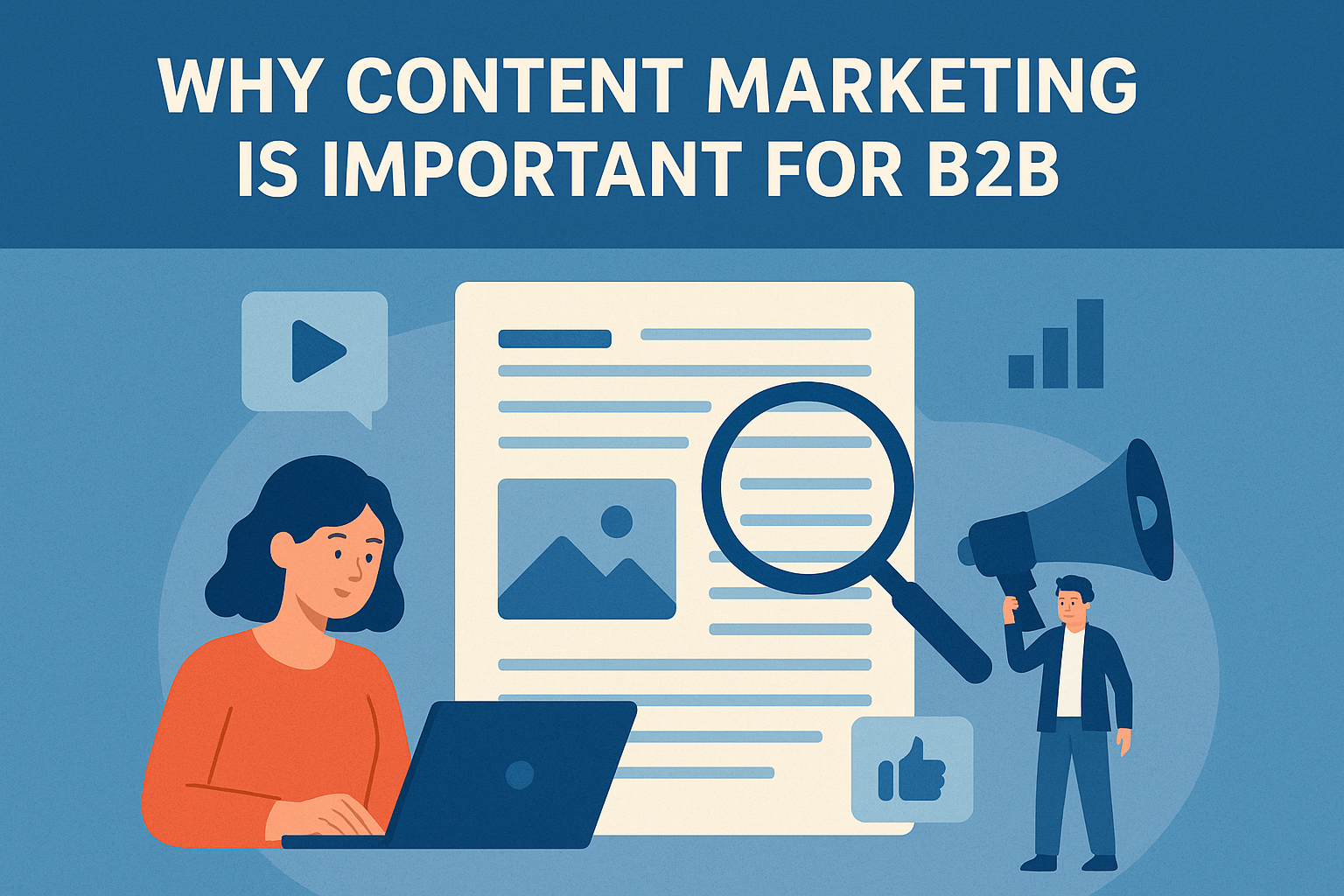
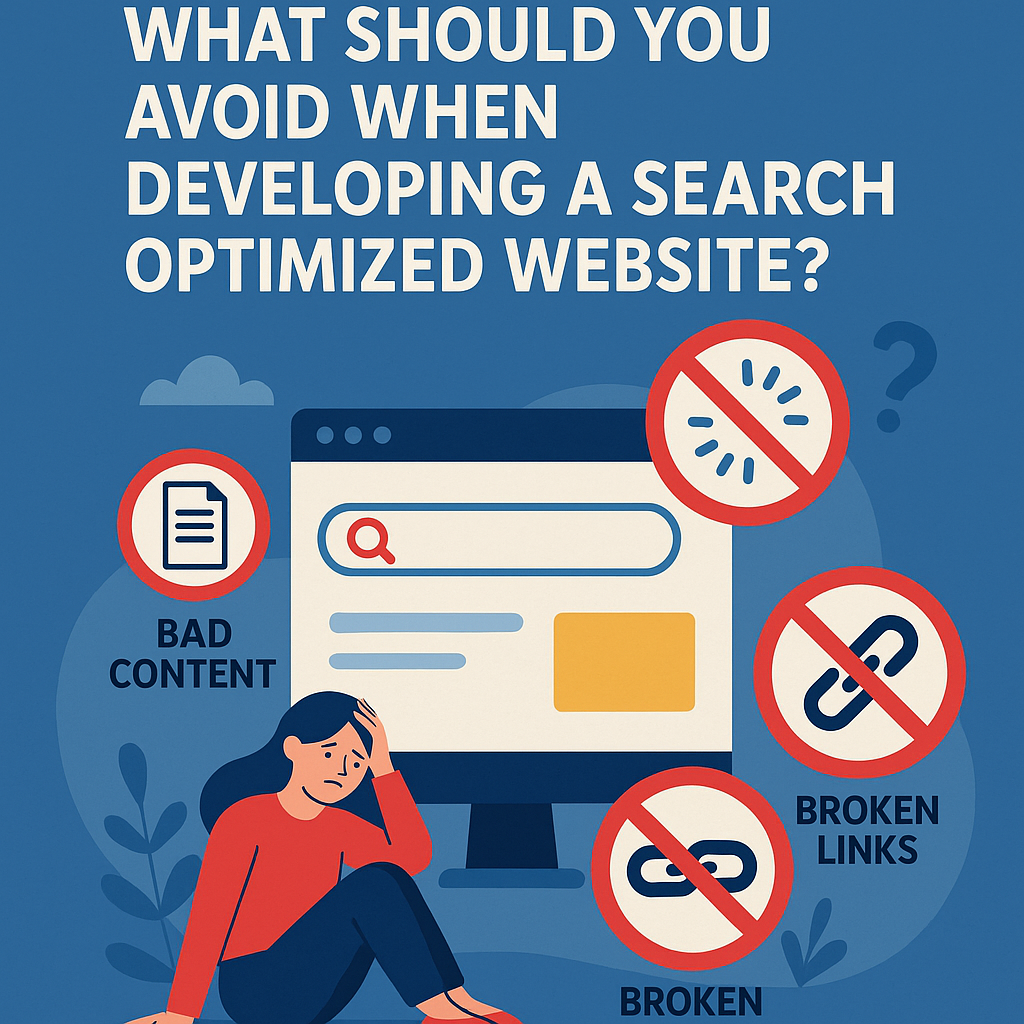
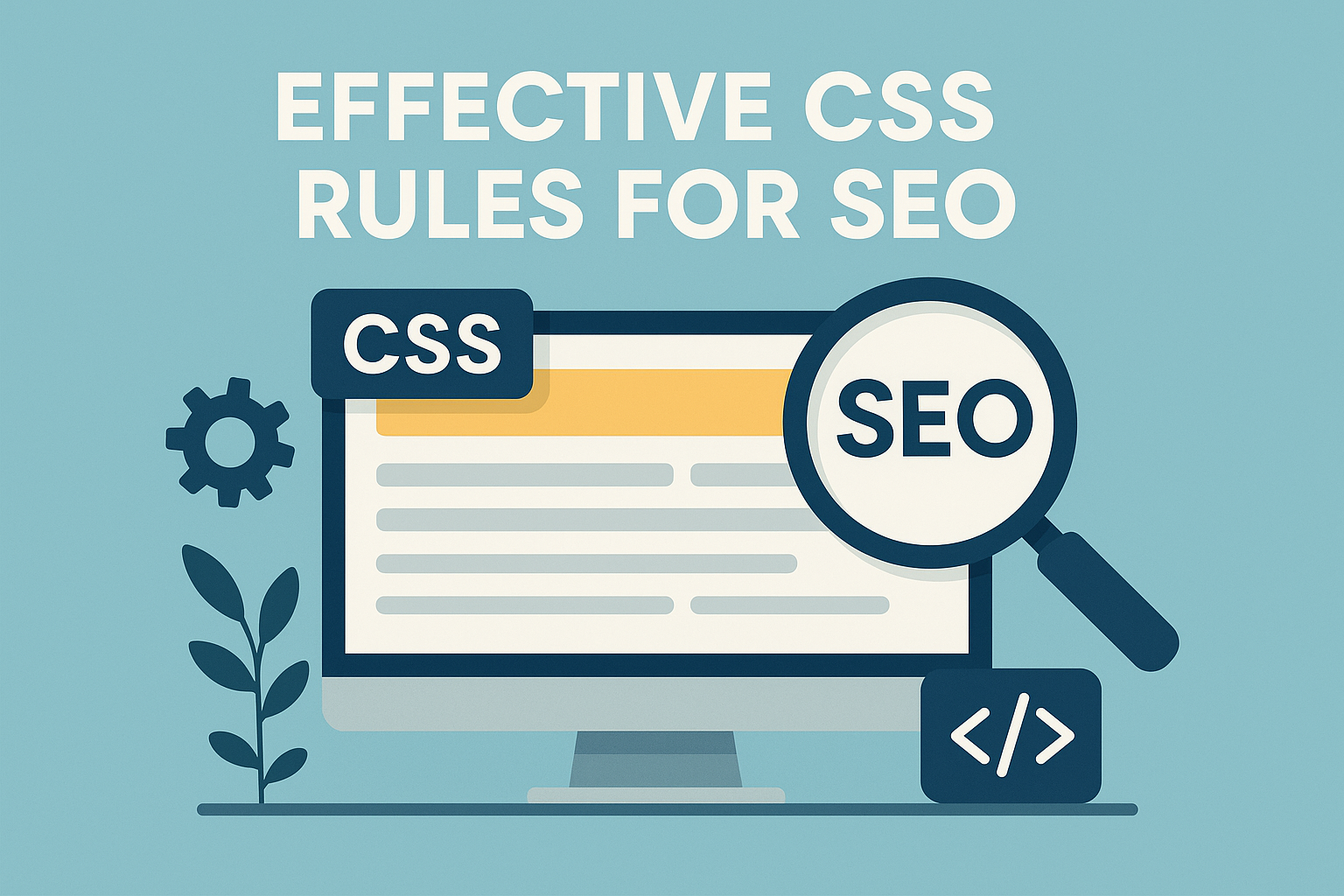
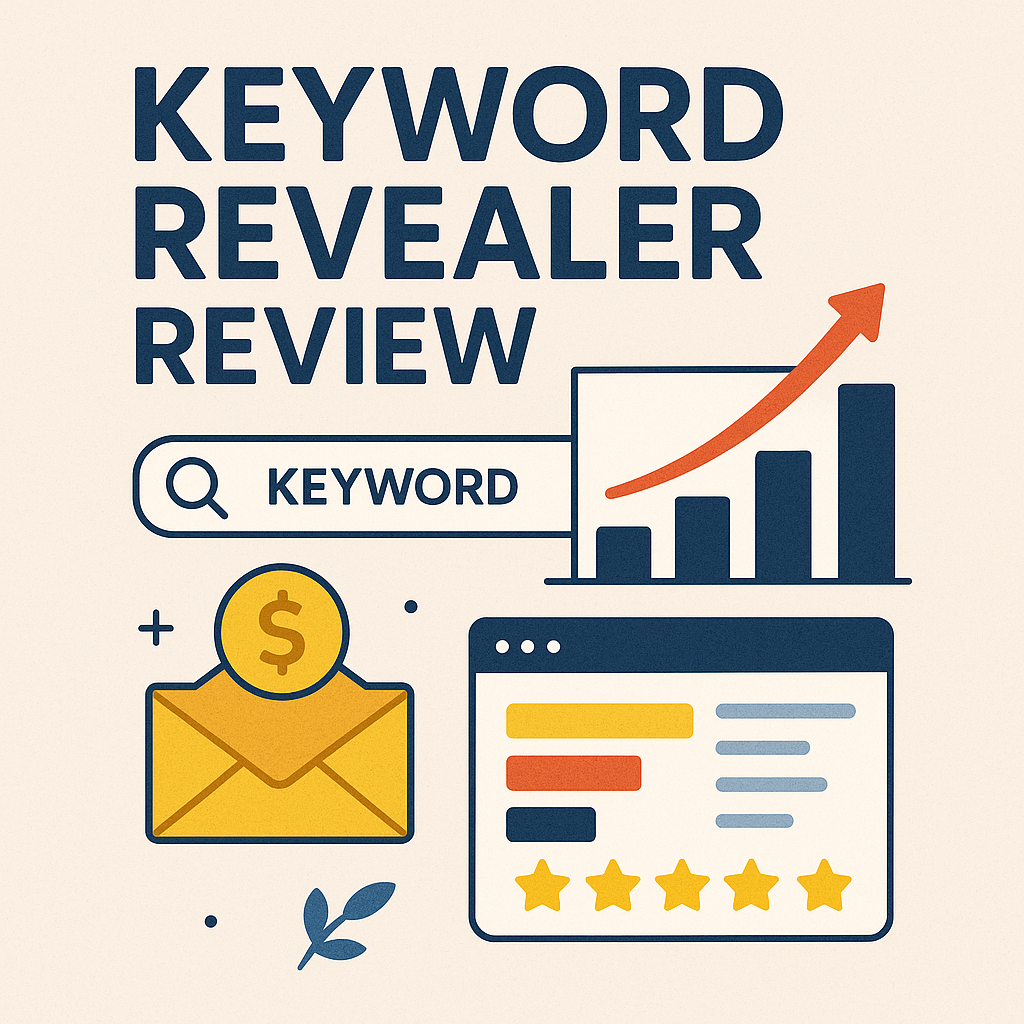
![What To Do After Keyword Research [2025 Guide]](https://backlinkmanagement.io/wp-content/uploads/2025/05/What-To-Do-After-Keyword-Research.png)
![Is Page Speed Really A Ranking Factor? [2025]](https://backlinkmanagement.io/wp-content/uploads/2025/05/Is-Page-Speed-Really-A-Ranking-Factor.png)

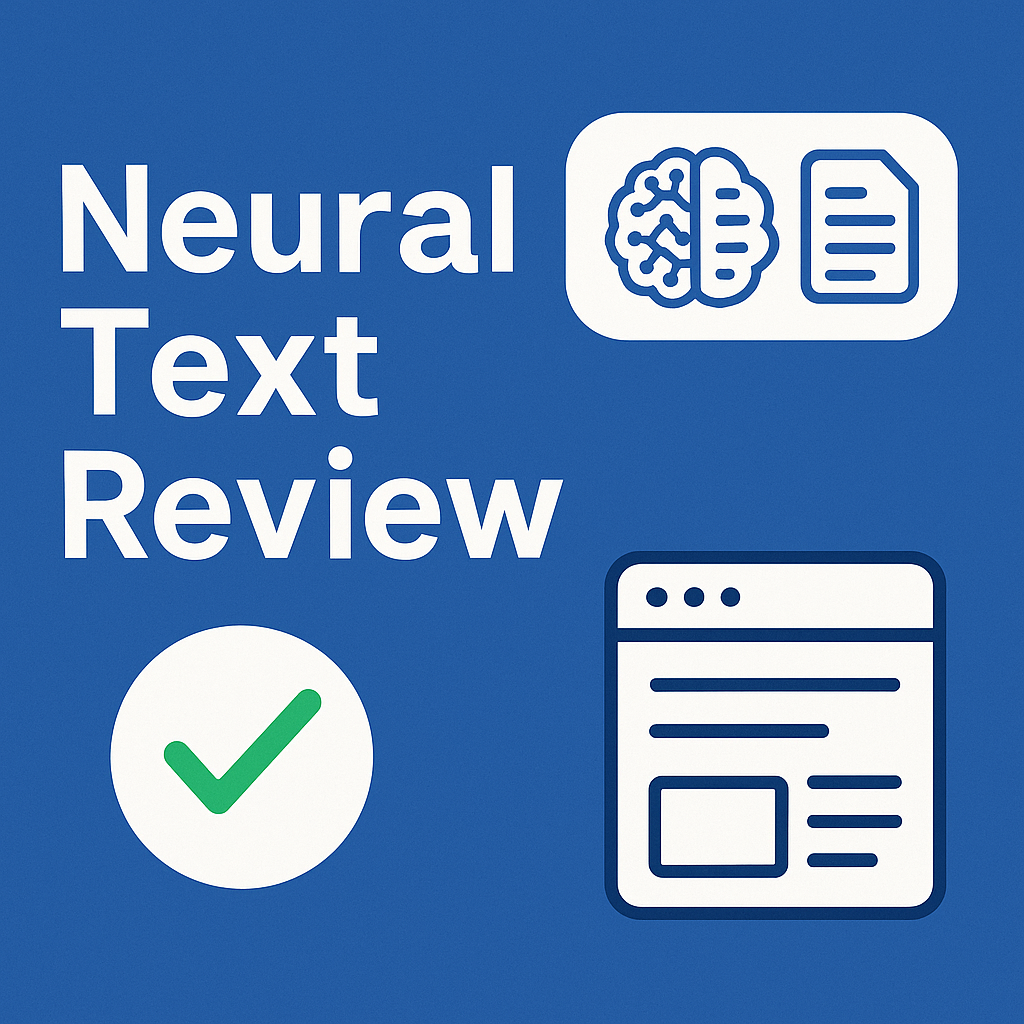

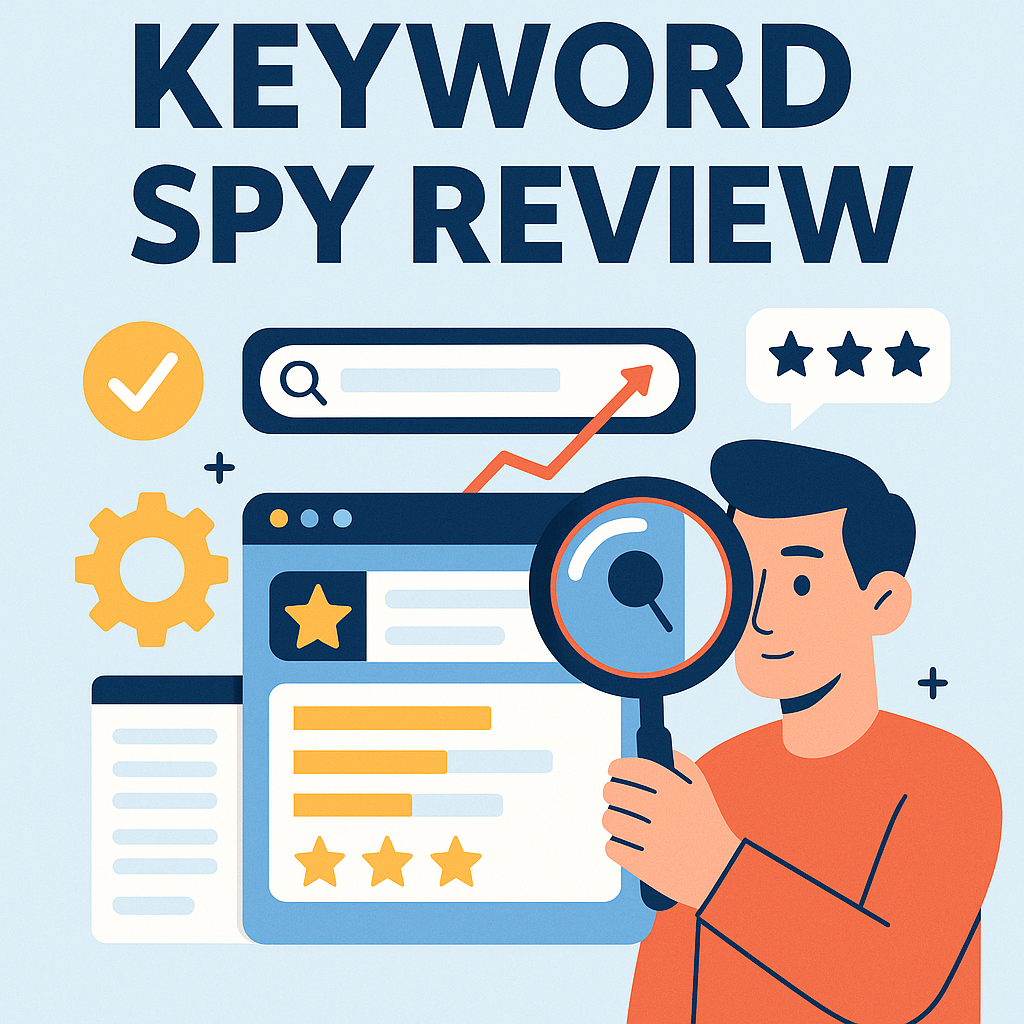


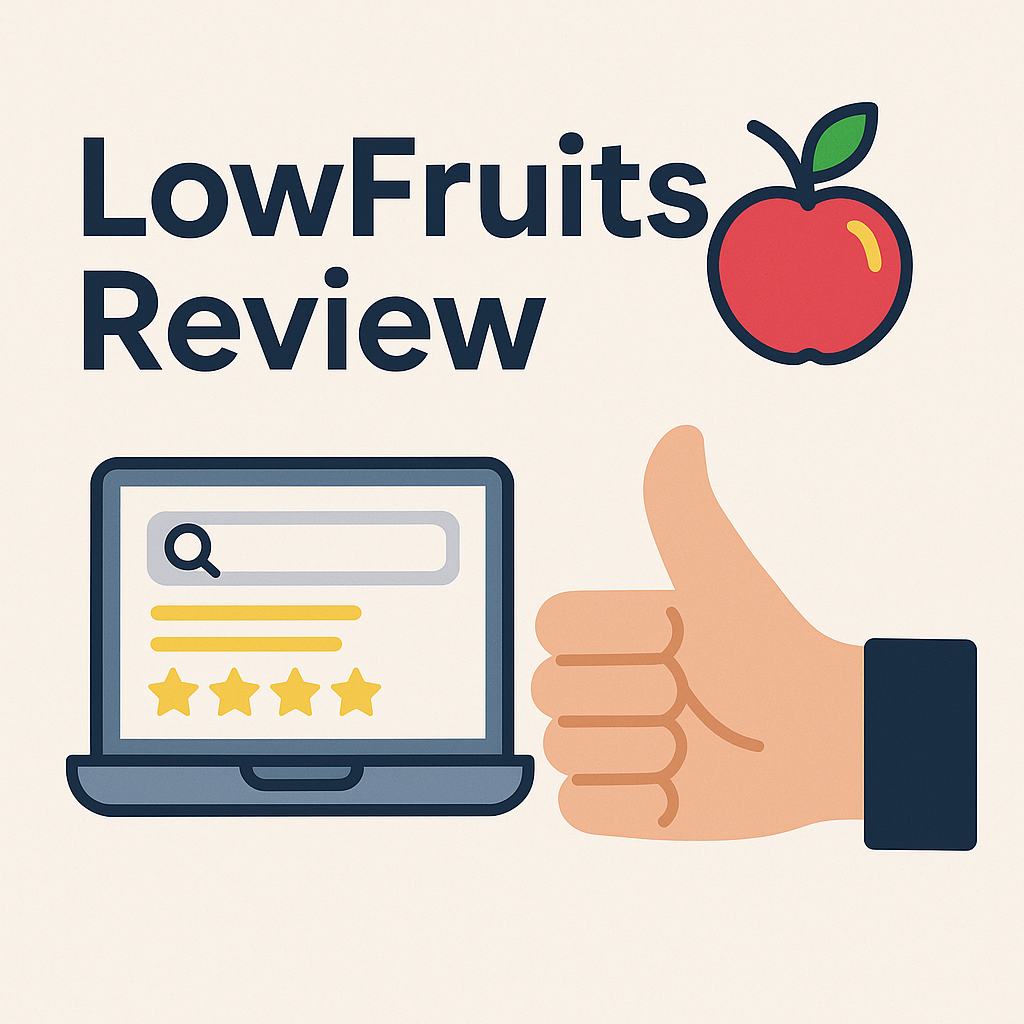

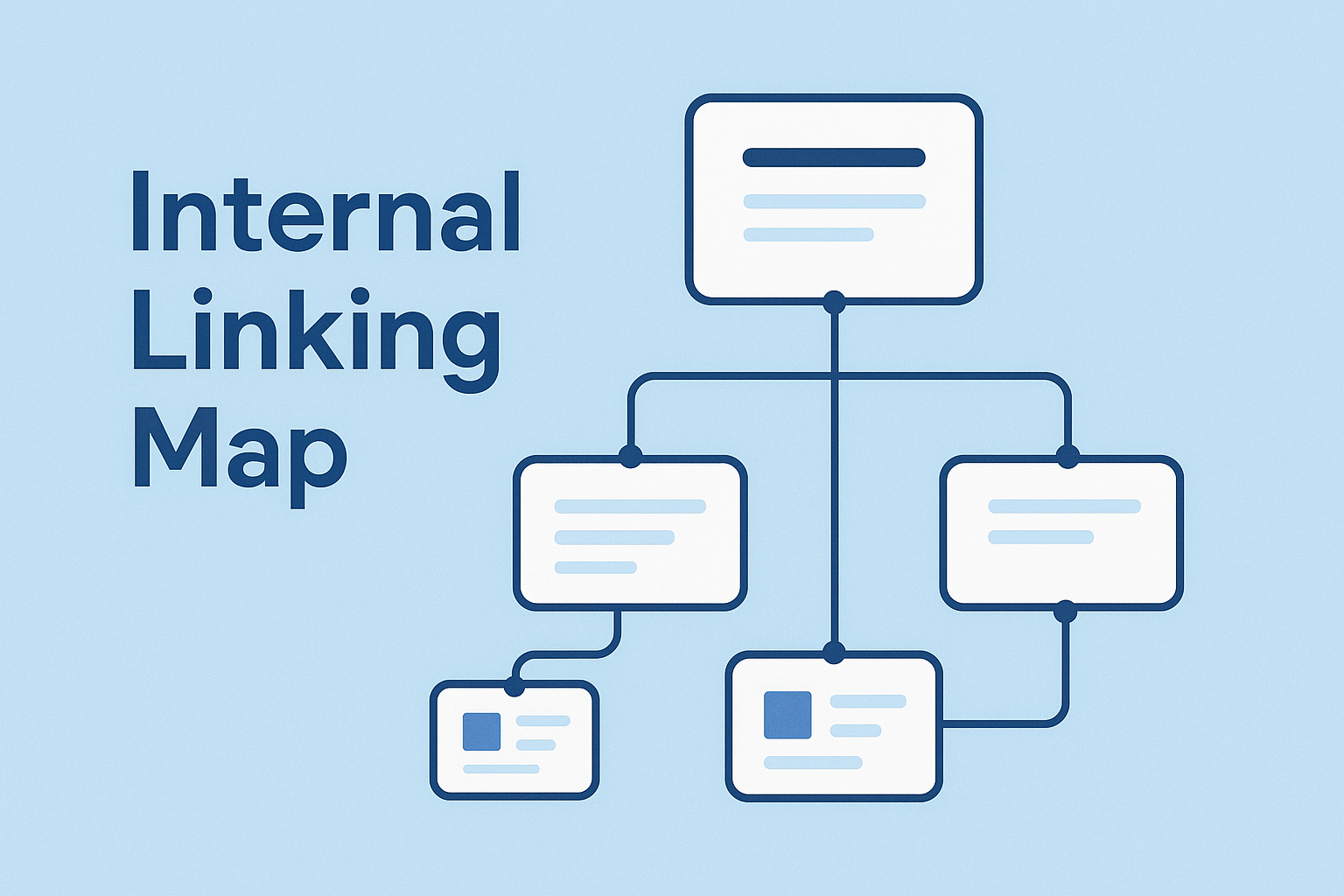
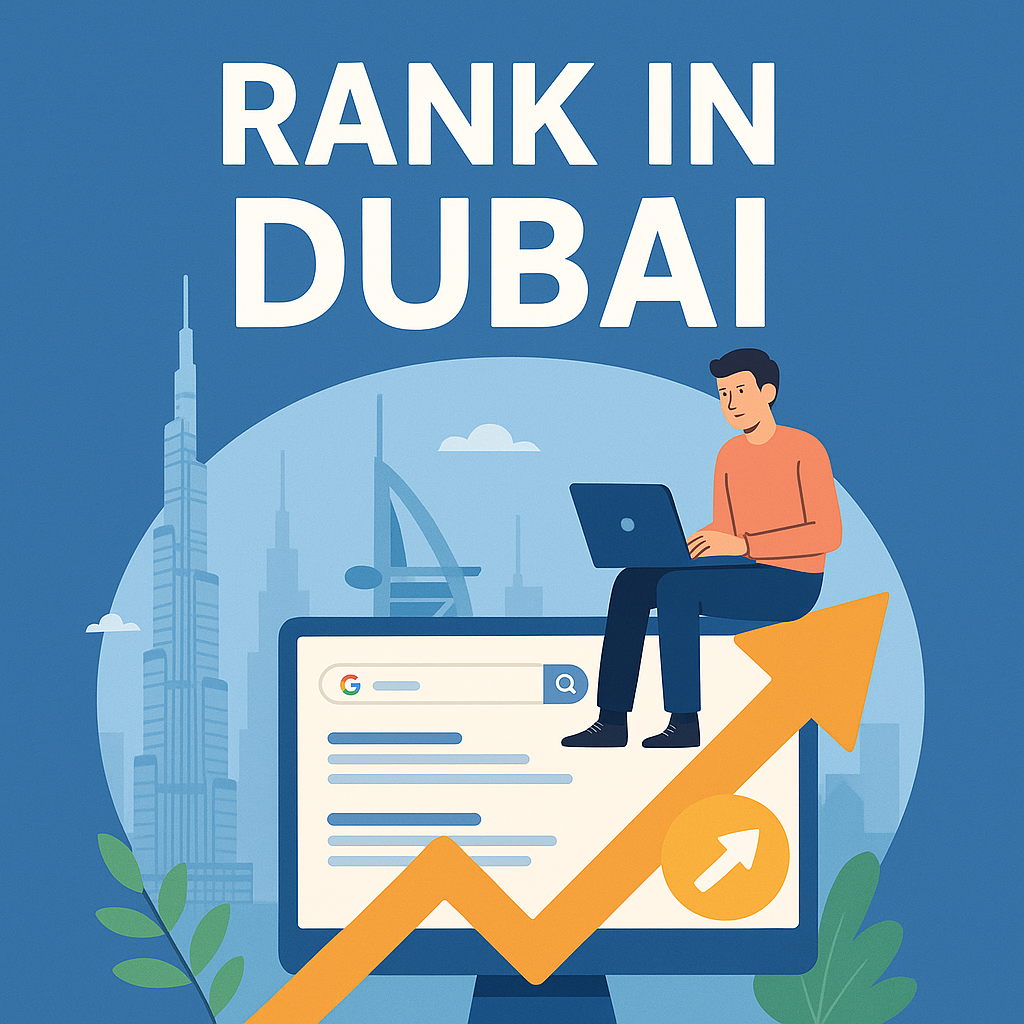
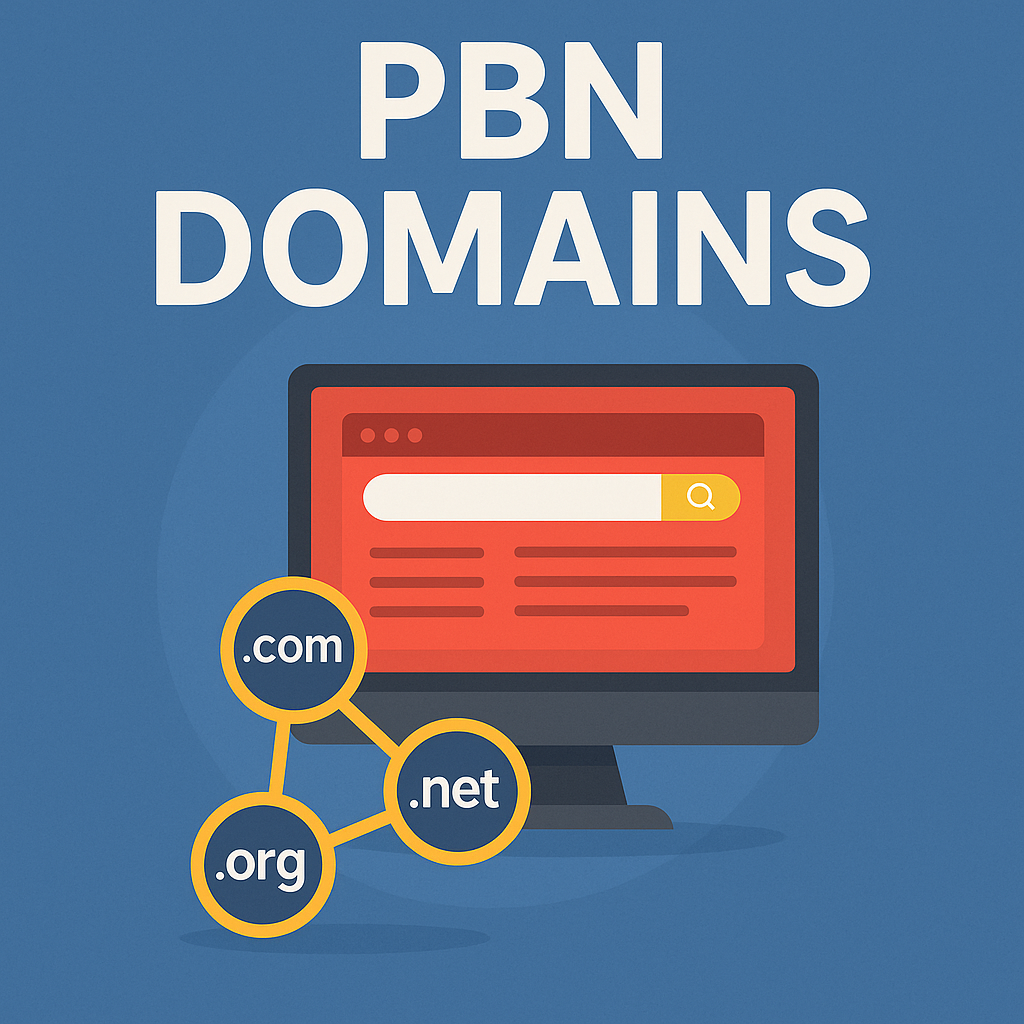
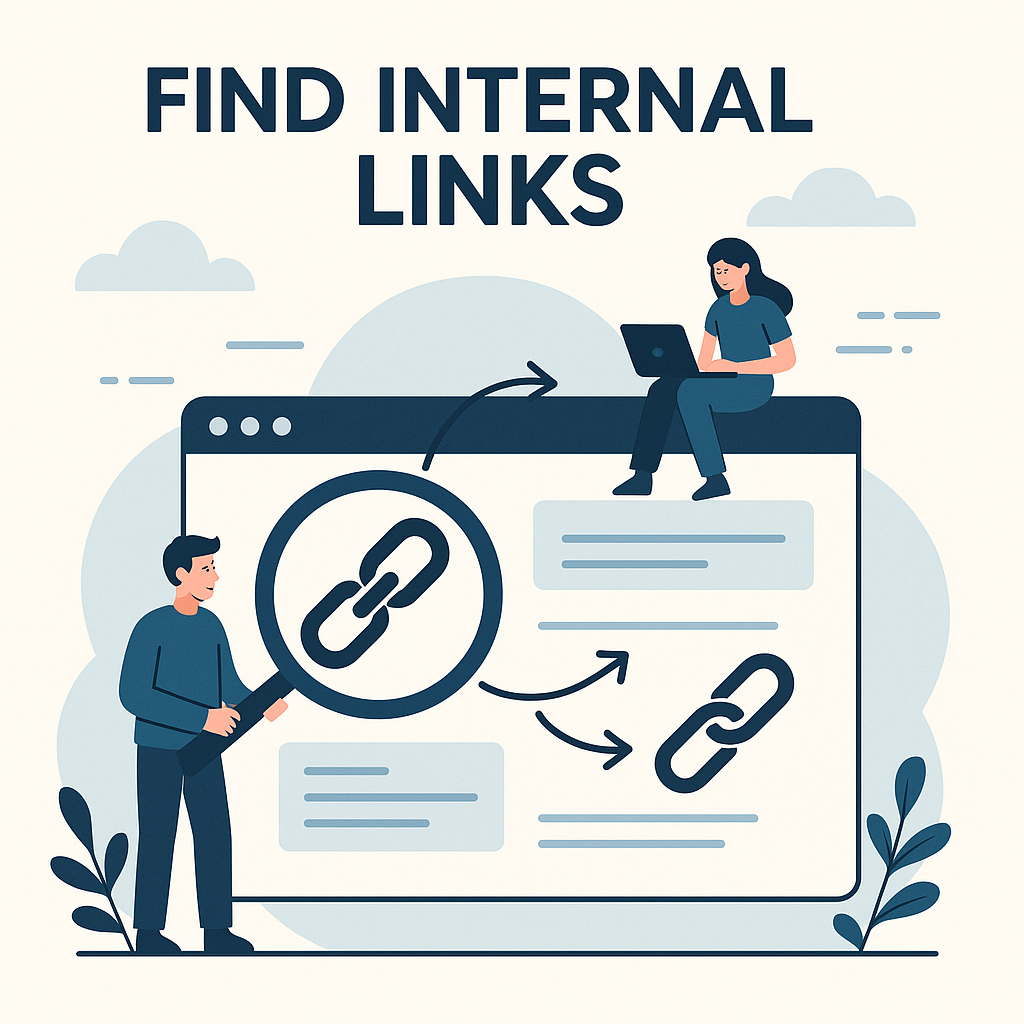
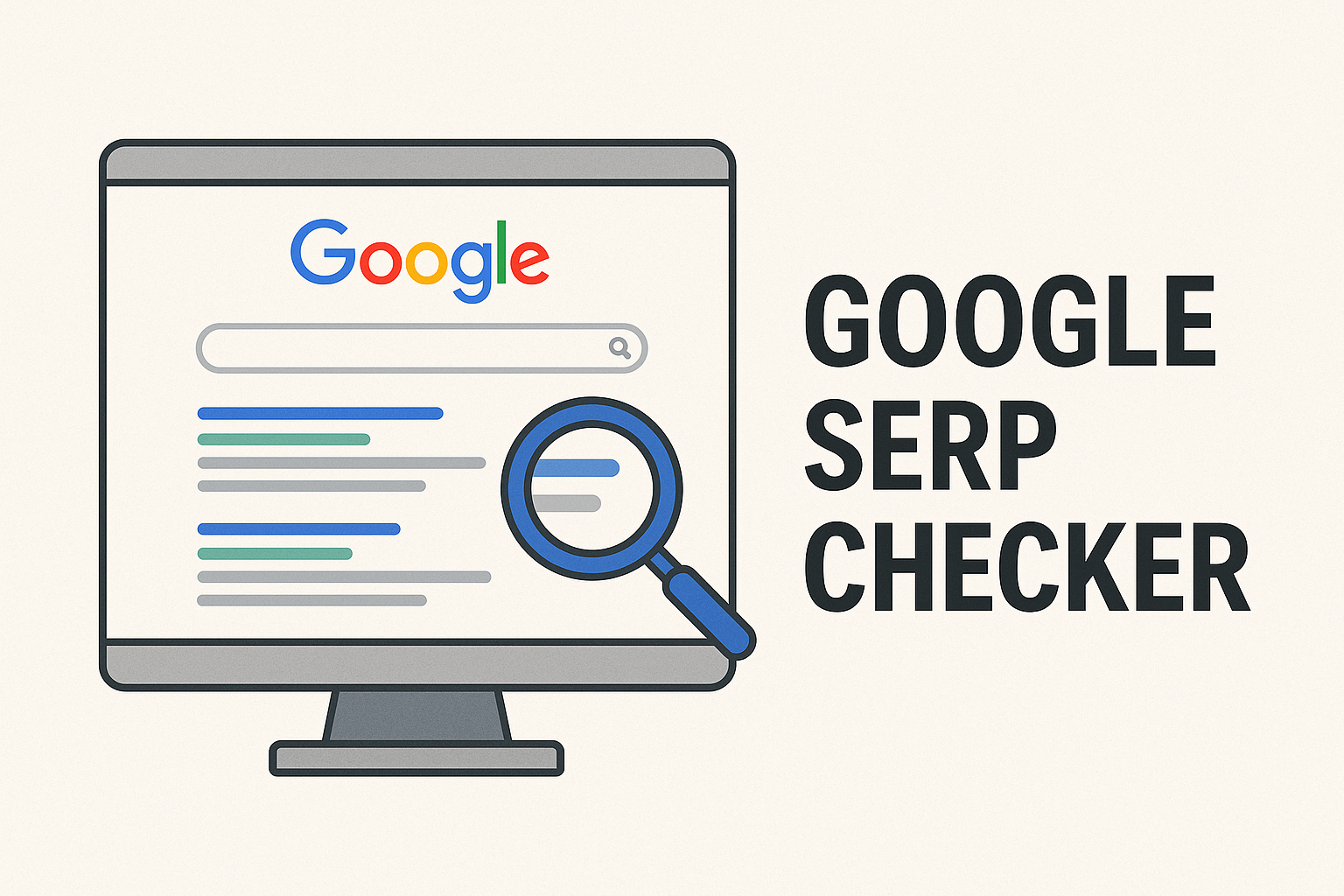
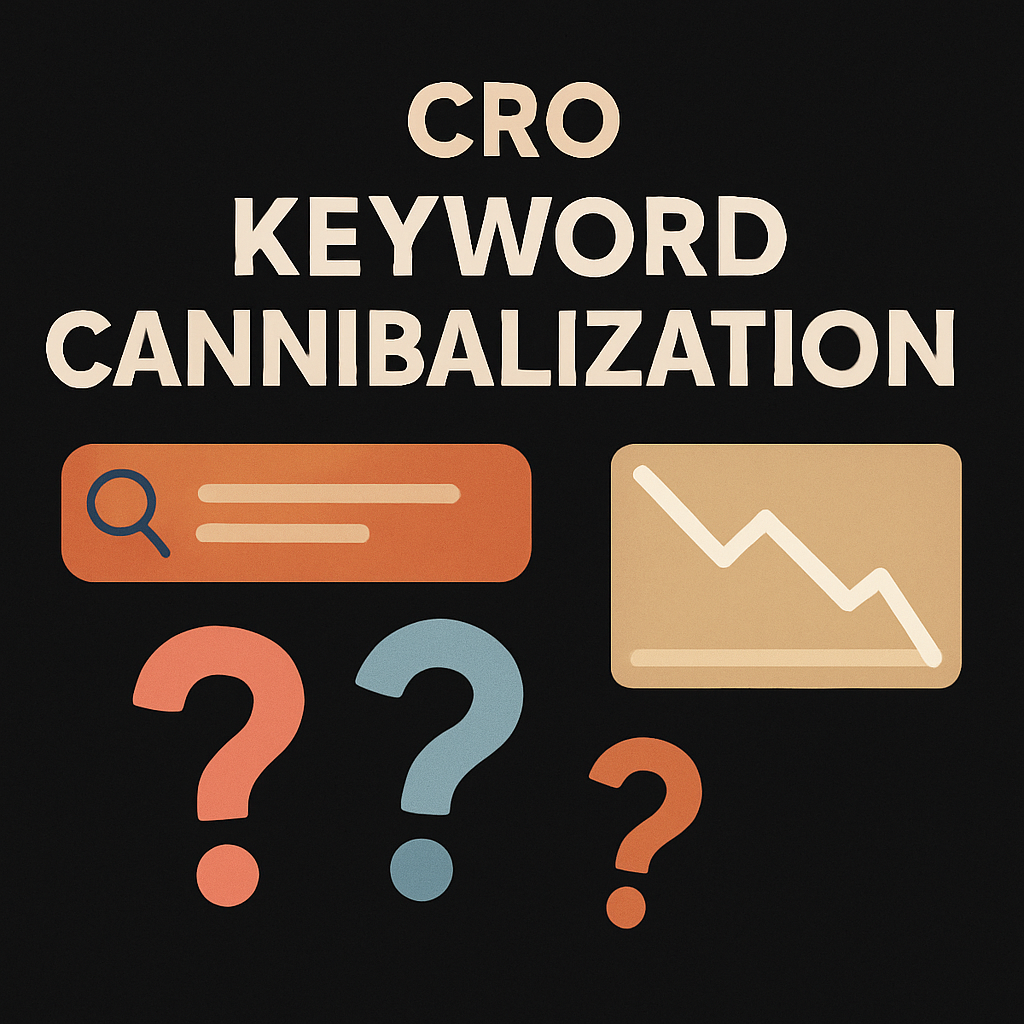
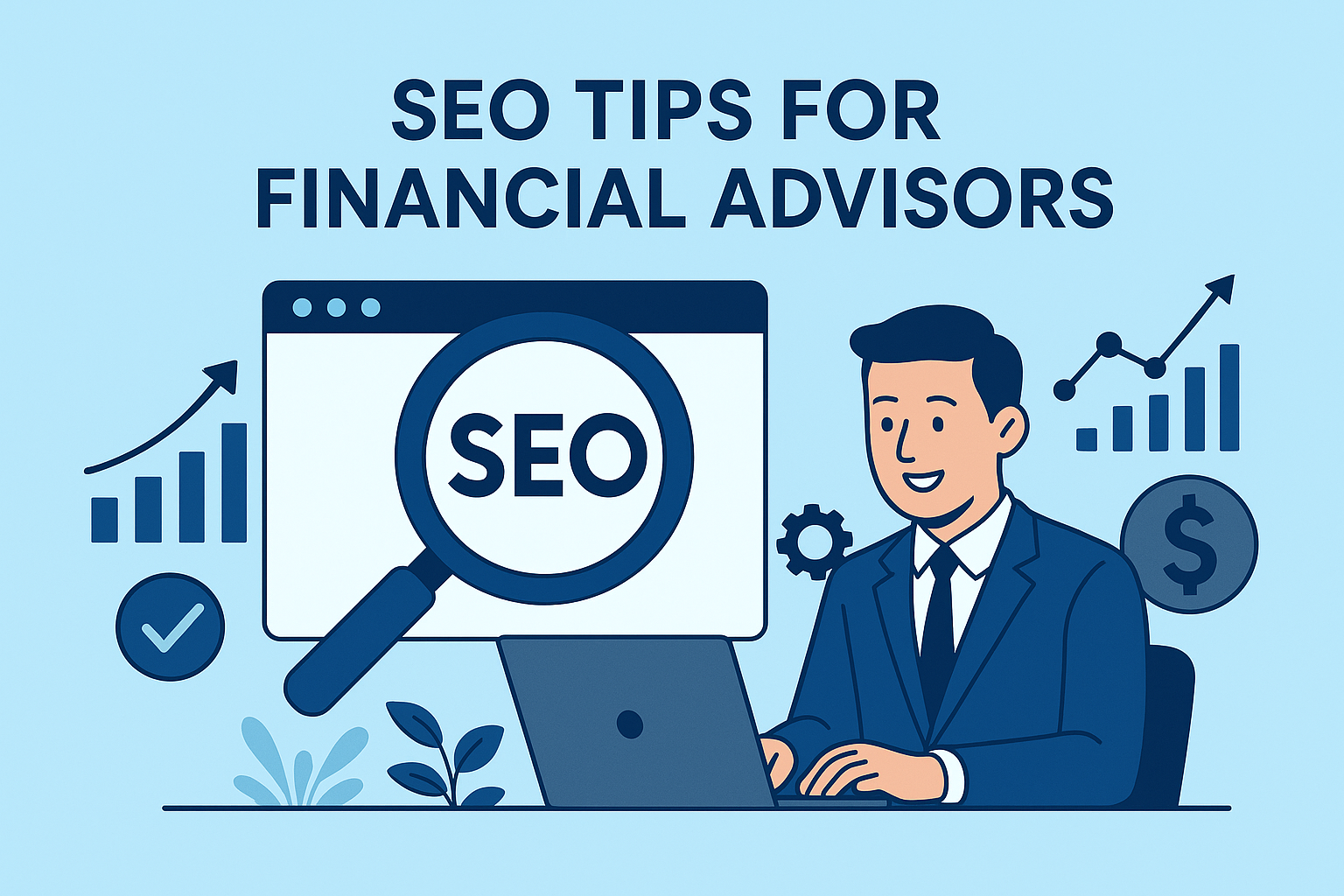

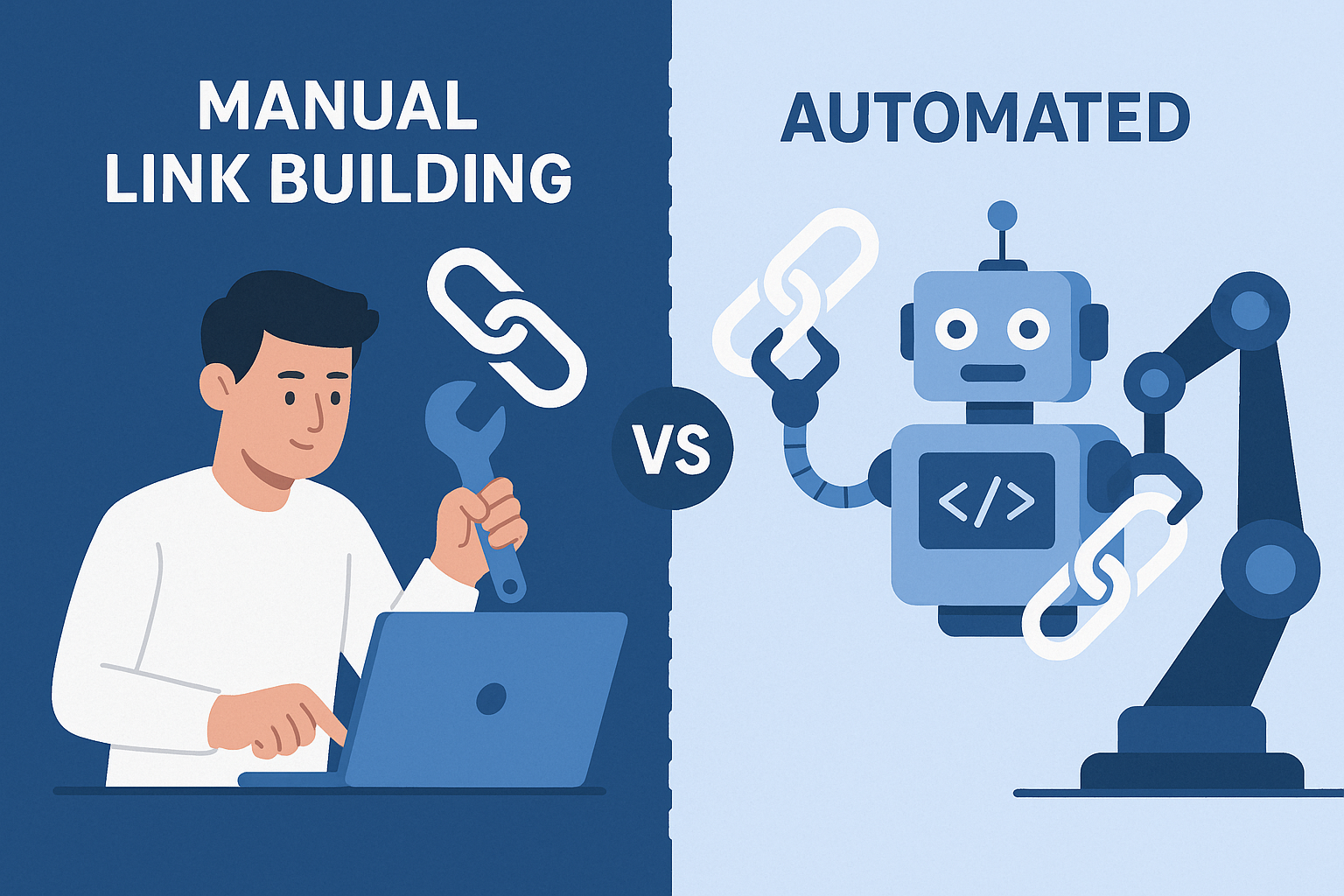

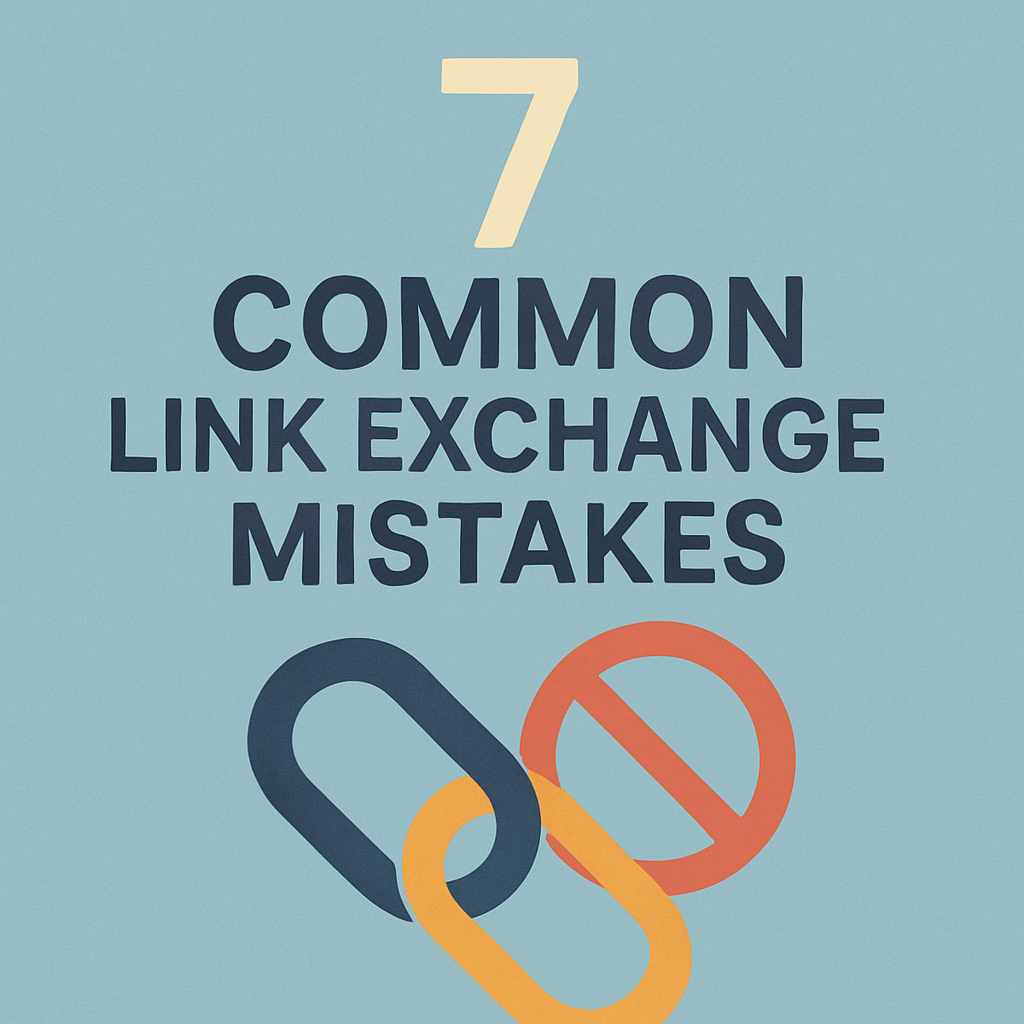
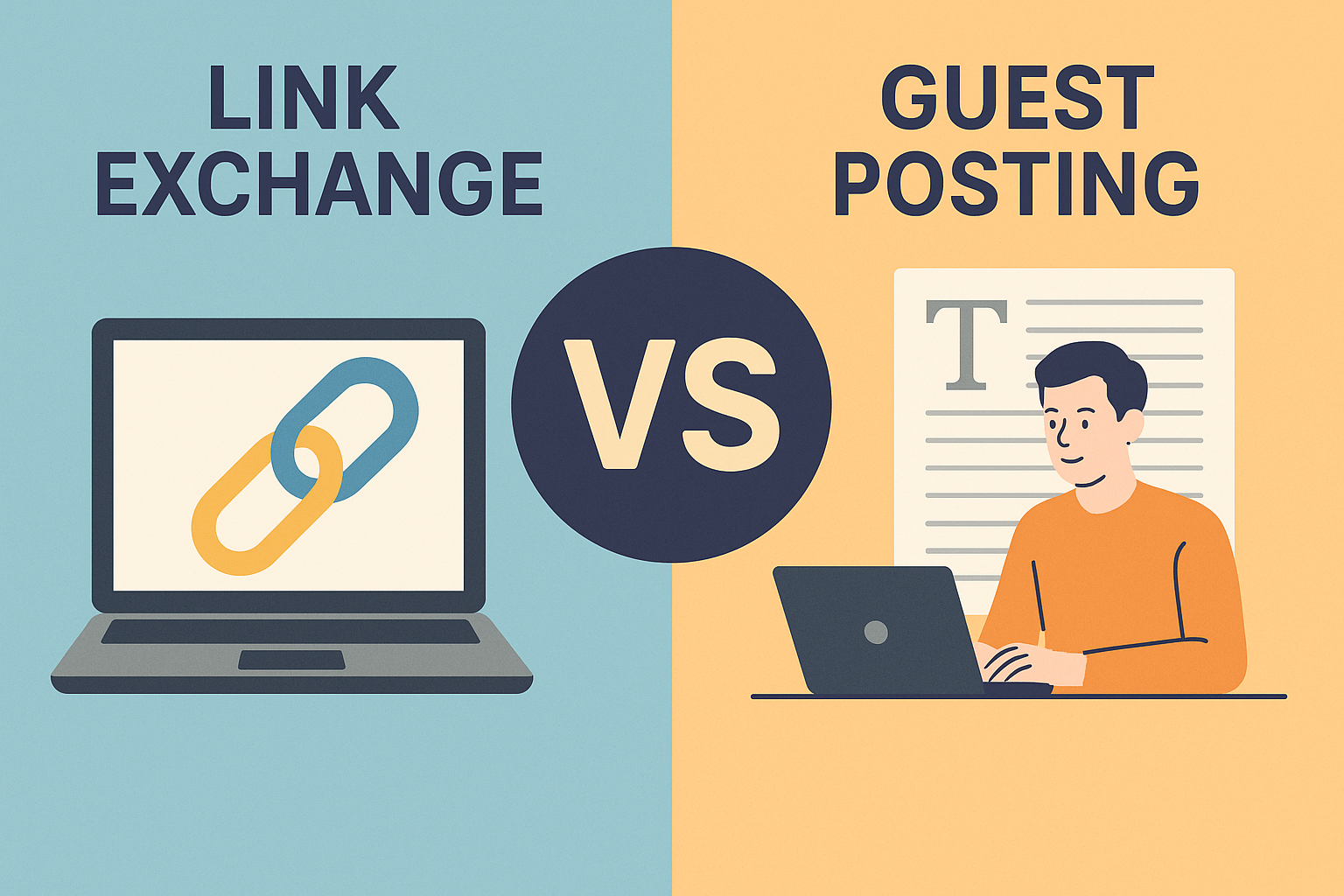
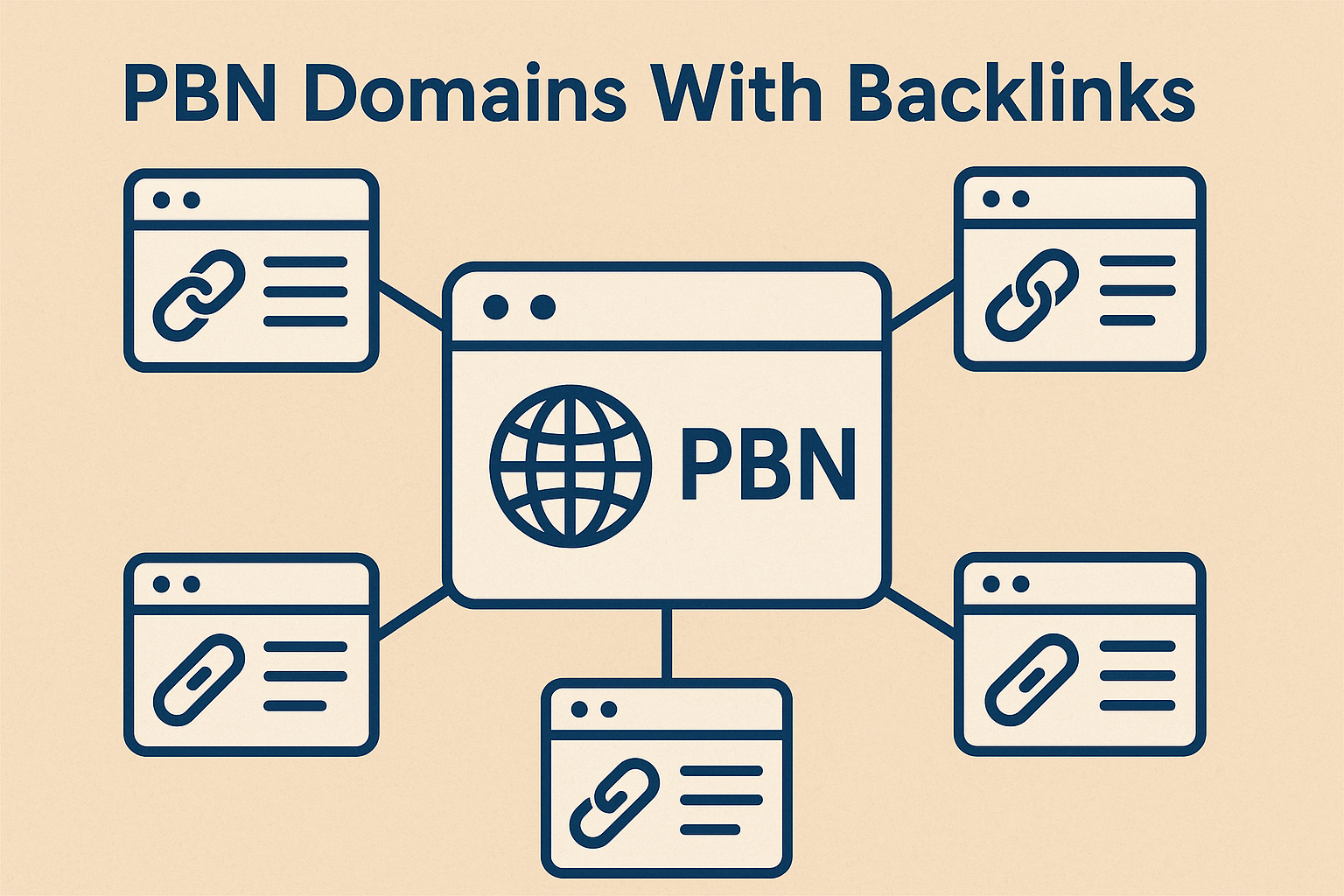
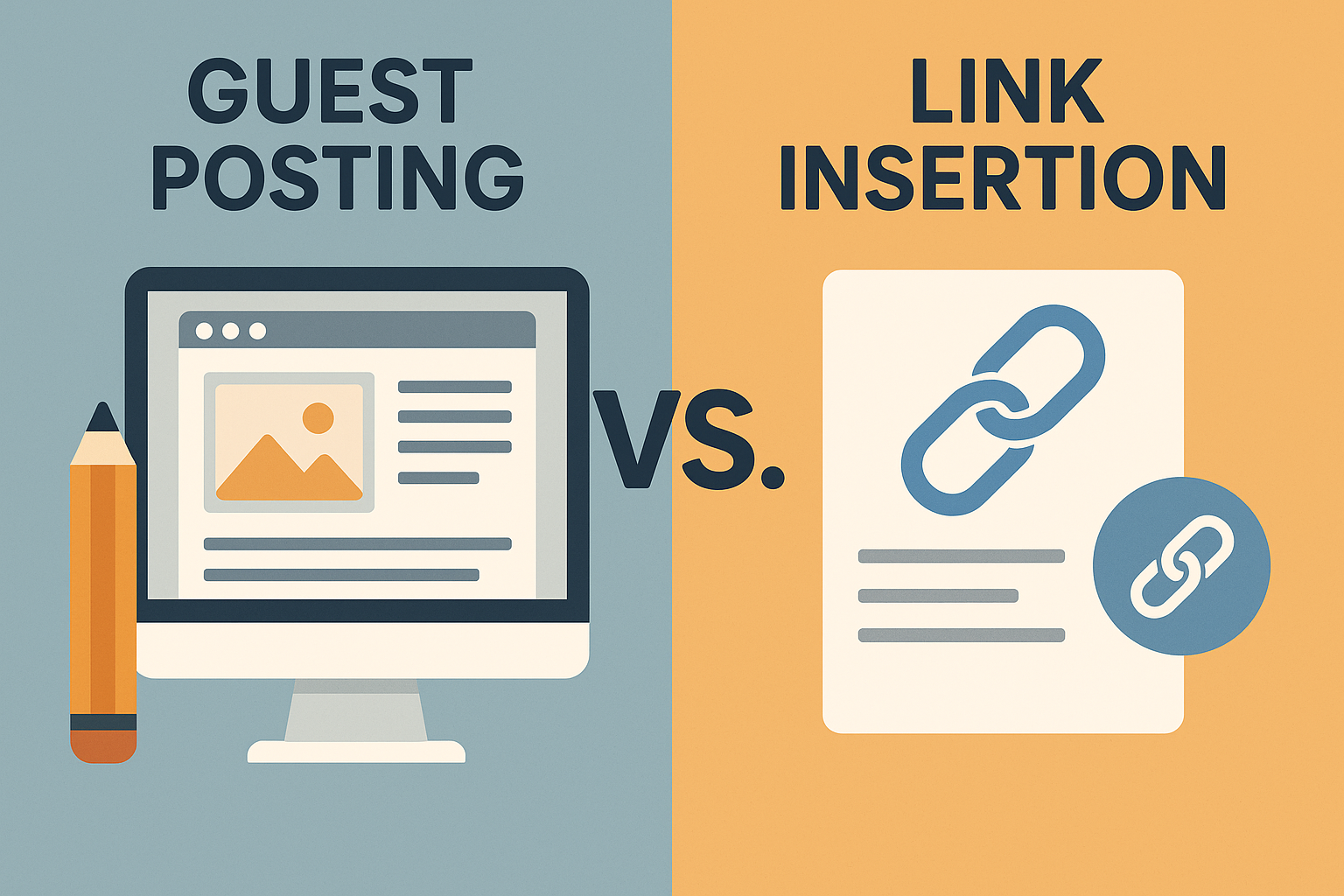
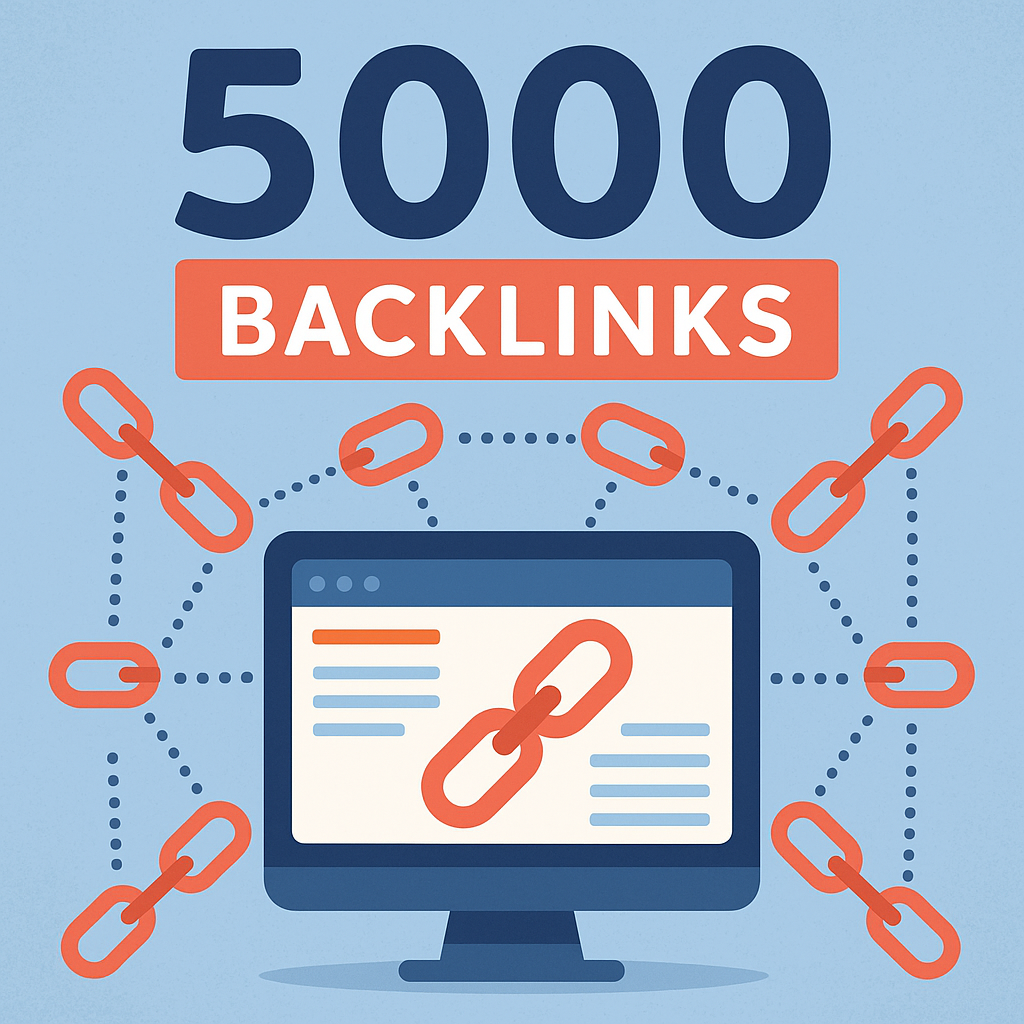

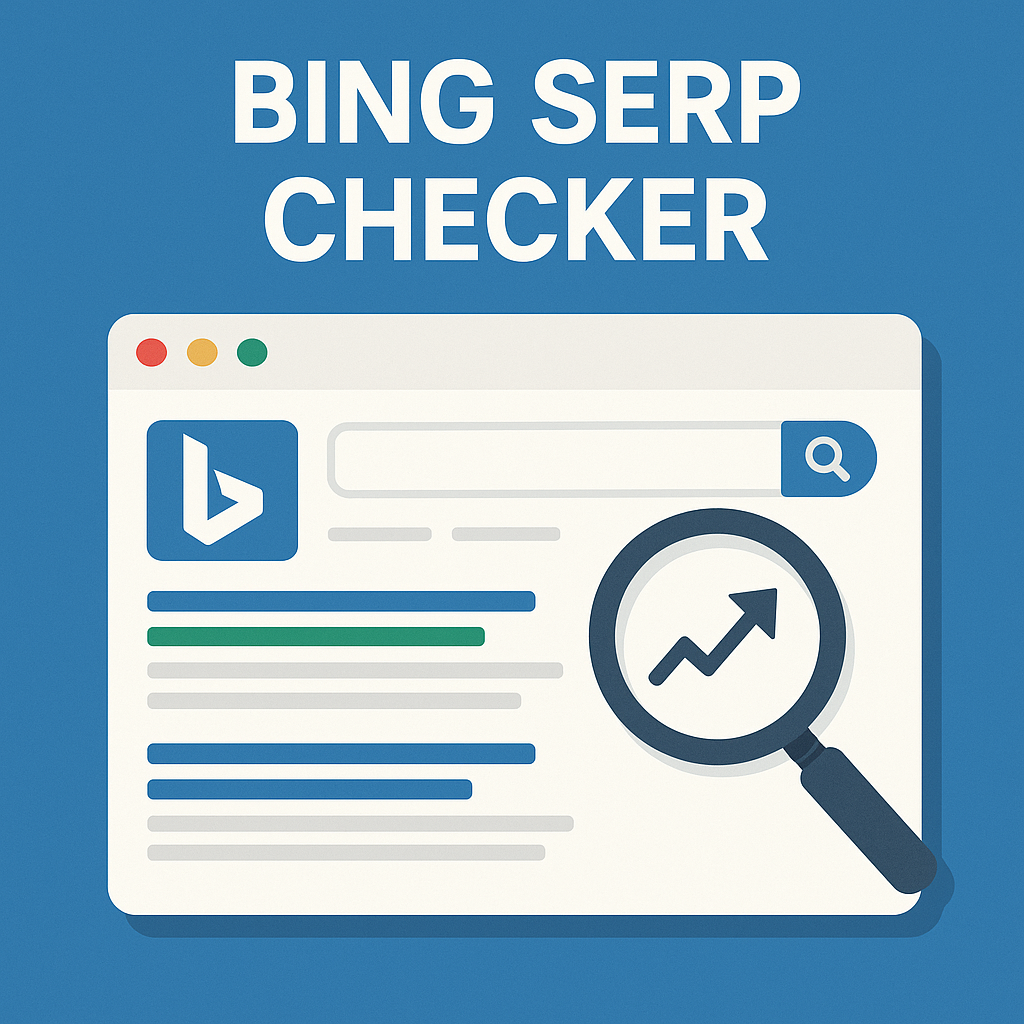
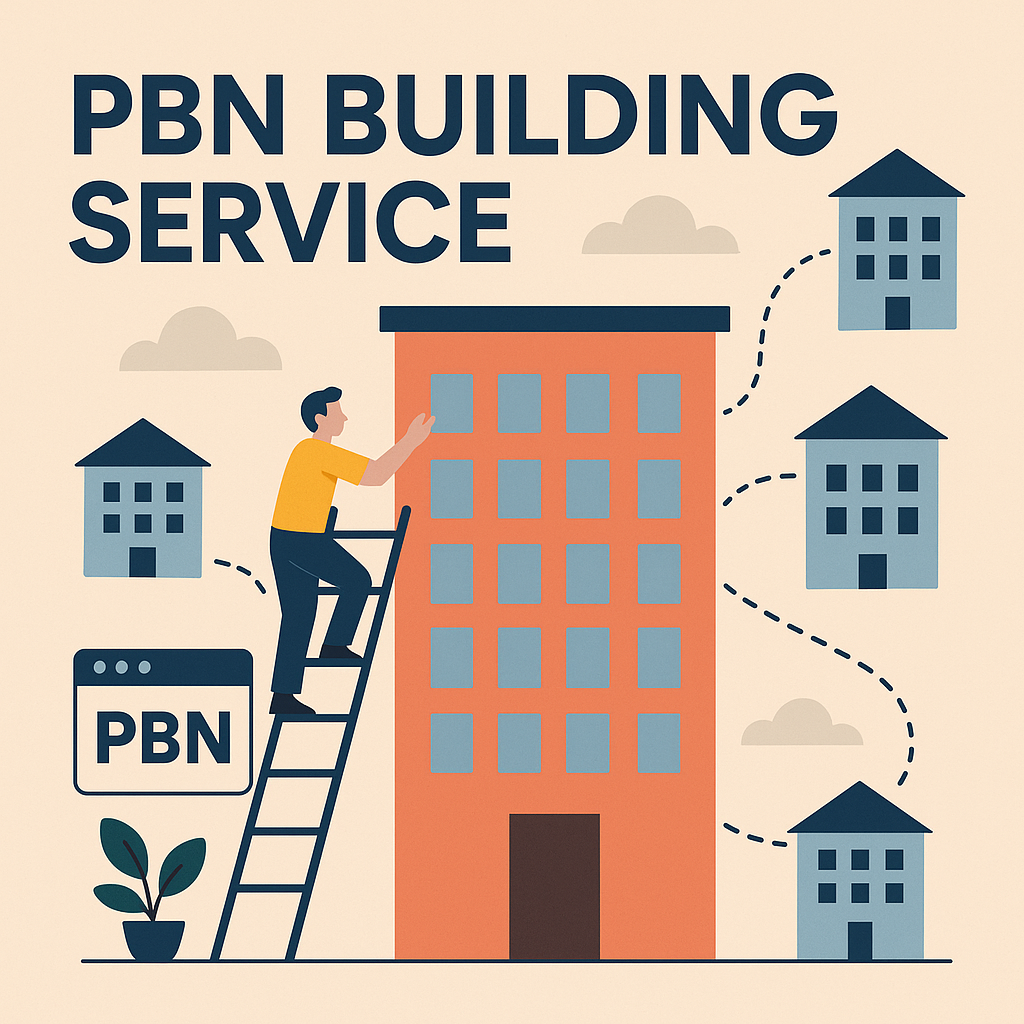
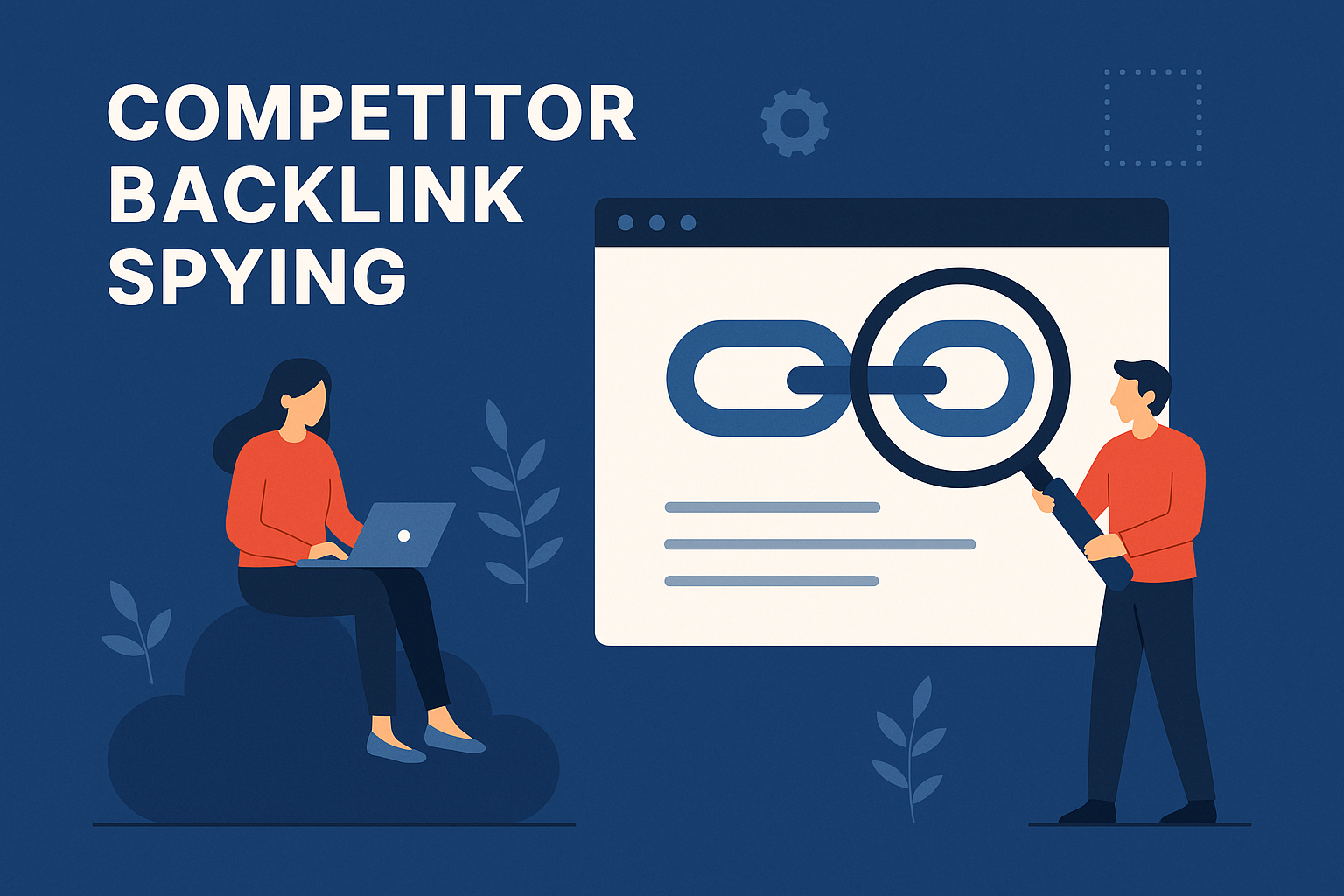
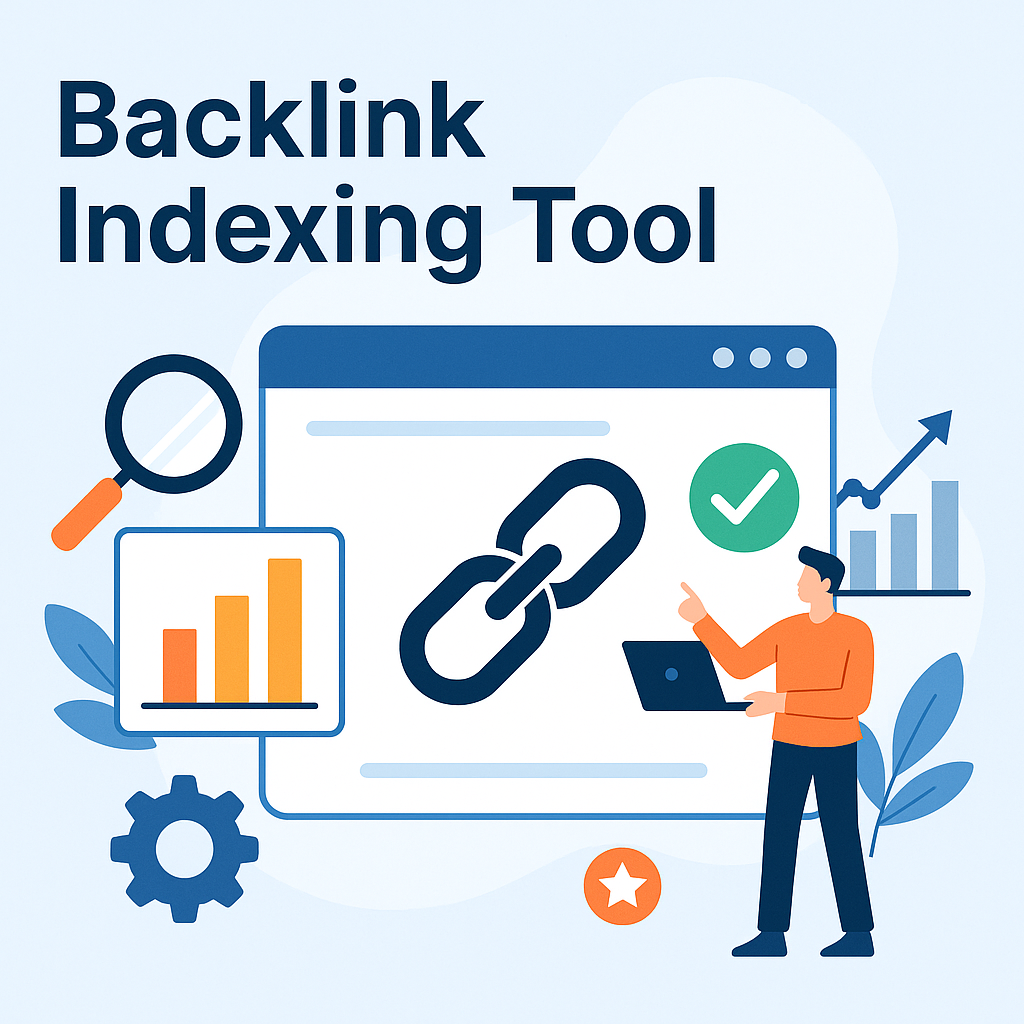


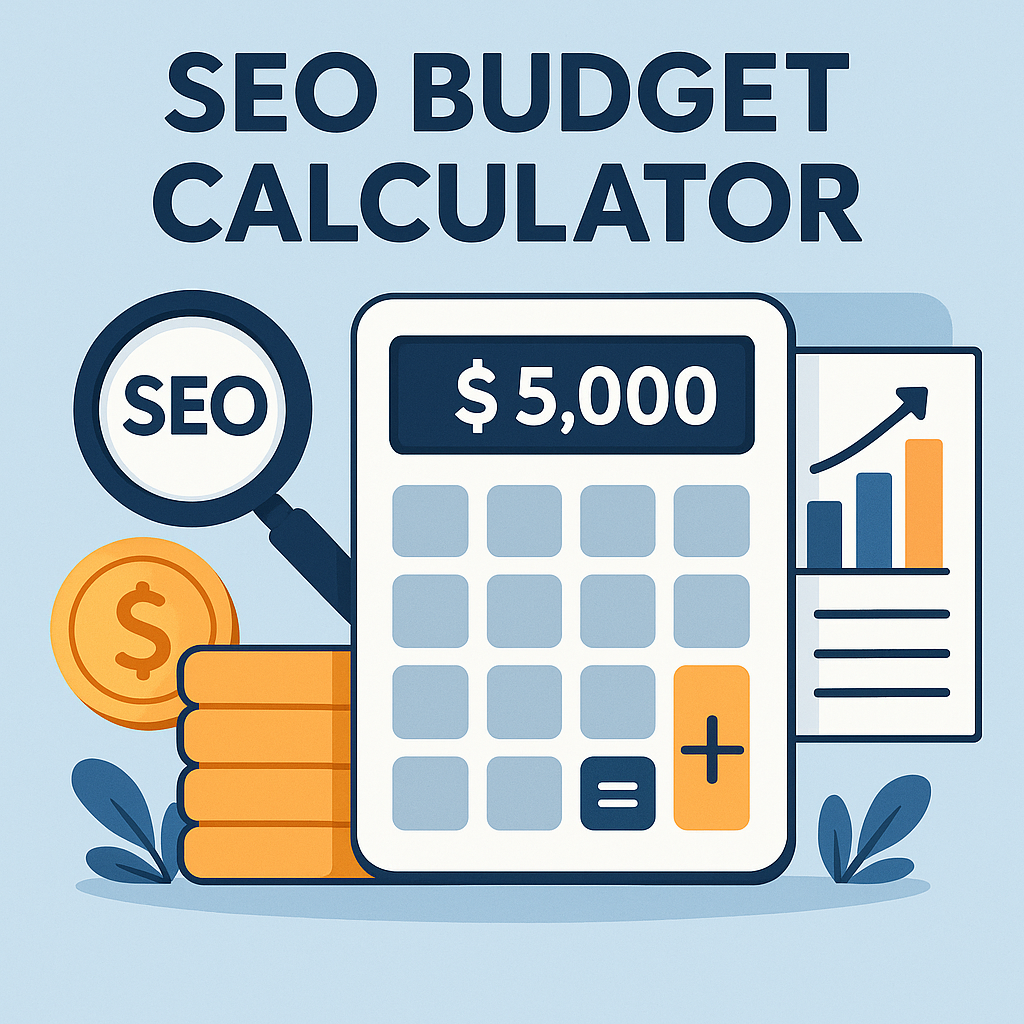
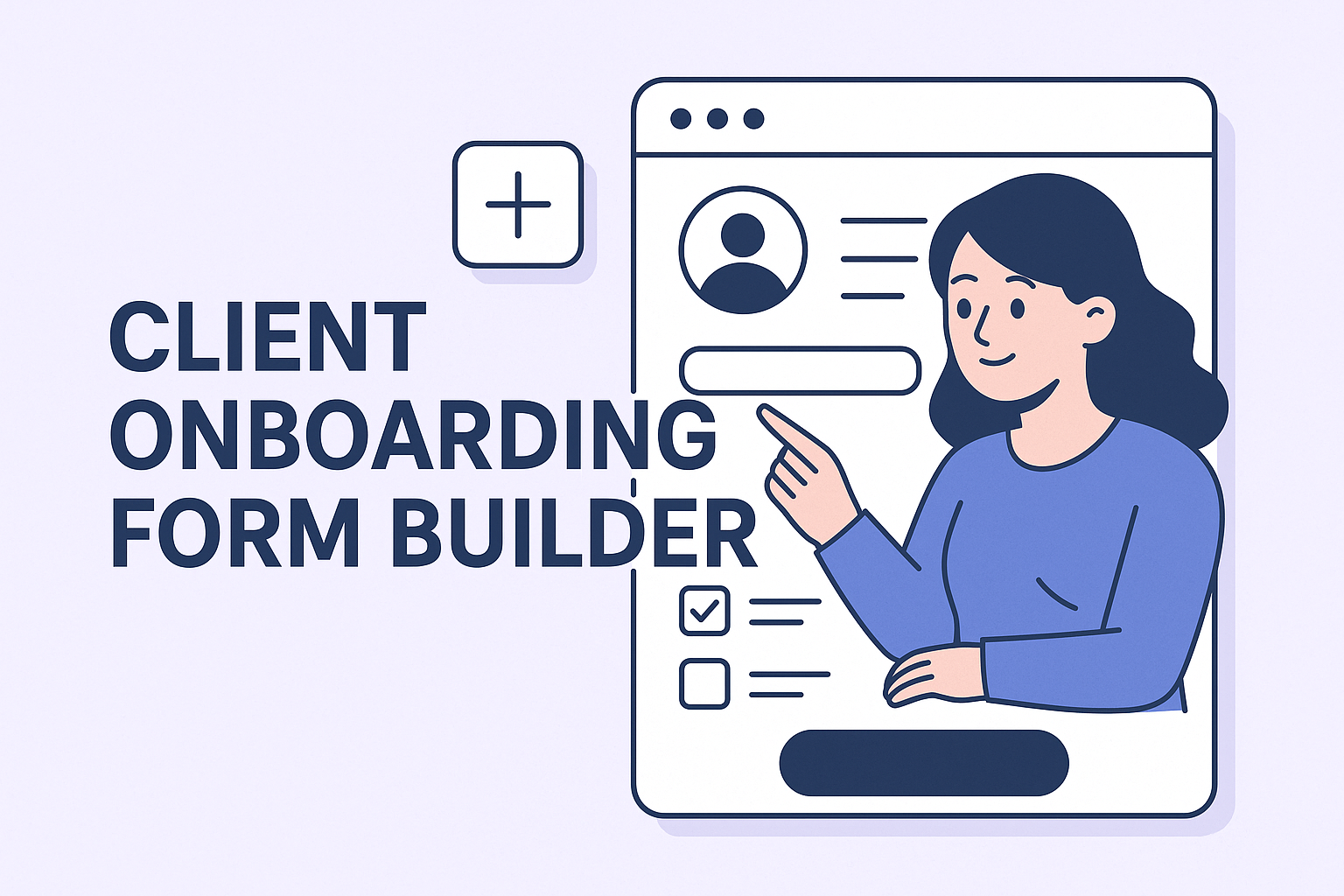
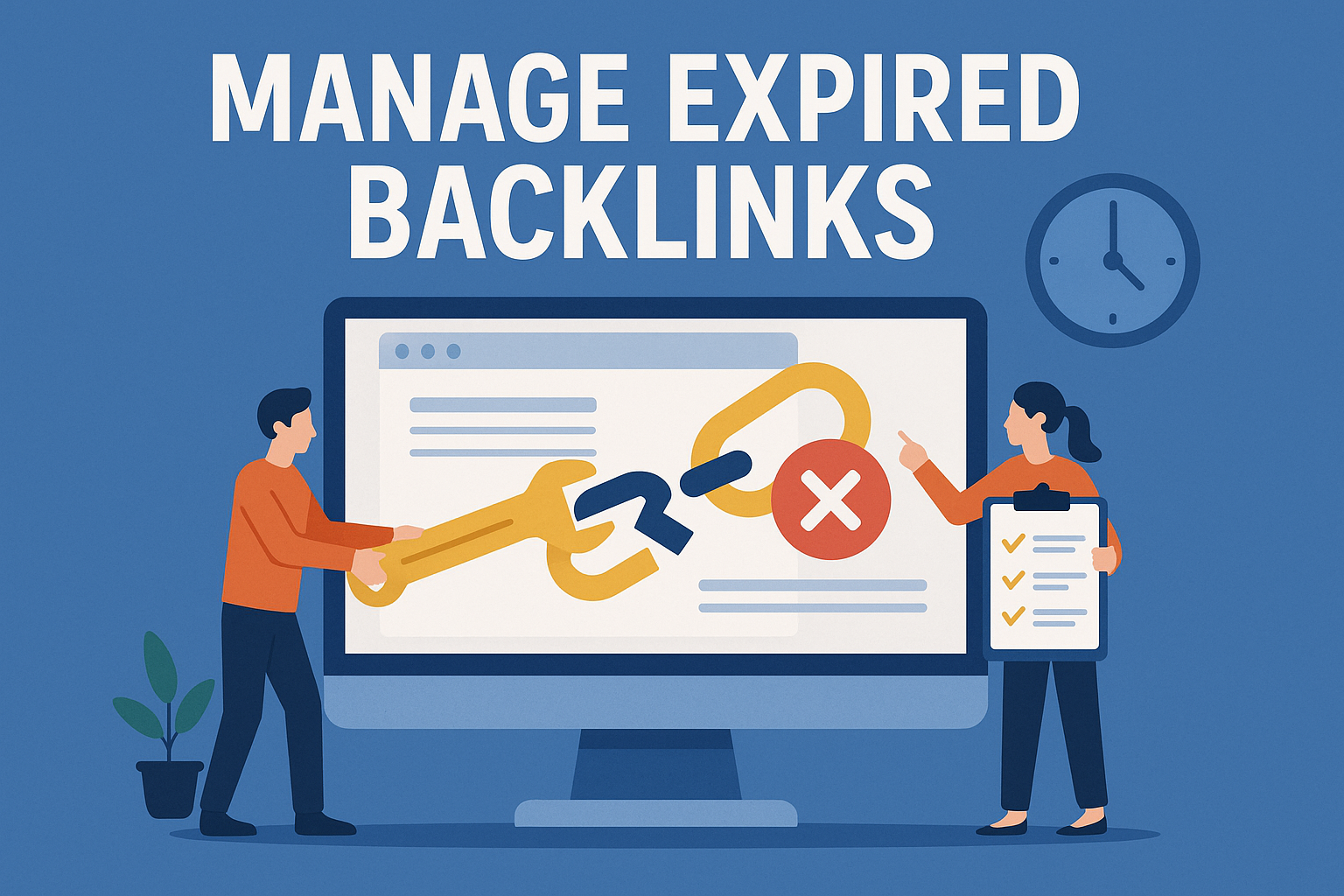
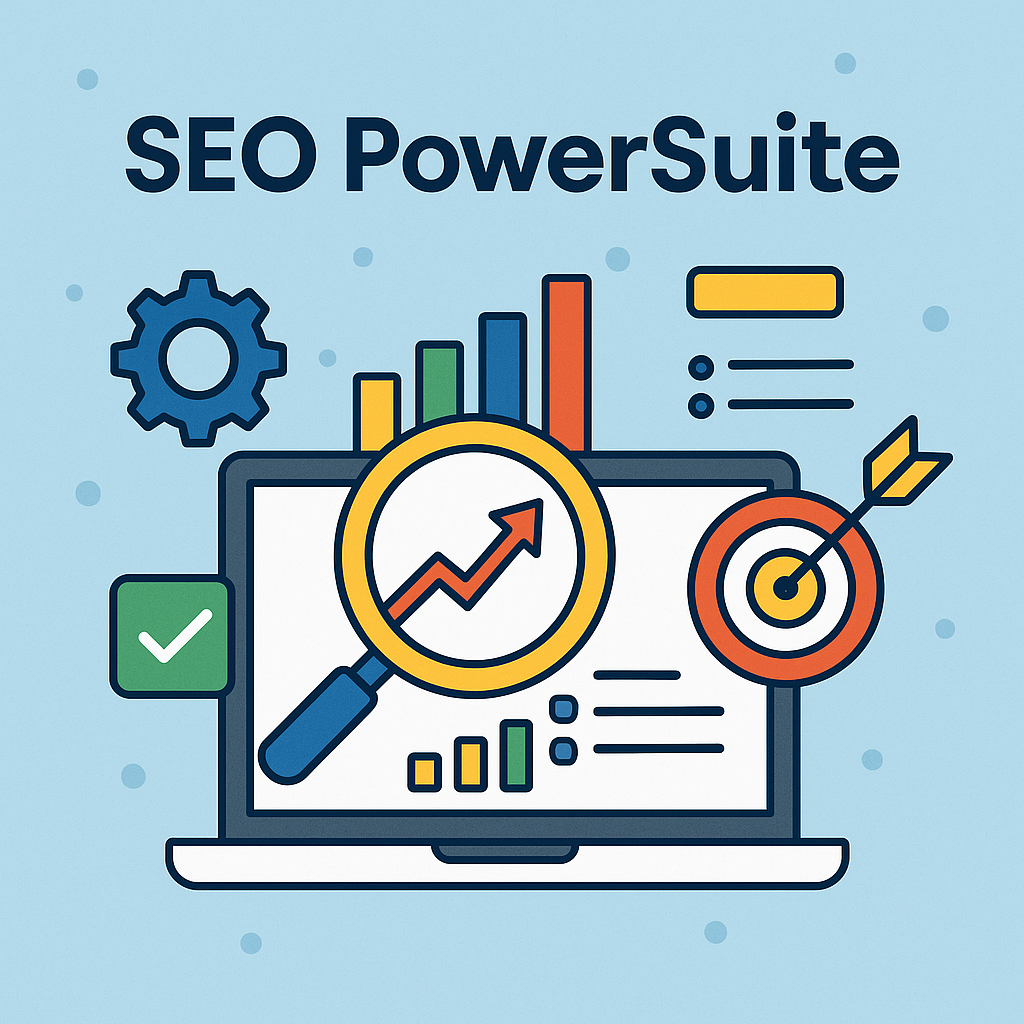
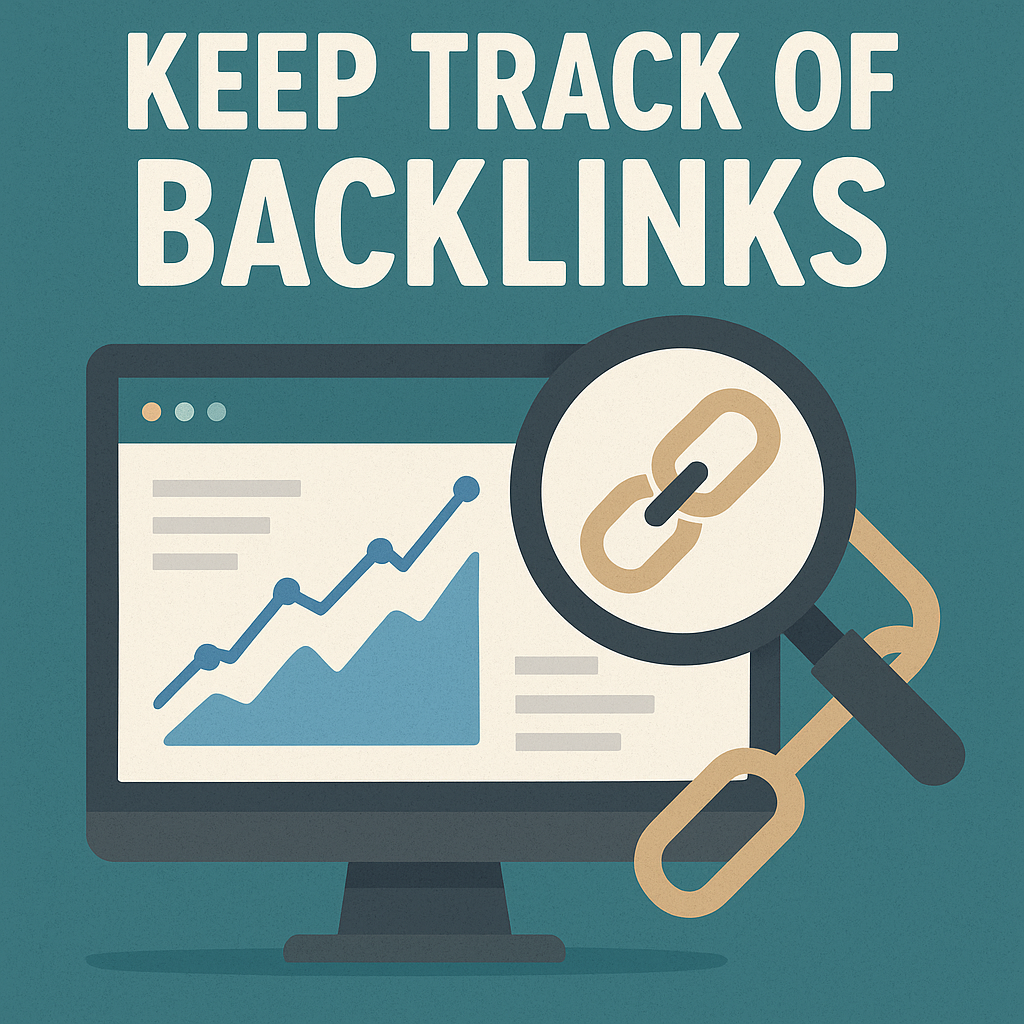
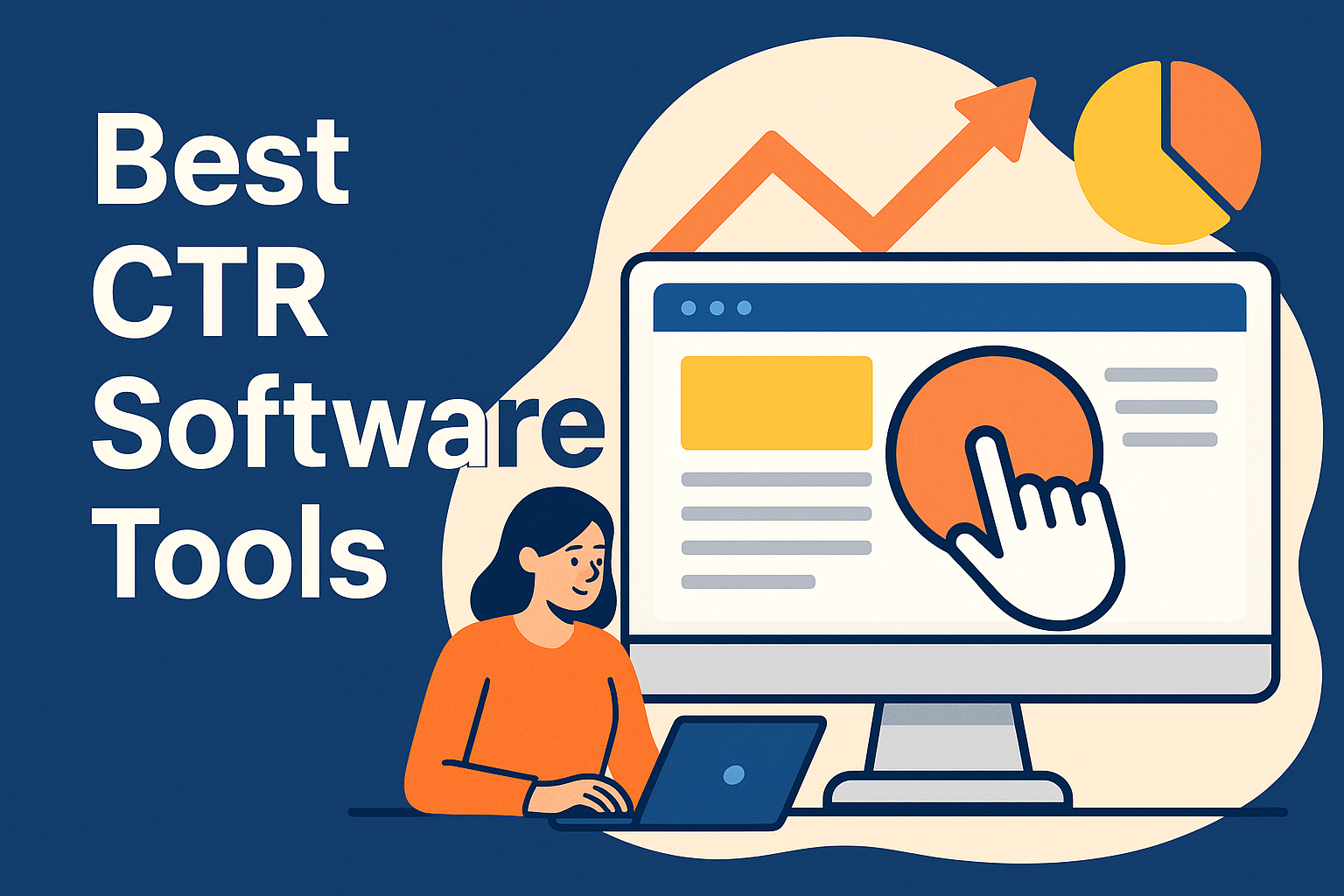
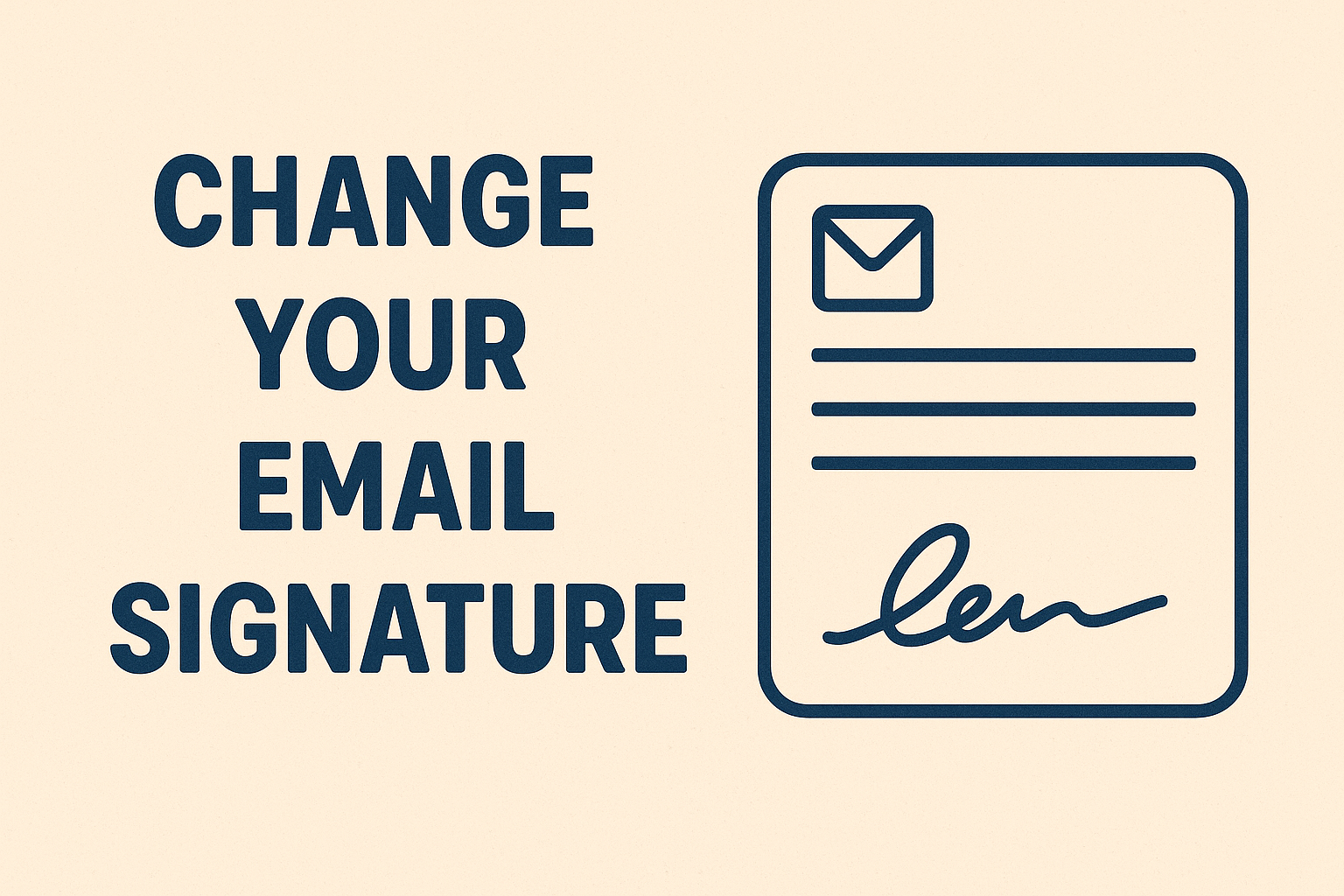
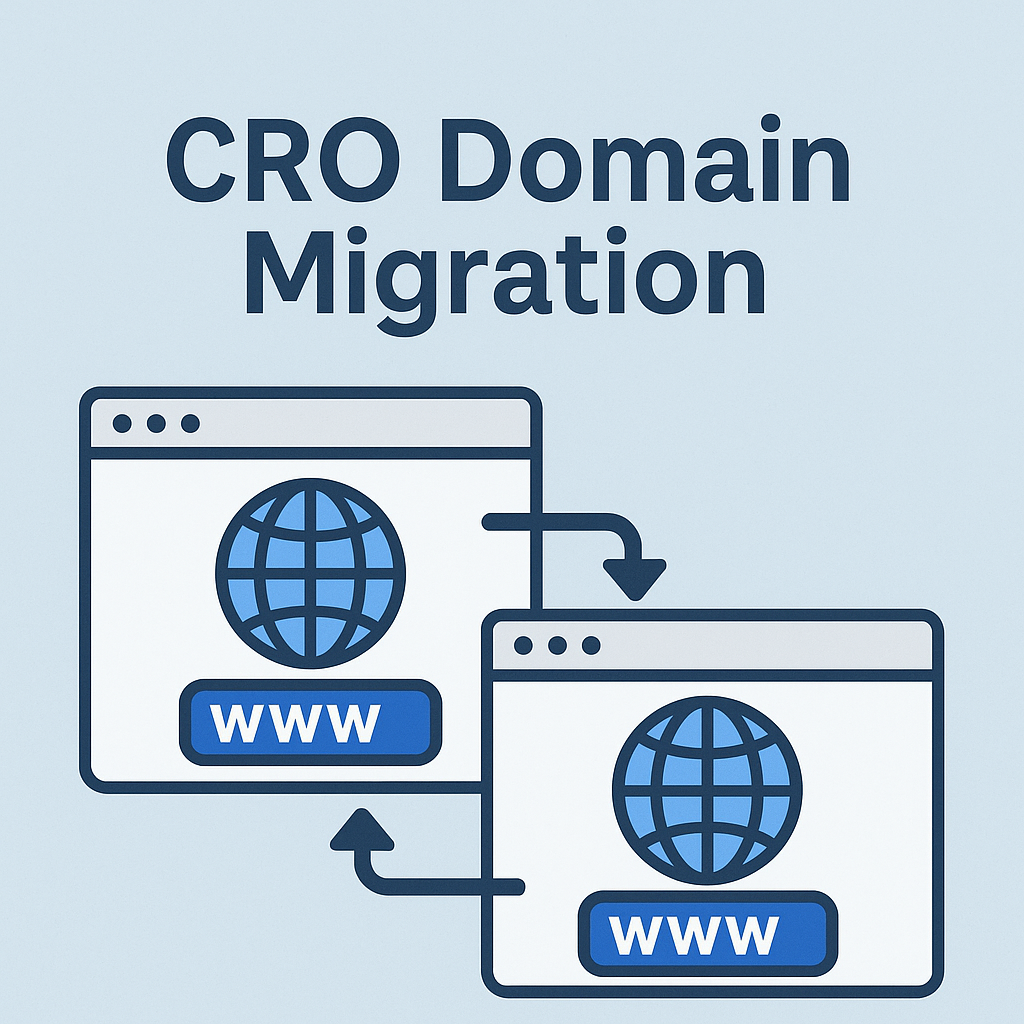
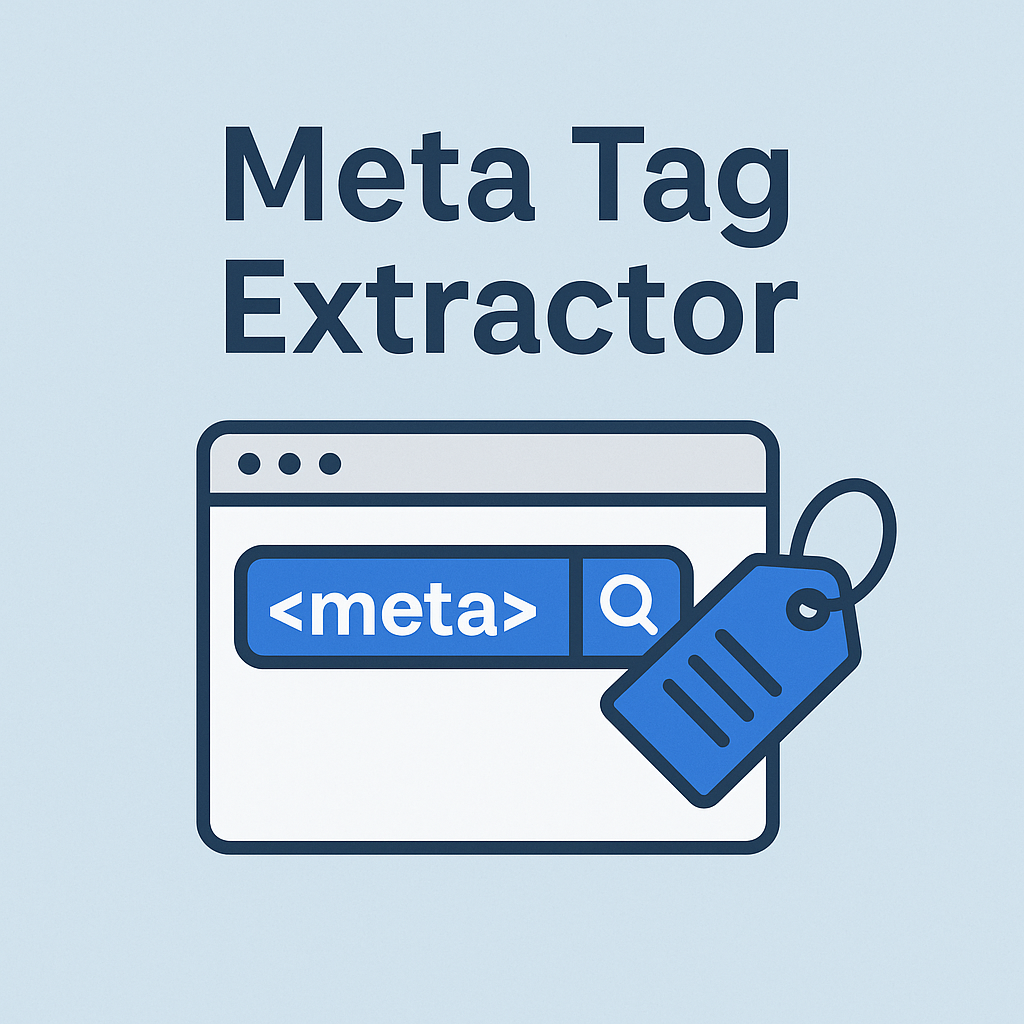
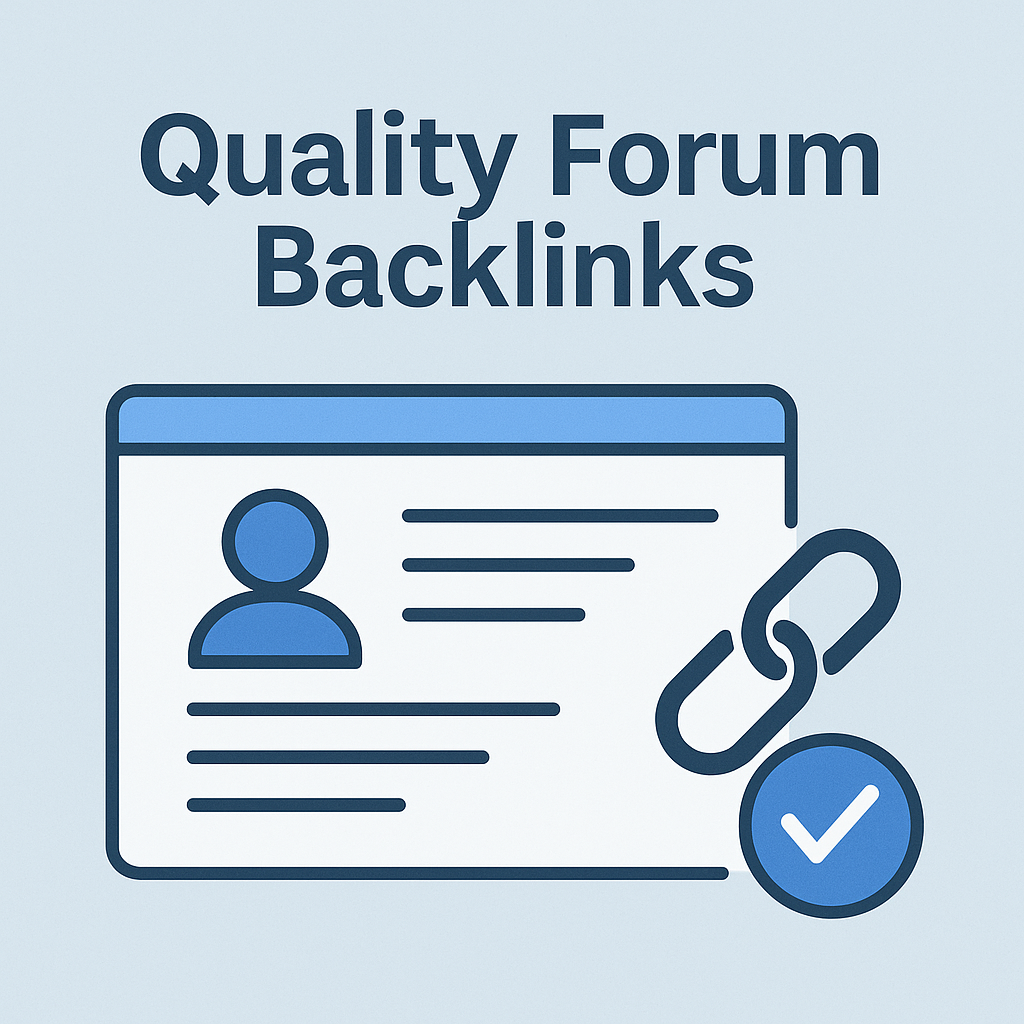
![Best Link Exchange Sites [Free & Safe] – Top 5 Picks](https://backlinkmanagement.io/wp-content/uploads/2025/04/Free-Link-Exchange.png)

